Plant Descriptions – Zanthoxylum brachyacanthum – Zoysia macrantha
Zanthoxylum brachyacanthum
Zeuxine oblonga
Zieria aborescens subsp. arborescens
Zieria compacta
Zieria furfuracea
Zieria laevigata
Zieria laxiflora
Zieria minutiflora
Zieria pilosa
Zieria prostrata
Zieria smithii
Zieria southwellii
Ziziphus oenopolia
Zornia dyctiocarpa
Zornia floribunda
Zornia muriculata
Zoysia macrantha
Zanthoxylum brachyacanthum
Classification
Unranked: Eudicots
Unranked: Rosids
Order: Sapindales
Family: Rutaceae
Subfamily: Rutoideae
Genus: From Xanthos, which is Ancient Greek for yellow and Xylon which is Ancient Greek for wood. It refers to woods, which are pale yellow in colour.
Specie: From Brachus, which is Ancient Greek for short and Kanthios, which is Ancient Greek for a spine. It refers to spines on the trunk which are short and stout.
Common Name: Thorny Yellow Wood or Satinwood.
Distribution:
Zanthoxylum brachyacanthumis found in several disjunct populations on and east of the Great Dividing Range. It occurs south from the Smithfield Conservation Park north west of Cairns in Queensland to the Orara River and Bucca Bucca Creek north-west of Coffs Harbour in northern New South Wales.
https://avh.ala.org.au/occurrences/search?taxa=Zanthoxylum+brachyacanthum#tab_mapView
Habitat Aspect Climate:
Zanthoxylum brachyacanthum prefer light dappled shade to full sun. It grows on dry and moist warm subtropical, cool tropical rainforests or gallery forests on slopes, hills and gullies. The altitude ranges from 18 meters ASL to 750 meters ASL.The temperatures range from minus 2 degree in July to 40 degrees in January.The rainfall ranges from lows of 900mm to an average of 2800mm annually.
Soil Requirements:
Zanthoxylum brachyacanthum prefer to grow on better quality, deep loams to medium clays. The soils are derived from decomposed brown, black basalts or metamorphic rocks. The soils pH varies from 5pH to 6pH. It does not tolerate waterlogged soils. Non saline soils to moderately saline soils are tolerated.
Height & Spread:
Wild Plants: 15m to 20m by 5m to 8m.
Characteristics:
Zanthoxylum brachyacanthum grows as a medium tree with grey to mid grey-brown trunk that is covered in hard, pungent, conical prickles. They are more prominent on juvenile trees and are larger and stouter on mature trunks and branches. The branchlets are densely covered in fine the prickles.
Zanthoxylum brachyacanthum’s alternate, pinnate even leaves measure 100mm to 400mm in length. The 6 to 18 opposite leaflets are lanceolate, oblong-elliptical or rarely oblong measure 25mm to 100mm in length by 10mm to 50mm in width. The petioles measure 50mm to 150mm in length while the petiolules measure 2mm to 8mm in length. The bases are symmetrical to slightly asymmetrical, broadly cuneate to cuneate-rounded while the apexes are acuminate to bluntly acuminate. The discolourous laminas are grass-green to deep sea green and glabrous on the upper lamina while the lower lamina is slightly paler. The margins are entire or widely and shallowly crenate with an oil gland at each indentation. They curve slightly upwards. The midvein is prominent on the lower lamina and distinctly visible from above being paler in colour.
The inflorescences of Zanthoxylum brachyacanthum are born on dioeciously terminal panicles which measure 50mm to 80mm in length. The peduncles measure 3mm to 4mm in length. The 4 pale yellow-green sepals measure 1mm to 2mm in length. The 4 petals are pale yellow-green or pale pinkish-red externally and are white to pale yellow internally. The petals measure 3.5mm to 5mm in length.
The 4 stamens on the male flowers measure 5mm to 6mm in length. The 4 pale yellow staminodes on the female flowers measure 0.5mm to 0.8mm in length.
The swollen, lime green, urceolate style measures 1.5mm to 1.8mm in length. The stigma is red to burgundy-red in colour.
Zanthoxylum brachyacanthum flowers appear from late September to late November.Zanthoxylum brachyacanthum’s fruit is an obovoid to cocci capsule. The capsules measure 7mm to 10mm in length by 5mm to 8mm in diameter. The capsules are tuberculate and turn red on ripening. The single, ovoid, glossy, black seed measures 6mm in diameter.
Wildlife:
Zanthoxylum brachyacanthum is the host plant for the citrus orchard butterfly (Papilio Aegeus).
It is not known to the author whether the plants leaves, pericarps, seeds or sap are edible or not. It is closely related to the Chinese Sichuan Pepper and being a member of the Rubiaceae family indicates that it would not be toxic and in fact may have long term health benefits.
According to Cabi “The plants leaves contain the following essential oils: a-pinene (46mm) Bet-caryophyllene eux (14mm) and bicyclogermacrene (12.5mm) These oils, essential oils would indicate that the plants could offer a strong native flavouring in cooking and preserving spicy foods. I have not ventured into its uses but can envisage kangaroo laced with the leaves seed husks or flowers for an exquisite entrée or main course. http://www.cabi.org
The following data is in part from Yeung Him-Che’s handbook of “Chinese Herbs and Formulas.” This is excellent reading for informed uses of Herbs and their uses. It refers to the Sichuan Pepper, Zanthoxylum simulans.
It is astringent, diaphoretic and emmenagogue. The pericarp is anaesthetic, diuretic, parasiticide and vasodilator. It is used in the treatment of gastralgia and dyspepsia due to cold with vomiting, diarrhoea, abdominal pain, ascariasis and dermal diseases. It has a local anaesthetic action and has been used locally on toothaches.
It is a parasiticide at least against the pork tapeworm which is probably the real reason why Chinese initially used a lot of it when cooking traditional Pork dishes.
The pericarp contains geraniol. In small doses this has a mild diuretic action, though large doses will inhibit the excretion of urine. There is a persistent increase in peristalsis at low concentration, but inhibition at high concentration.
The leaves are carminative, stimulant and sudorific. The fruit is carminative, diuretic, stimulant, stomachic and tonic. The seed has antiphlogistic and diuretic. The resin contained in the bark, and especially in that of the roots, is powerfully stimulant and tonic for the blood system.
Cultivation:
Zanthoxylum brachyacanthum is an unusual ornamental small tree that should be grown in association with other rainforest specie or as a small feature tree in small gardens. It is ideal at the edge of a rainforest gardens or deep in the center of the rainforest. It would also make a great park trees offering quick growth, and good shade.
In cultivation it will grow from 8 meters to 10 meters in height by 6 meters to 8 meters in diameter when grown in the open or taller and narrower if grown closer together as a rainforest tree.Because the tree develops large prickles it should be planted back from paths and when used as feature tree is best where it will not be grabbed easily.
It grows exceptionally well on light clays with copious amounts of leaf litter to keep the soil cool and moist at all times. If these requirements are met it can cope with temperatures as low as minus 5 degrees and up to 36 degrees. It is moderately drought resistant.
Add to the above, if it is given an adequate supply of water and a little native fertilizer on a regular basis the plants should respond with good flowering and fruit over a long period.
It often reaches its full potential in just 4 to 5 years and flower from the fifth year from seed.
This tree could be used as a bonsai plant as I have seen some trees in the forest that have grown in some very difficult conditions and have taken on some weird shapes.
Propagation:
Seeds:
Seeds of Zanthoxylum brachyacanthum can be removed easily from the follicles.
Sow fresh seeds directly into a seed raising mix, keeping them moist not wet. Do not over water as the seeds will rot off before germination takes place. Place the trays in a cool shaded area with 50mm shade cloth in the bush house. Germination is rather erratic.
When the seedlings are 20 to 25 mm tall, prick them out and plant them into 50mm native tubes using a good organic mix.
As the seedlings roots reach the bottom of the tubes plant them out into their permanent position. Do not delay.
Fertilize using Seaweed, fish emulsion or organic chicken pellets soaked in water and apply the liquid on an alternate basis. Fertilize every 2 months until the plants are well established then on an annual basis in September or March to maintain better health, vitality and flowering.
Further Comments from Readers:
“Hi reader, it seems you use The Bible of Botany a lot. That’s great as we have great pleasure in bringing it to you! It’s a little awkward for us to ask, but our first aim is to purchase land approximately 1,600 hectares to link several parcels of N.P. into one at The Pinnacles NSW Australia, but we need your help. We’re not salespeople. We’re amateur botanists who have dedicated over 30 years to saving the environment in a practical way. We depend on donations to reach our goal. If you donate just $5, the price of your coffee this Sunday, We can help to keep the planet alive in a real way and continue to bring you regular updates and features on Australian plants all in one Botanical Bible. Any support is greatly appreciated. Thank you.”
In the spirit of reconciliation we acknowledge the Bundjalung, Gumbaynggirr and Yaegl and all aboriginal nations throughout Australia and their connections to land, sea and community. We pay our respect to their Elders past, present and future for the pleasures we have gained.
Zeuxine oblonga
Classification
Unranked: Monocots
Order: Asparagales
Family: Orcidaceae
Subfamily: Orchidoideae
Tribe: Cranichideae
Sub Tribe: Goodyerinae
Genus: From Zeuxis, which is Ancient Greek for united. It refers to the partial unification of the labellum’s lip to the column.
Specie: From Oblongitia, which is Latin for an ovate shape. It refers to a leaves, which are several times longer than it is wide where the blades on either side of the midvein are equal in all aspects.
Common Name: Common Jewel Orchid.
Distribution: Zeuxine oblonga is found in 2 disjunct populations along the east coast, mainly on and east of the Great Dividing Range south from the Iron Range National Park on Cape York Peninsula to Mackay in north eastern coastal Queensland.
It is also found south from Fraser Island in southern Queensland to Iluka in north eastern New South Wales with a disjunct population further south near Kempsey.
There is also an isolated population near Croydon in the gulf Country of northern Queensland.
In the Northern Territory it is found from Murrenja Hill to the South Alligator Creek and from near the Keep River to Flying Fox springs in the Keep River National park.
It is also found in Afghanistan, Andaman Island, Angola, Assam, Bangladesh, Benin, Bismarck Archipelago, Borneo, Botswana, Cambodia, Cameroon, Caroline Island, Central African Repu, China South-Central, China Southeast, Christmas Island, Congo, East Himalaya, Equatorial Guinea, Ethiopia, Fiji, Gabon, Ghana, Guinea, Gulf of Guinea Island, Hainan, India, Iran, Ivory Coast, Japan, Jawa, Kazan-retto, Kenya, Kwa Zulu-Natal, Laos, Lesser Sunda Island, Liberia, Madagascar, Malawi, Malaya, Maluku, Marianas, Myanmar, Nansei-shoto, Nepal, New Caledonia, New Guinea, Nigeria, Niue, Pakistan, Philippines, Samoa, Sierra Leone, Solomon Islands, Sri Lanka, Sulawesi, Sumatera, Tadzhikistan, Taiwan, Tanzania, Thailand, Tibet, Tonga, Turkmenistan, Uganda, Uzbekistan, Vanuatu, Vietnam, West Himalaya, Zambia, Zaïre and Zimbabwe.
https://avh.ala.org.au/occurrences/search?taxa=Zehneria+cunninghamii#tab_mapView
Habitat/Aspect / Climate:
Zeuxine oblonga prefers dense shade to medium shade. It grows on the wet forest floors, shallow depressions and swampy marshes in warm subtropical, littoral rainforests, cool tropical rainforests or monsoonal rain forests. The altitude ranges from 5 meters ASL to 1000 meters ASL in the north and from 5 meters ASL to 20 meters ASL in the south.The temperatures range from 2 degrees in July to 36 degrees in January.The rainfall ranges from lows of 770mm to 2800mm average per annum.
Soil Requirements:
Zeuxine oblonga usually prefers to grow on better quality, deep loams to medium clays. The soils are derived from decomposed brown, black basalts or metamorphic rocks. The soils pH varies from 5pH to 6pH. It does not tolerate waterlogged soils. Non saline soils to moderately saline soils are tolerated.
Height & Spread:Wild Plants: 0.1m to 0.35m by 0.1m.
Characteristics:
Zeuxine oblonga grows as a small terrestrial herb with long white rhizome. The rhizome measures 20mm to 60mm in length by 2mm to 4mm in diameter.
The 3 to 7 alternate leaves of Zeuxine oblonga are often on the apical section of the scape. The ovate to broad elliptical, fleshy leaves measure 30mm to 80mm in length by 12mm to 30mm in width. The sessile leaves bases are sheathing while the apexes are acute. The sheaths measure 15mm to 30mm in length and are sparsely to moderately covered in long white pilose hairs. The discolourous laminas are mid grass-green to deep olive-green, semi glossy and moderately covered in very short, soft, white canescent hairs on the upper lamina while the lower laminas are paler and densely covered in very short, soft, white canescent hairs. The laminas decurve downwards from the midvein to the margins and decurve from the base to the apex. The margins are entire and undulate.
The inflorescences of Zeuxine oblonga are scapes born from the rhizome. The deep purple scapes are fleshy, brittle and moderately to densely covered in long, soft, white pilose and hirsute hairs. The scapes measure 100mm to 300mm in height while the spikes measures 20mm to 70mm in length. The petioles measure 5.5mm to 8mm in length including the 4mm to 6mm long by 1.5mm to 2mm wide ovary. The flattened tubular flowers never fully open. The 3 to 30 crowded, individual flowers are resupinate, porrect and measure 4mm to 6mm in length by 3 mm to 4mm in width. The papery floral bract is off white and clasping with a long acute apex.
The dull olive-green and white dorsal sepal has pinkish margins and is covered in long, soft, white pilose and hirsute hairs externally and is glabrous internally. The porrect hooded dorsal sepal measures 4mm to 4.5mm in length by 2mm to 2.5mm in width.
The free dull olive-green and white dorsal sepal has pinkish margins and is covered in long, soft, white pilose and hirsute hairs externally and is glabrous internally. The divergent lateral sepals measure 3mm to 3.5mm in length by 1.5mm to 1.8mm in width.
The oblong, white lateral petals are enclosed by the dorsal sepal and measure 3.5mm to 4mm in length by 1.5mm to 1.8mm in width.
The labellum measures 4mm to 5.5mm in length by 3.5mm to 4mm in width. The labellum is white externally and has a deep yellow throat internally while the apex divides into 2 broad oblong spreading wing like lobes. The lobes margins are entire entire and undulate. The base has 2 white linear to reniform calli while the column is erect and stout. The column measures 1mm to 1.2mm in height while the column foot is absent.
Zeuxine oblonga’s fruits are erect, angulated, fusiform capsules. The mid olive-green to deep olive-green capsules have 4 linear prominent longitudinal ridges. The capsules are moderately covered in soft, long white hirsute hairs and fine tuberculate lumps. The capsules dehisce longitudinally with the 4 sides and 4 ridges separating in the middle but remain joined at the base and apex.
Wildlife: Zeuxine oblonga’s wildlife is unknown to the author.
Cultivation:
Zeuxine oblonga is an interesting orchid for cultivation yet it appears that it has not found its way into horticulture to date. Its requirements are simple dark, humid positions that are wet during the growing season with a sharp coarse sandy fertile mix.
If you are fortunate enough to have it growing naturally it is best to leave it where it is and place a small fence or border of rocks or logs around it to protect it.
Propagation:
Seeds: All orchids that are declared rare, vulnerable or endangered are protected by Federal and State Laws and must not be removed from the wild unless you are a land developer, mining company or main Roads department etc. This includes bulbs, roots, leaves and flowers. No part of any plant can be removed from Federal, State or Local Government land without the prior permission of the authority and this includes the spore.
1. Obtain relevant materials.
The first step in growing orchid from seed will be sourcing and having at the ready all materials that will be required in the propagation process.
This includes all of the following:
Unripe orchid seed capsule. If there are 2 capsules secure the second capsule immediately after the first capsule splits or if only one capsule as soon as it changes colour.
Orchid gelling medium with agar which can be purchased from an orchid society or a specialist nursery.
Distilled water
Cooking pot
Spoon
Oven-safe glass or polypropylene containers with lids
Sealable bags
Clean, sterilized cutting board
Rubber glovesPaper towels
Tweezers or forceps70 percent ethanol
Bleach
Scalpel or sharp knife
Planting pot
Orchid compost
Length of wire metal
Plastic spray bottle
Deep petri dishes or sterile jars.
2. Prepare agar medium.The agar medium is a special orchid gelling mixture that distilled water will be added to distilled water.
To prepare the medium, mix equal parts of orchid gelling medium with distilled water in a cooking pot.
Place the pot on a stove and bring the mixture to boil for while stirring continuously for two minutes.
Pour the mixture into the petri dishes glass or propylene containers while ensuring not to fill the containers above 20 percent of their volume.
Loosely replace the lids to the containers. Sterilize the containers by heating them up in a microwave oven for between 2 to 3 minutes.
Spray 70 percent ethanol into a sealable bag to create a sterile environment. Transfer the heated containers into the sealable bag.
Allow the containers to cool a bit before tightening their lids and then sealing the bag.
Leave the containers to stand for a few days until the mixture solidifies.
3. Prepare seed capsule and work surface,
Place an open pot of water on a stove and bring to boil,
Place the cutting board in the oven and sterilize,
Put on rubber gloves and sterilize the forceps, and scalpel with 70 percent ethanol,
Insert the seed capsule into a bowel filled with bleach for about fifteen minutes,
Sterilize seed capsule again with 70 percent ethanol and place on grill.
Using the sterilized scalpel, cut open the seed capsule to reveal the seeds,
Using a scalpel or sharp knife, scrape out the seeds from the capsule unto an ethanol soaked paper towel.
4. Flasking of the seed
Take out the petri dishes or glass jars containers holding the agar medium,
Over the steam, open up the containers and transfer seeds from the ethanol soaked paper towel into the individual containers using the sterilized forceps,
The amount of seeds will determine the number of containers required,
Replace the lid of the containers and place them on a window sill that receives indirect sunlight.
5. Wait and exercise patience.
All that can be done at this point is to wait until the seeds germinate,
The amount of time that this might take varies and is dependent on the particular species,Generally, the time can range from a few months to a few years.
During this period of waiting, ensure the containers are free from contamination to ensure that germination is not disrupted.
6. Emergence of protocorms,
Protocorms are tuber-shaped bodies with rhizoids that are produced by the young seedlings of various orchids, Protocorms represent the embryonic form of the orchid plant,
Their emergence after the period of waiting at an affirmation that everything in the propagation process is on track.
7. Transflask orchid seedlings is done after they have developed roots,
Upon the emergence of the protocorms, consistently observe the growth of the seedlings. At the point when the seedlings appear to overcrowd the flask, transflasking should be carried out, typically within 30 and 60 days.
* This is done by removing individual seedlings using sterilized tweezers from the original containers and placing them in new containers also filled, in a proportion similar to the original, with agar medium. 6 to 8 in a standard petri dish or 1 or 2 to a test tube
8. Transplant seedlings into planting pots.
On the presumption that there are no disruptions to the plant growth, the seedlings will eventually outgrow the containers,
At this point, they can be transplanted into planting pots.
A good rule of thumb to determine when they are ready to be transplanted is when the seedlings have developed roots that have grown up to the length of one-quarter of an inch,
To transplant, prepare a planting pot or other container for receiving the seedling by majorly filling it up with coarse fir bark and possibly some slightly moist orchid compost mixture containing perlite, fine charcoal, redwood bark shavings, etc.
To extract the seedlings, submerge the containers in warm water to help loosen the agar gel,Once the agar medium is softened, twist a piece of metal to form a loop and in turn, use it to carefully pull out the seedlings from the container. It is best done if the agar and seedling can be removed together,
The seedlings can be further rinsed in lukewarm water to remove any excess agar mixture still stuck to them,Following this, the seedlings can now be planted into the prepared pot with at least 50mm of space between each individual seedling.
9. Positioning the orchid.
The seedling once fully transplanted should be placed in a location that is warm with good indirect sun light,
Slowly position the pots into an area that closely assimilates the conditions they will be growing under,
The choice as to whether the plant should be exposed to full sun or in direct sunlight will be dependent on the particular orchid specie.
10. Subsequent care of the plants.
After the first week, the seedling can be misted several times a day and watered just once a week,
A guide in watering the plant will be using the dryness of the fir back that is, water the plant until the fir back is completely moistened and wait till it has completely dried out before watering again,
Do not fertilize until the seedlings have fully established themselves.
Further Comments from Readers:
“Hi reader, it seems you use The Bible of Botany a lot. That’s great as we have great pleasure in bringing it to you! It’s a little awkward for us to ask, but our first aim is to purchase land approximately 1,600 hectares to link several parcels of N.P. into one at The Pinnacles NSW Australia, but we need your help. We’re not salespeople. We’re amateur botanists who have dedicated over 30 years to saving the environment in a practical way. We depend on donations to reach our goal. If you donate just $5, the price of your coffee this Sunday, We can help to keep the planet alive in a real way and continue to bring you regular updates and features on Australian plants all in one Botanical Bible. Any support is greatly appreciated. Thank you.”
In the spirit of reconciliation we acknowledge the Bundjalung, Gumbaynggirr and Yaegl and all aboriginal nations throughout Australia and their connections to land, sea and community. We pay our respect to their Elders past, present and future for the pleasures we have gained.
Zieria arborescens
Classification
Unranked: Eudicots
Class: Rosids
Order: Sapindales
Family: Rutaceae
Genus: Is named in honour of John Zier; 17..-1793, who was a Polish botanist.
Specie: From Arborescent, which is Latin for a tree. It refers to plants, which are more tree like than other species in the genus.
Sub specie: Zieria arborescens subsp. arborescens. From Arborescent, which is Latin for a tree. It refers to plants, which are more tree like than other species in the genus.
Sub specie: Zieria arborescens subsp. deccurens. From Decurrent, which is Latin for a decurrent leaf. It refers to the base of the leaf stalk extending down the stem as two raised lines or wings.
Sub specie: Zieria arborescens subsp. glabrifolia.From Glabrum, which is Latin for glabrous or smooth and Folium, which is Latin foliage. It refers to leaves, which are hairless and very smooth.
Common Name: Stinkwood or Forest Zierra.
Distribution:
Zieria arborescens subsp. arborescens is found south from Lamington National Park in far south eastern Queensland to the Carlisle River and west to the Grampians in southern Victoria. It is mainly occurs on and east of the Great Dividing Range to the coast.It is also found on the Bass Strait Islands and most of mainland Tasmania.
Zieria arborescens subsp. deccurensis restricted to an area between Vincentia and east of Wreck Bay Village around Jervis Bay.
Zieria arborescens subsp. glabrifoliais restricted to an area South of Pozieres near Stanthorpe in south east Queensland to Bismuth Falls in far north eastern New South Wales with two disjunct populations, one further south in the Werrikimbe National Park and the other in southern Queensland in the Springbrook National Park.
https://avh.ala.org.au/occurrences/search?taxa=Zieria+arborescens#tab_mapView
Habitat:
Zieria arborescens prefers light dappled shade to full sun. It grows in moist, warm, sclerophyll forests, dry sclerophyll forests (Zieria arborescens subsp. deccurens) adjacent to moist, warm, and subtropical, moist, gallery forests on flats slopes, hills or gullies.
The altitude ranges from 30 meters ASL to 900 meters ASL.The temperatures range from minus 4 degree in July to 34 degrees in January.
The rainfall ranges from lows of 500mm to an average of 2100mm annually.
Soil Requirements:
Zieria arborescens prefers better quality, deep light clays to medium clays. The soils are derived from decomposed brown basalts, black basalts, shale, metamorphic rocks, granites or sandstones. The soils pH ranges from 5pH through to 6.5pH are preferred. It does not tolerate waterlogged soils. Non saline soils to moderately saline soils are tolerated.
Height & Spread:
Wild Plants: 2m to 10m by 1.5m to 7m.
Characteristics:
Zieria arborescens grows as a medium shrub to small tree with angulated stems. The tan to reddish-brown stems are glabrous, or sparsely to densely covered in white pulverulent and or hirsute and glandular hairs. They are more prominent on juvenile stems and new growth.
The opposite, trifoliate, narrow elliptical, oblong to lanceolate leaflets of Zieria arborescens measure 45mm to 100mm in length by 5mm to 15mm in width. The center leaflet is variable compared to the 2 lateral leaflets. The deep green to sea-green petioles measure 12mm to 30mm in length while the leaflets are sessile. The lateral leaflets are sessile while the center leaflet petiolule measures 2.5mm to 4mm in length. The bases taper to the petiole or petiolule while the apexes are acute. The discolourous laminas are deep green to sea-green and glabrous on the upper laminas while the lower laminas are paler and covered in off white hirsute and stellate hairs. The laminas recurve slightly upwards from the midvein then decurve downwards near the margins and decurve gently downwards on the apical half. The margins are entire. The midvein and pinnate lateral veins are prominent on the lower lamina and depressed on the upper lamina.
The inflorescences of Zieria arborescens are loose panicles born from the leaf axils. The panicles measure 30mm to 80mm in length. There are 10 to 30 flowers on the panicle. The 4 deep green to sea-green calyx lobes are triangular and are covered in off white tomentose or hirsute hairs externally and are glabrous internally. The lobes measure 1.3mm to 2.2mm in length. The 4 oblong white to pale pink petals are sparsely covered in short, soft, white canescent hairs externally and are glabrous internally. The petals apexes are broad obtuse with an apiculate tip and measure 3.5mm to 6.5mm in length by 2.5mm to 4mm in width.
The 4 alternate, white, filaments measure 1mm to 1.6mm in length. The short, flattened, oblong, abaxially, dorsifixed anthers have a truncate base and obtuse apex. The anthers measure 1mm to 1.5mm in length by 0.75mm to 1mm in width.The short pastel green, urceolate style measures 0.3mm to 0.5mm in length. The flowers appear from September to late December.
Zieria arborescens’s fruit is an obovoidal, glabrous 4 chambered cocci. The cocci are covered in minute oil glands and measure 3mm to 4.5mm in length by 1.5mm to 2.5mm in width. The green tuberculate cocci turn tan when ripe. The style is persistent at the apex of the ripe cocci.
Confusing Subspecie:
Zieria Zieria arborescens subsp. arborescens grows as a robust shrub or small tree to 10 meters in height. The younger stems are slightly ridged and are scurfy to sparsely to moderately covered in white pulverulent and short stellate hairs or rarely glabrous. The older branches are glabrous or at times are covered in small papillate lumps.
Zieria arborescens subsp. deccurens’s grows as a robust shrub to 3 meters in height. The stems are distinctly ridged particularly on the older sections and are not papillate. The new growth is moderately covered in white hirsute hairs with scattered stellate hairs which are denser between the ridges. The older branches are glabrous or rarely sparsely covered in hirsute in between the ridges.
Zieria arborescens subsp. glabrifolia’s grows as a robust shrub to 4 meters in height. The younger stems are glabrous.
Wildlife:
Zieria arborescens is the host plant for the citrus orchard butterfly Papilio aegeus.
The leaves have a very strong scent of aniseed crossed with citrus when crushed and can be used as an herb to flavor bland foods like potatoes, rice or even used in baking.
Cultivation:
Zieria arborescens is an unusual ornamental shrub that can be grown in association with other rainforest under story specie or as a small feature tree in small gardens. It is ideal at the edge of a rainforest garden or deep in the center of the rainforest. In cultivation it grows from 2.5 meter to 8 meters in height by 2 meters to 6 meters in diameter depending on which sub specie is grown in the open. It can be regularly tipped pruned in increase bushiness and overall vigor of the plant.
It grows exceptionally well on light clays and sandy loams with copious amounts of leaf litter to keep the soil cool and moist at all times. Add to the above, if it is given an adequate supply of water and a little native fertilizer on a regular basis the plants should respond with good flowering and fruit over a long period. If these requirements are met it can cope with temperatures as low as minus 5 degrees and up to 36 degrees. It is moderately drought resistant.
It often reaches its full potential in just 2 to 3 years and flower from the second year from seed.This shrub would be ideal around swimming pools or in court yards to break up hard lines. The leaves give off a faint citrus aroma when crushed and contain a natural lanoline which is soothing when rubbed into the hands or skin. It has also been reported to be a good insect repellant against mosquitoes. I have never had plants available when mosquitoes are present so cannot vouch for this but the aroma certainly would indicate it as a suitable source.
The plants have appeal when planted next to paths so you can brush your hands over the foliage to enjoy the released aroma.
Propagation:
Seeds: The seeds of Zieria arborescens can be removed easily from the ripe capsules. Place the seeds in the vegetable crisper of the refrigerator in a dry calico bag over winter and sow in the spring once the last frosts have subsided.
The seeds are erratic and may take weeks to several months for all the seeds to germinate.Sow freshly treated seeds directly into a seed raising mix, keeping them moist not wet. Do not over water as the seeds will rot off before germination takes place. Place the trays in a cool shaded area with 50mm shade cloth in the bush house.
When the seedlings are 20mm to 25mm tall, prick them out and plant them into 50mm native tubes using a good organic mix.As the seedlings roots reach the bottom of the tubes plant them out into their permanent position. Do not delay as some set back will occur until the new roots emerge.
Cuttings: Fortunately Zieria arborescens cuttings strike relatively easy. Use 100mm to 150mm long tip cuttings or lateral shoots from the present season’s growth. Take them in warmer months of the year. Remove half the leaves from the bottom section being careful not to tear the bark.
1 Prepare the cutting mix by adding two thirds sharp clean river sand, one third peat or one third perlite. These ingredients must be sterilized,
2 Select good material from non-diseased plants,
3 Select semi green stems for cuttings,
4 Place the cutting on a flat, hard surface, and make a clean cut down one side of the cutting at the base for 10mm with a sharp sterile knife or razor blade. – This scarification of the node will increase the chances of roots emerging from this spot. Now remove all but one or two the leaves, leaving the apex leaves intact. If the leaves are very large in proportion to the stem, cut off the apical halves.
5 Fill a saucer with water, and place a little medium strength rooting hormone into another container like a milk bottle top. Dip the node end of the cutting into the water and then into the rooting hormone. Tap off any excess hormone,
6 Use a small dipple stick or old pencil to poke a hole into the soilless potting mix. Ensure the hole is slightly larger than the stem diameter and be careful not to wipe the rooting hormone off the cuttings base. Place 2 to 4 cuttings in each of the 50mm native tubes,
7 I like to place the tubes in bucket with holes drilled in the bottom to allow excess water to drain out. A plastic bag that fits over the bucket is ideal to help maintain temperature and moisture. Place in a semi shaded, warm position like under 50mm shade cloth.
8 When the cuttings have struck, open the bag to allow air circulation for a few days to a week,
9 Once hardened off remove the cuttings from the bag and allow to further hardening for a few more days to a week,
10 Transplant into a good potting mix to grow on.Fertilize using seaweed, fish emulsion or organic chicken pellets soaked in water on an alternate basis.
Fertilize every two months until the plants are established then annually in early September or March to maintain health, vitality and better flowering.
Further Comments from Readers:
“Hi reader, it seems you use The Bible of Botany a lot. That’s great as we have great pleasure in bringing it to you! It’s a little awkward for us to ask, but our first aim is to purchase land approximately 1,600 hectares to link several parcels of N.P. into one at The Pinnacles NSW Australia, but we need your help. We’re not salespeople. We’re amateur botanists who have dedicated over 30 years to saving the environment in a practical way. We depend on donations to reach our goal. If you donate just $5, the price of your coffee this Sunday, We can help to keep the planet alive in a real way and continue to bring you regular updates and features on Australian plants all in one Botanical Bible. Any support is greatly appreciated. Thank you.”
In the spirit of reconciliation we acknowledge the Bundjalung, Gumbaynggirr and Yaegl and all aboriginal nations throughout Australia and their connections to land, sea and community. We pay our respect to their Elders past, present and future for the pleasures we have gained.
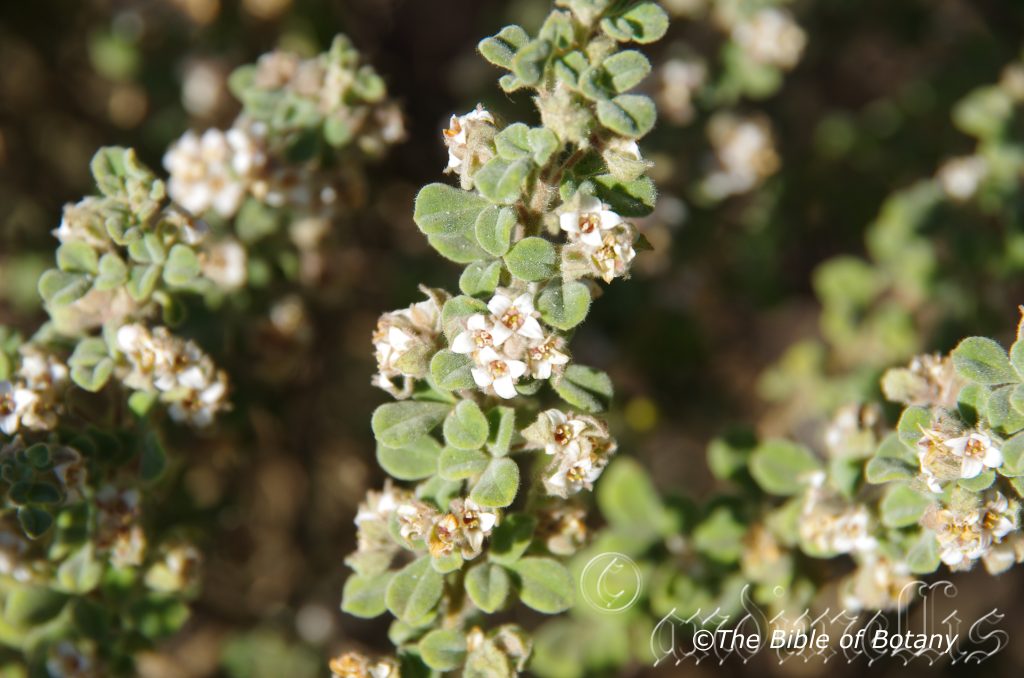
National Botanic Gardens ACT
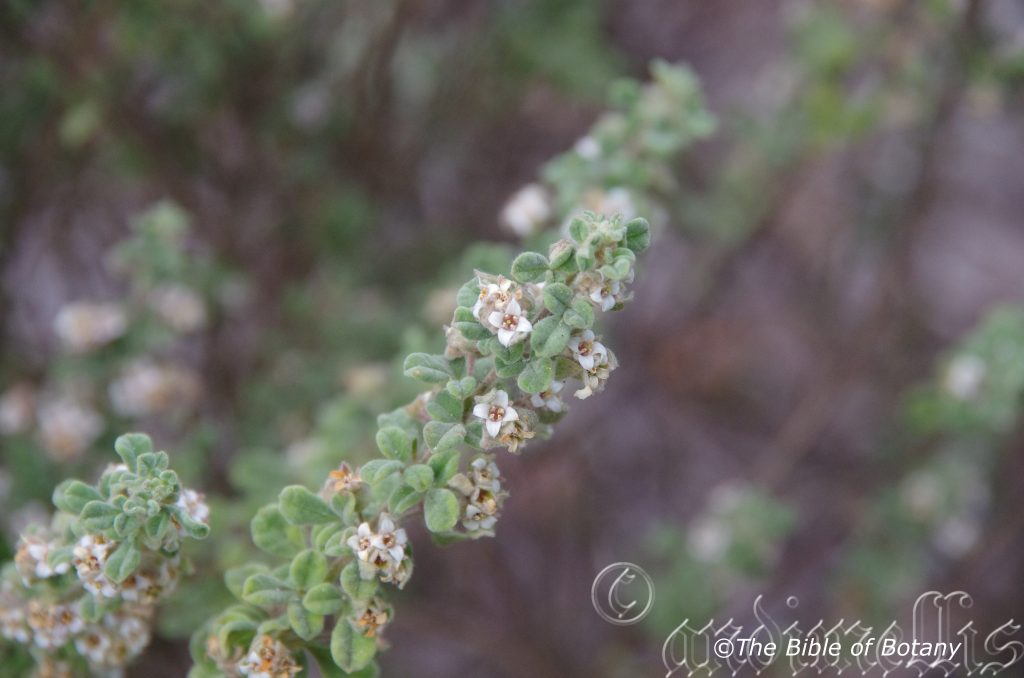
National Botanic Gardens ACT
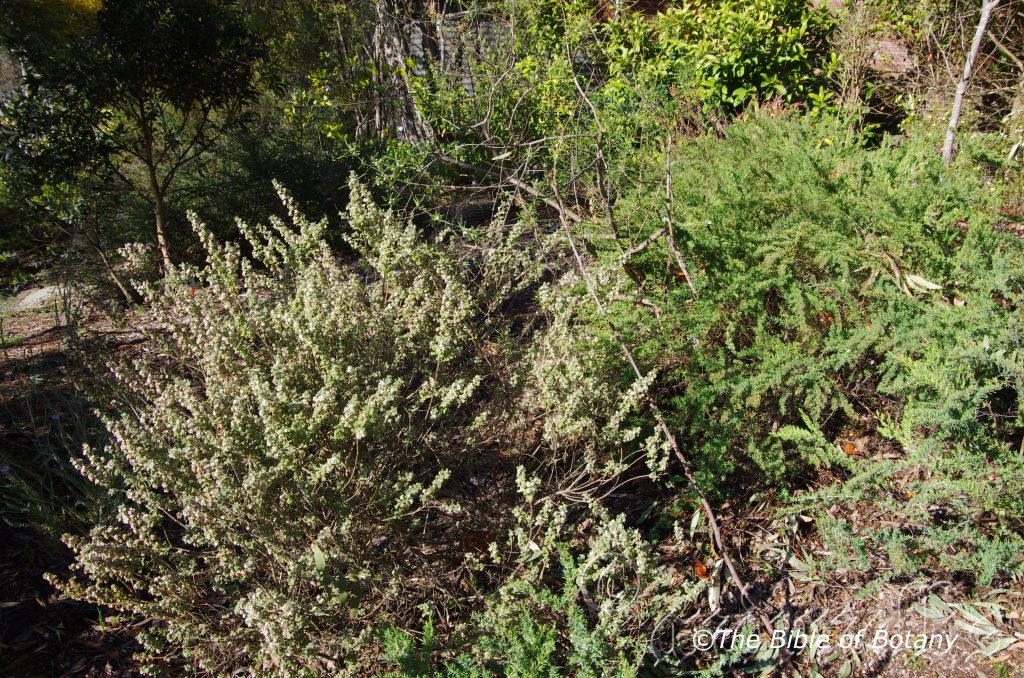
National Botanic Gardens ACT
Zieria baeuerlenii
Classification
Unranked: Eudicots
Class: Rosids
Order: Sapindales
Family: Rutaceae
Genus: Is named in honour of John Zier; 17..-1793, who was a Polish botanist.
Specie: Is named in honour of William Baeuerlen; 1840 – 1917, who was a German born Australian. His collections amount to many thousands of specimens, of which about 70 serve as Types for new species and infraspecific taxa.
Common Name:
Distribution:
Zieria baeuerlenii is restricted to a small area north of Bomaderri to Nowra with a small population further west on the upper reaches of the Shoalhaven River in south eastern New South Wales.
https://avh.ala.org.au/occurrences/search?taxa=Zieria+baeuerlenii#tab_mapView
Habitat Aspect Climate:
Zieria baeuerlenii prefers light dappled shade to full sun. It grows in Grows in dry sclerophyll forest and closed woodlands. The altitude ranges from 20 meters ASL to 120 meters ASL.The temperatures range from minus 3 degrees in July to 40 degrees in January.
The rainfall ranges from lows of 600mm to an average of 900mm annually.
Soil Requirements:
Zieria baeuerlenii prefers to grow on better quality, skeletal coarse sands or fine sands and amongst boulders. The soils are derived from decomposed sandstones. The soils pH ranges from 5pH through to 6pH are preferred where the water can drain freely. It does not tolerate waterlogged soils. Non saline soils to moderately saline soils are tolerated.
Height & Spread: Wild Plants: 0.5m to 0.8m by 0.5m to 0.8m.
Characteristics:
Zieria baeuerlenii’s grows as procumbent open shrub. The larger stems are mid grey and glabrous. The mid fawnish-green to deep fawnish-green stems are moderately covered in stellate hair short stellate hairs mixed with much longer tomentose hairs.
The alternate, trifoliate, leaflets of Zieria baeurlenii measure 6mm to 11.5mm in length by 4.5mm to 9mm in width. The center leaflet is obcordate, while the 2 lateral leaflets are oblong. The pale pinkish, terete petioles measure 1.5mm to 2.3mm in length. The central leaflet’s base tapers to the petiole, while the apex is emarginate to retuse. The lateral leaflets bases are truncate, while the apexes are obtuse with or without a mucronate tip. The concolourous, velvety laminas are pale bluish-green, are moderately covered in stellate hair short stellate hairs mixed with much longer white tomentose hairs. The laminas are recurved to revolute with entire margins and decurve downwards from the base to the apex. The margins are entire. The midvein is strongly prominent on the lower lamina, is moderately covered in off white hirsute hairs and is clearly visible from the upper lamina. The pinnate lateral veins are slightly prominent on the lower lamina. The mid vein is prominent on the lower lamina and is clearly visible on the upper lamina. T
he inflorescences of Zieria baeuerlenii are small panicles born from the leaf axil. There are 5 to 11 usually 7 individual flowers on the panicle. The panicles measure 10mm to 40mm in length.The 4 deep green to sea-green calyx lobes are broad triangular and are covered in off white hirsute hairs with a few off white stellate externally and are glabrous internally. The lobes measure 1.5mm to 2.5mm in length. The 4 oblong, valate, white to pale pink petals are sparsely covered in short, soft, white stellate-puberulent hairs externally and are glabrous internally. The petals apexes are broad acute, obtuse or obtuse with an apiculate tip and measure 4.5mm to 6mm in length by 3mm to 4mm in width.
The 4 triangular calyx lobes measure 2mm to 2.5mm in length and are velvety. The imbricate, white to pale pink petals measure 3mm to 3.5mm in length. The 4 petals are sparsely covered in stellate hair short stellate hairs mixed with much longer tomentose hairs externally and are glabrous internally.
The 4 alternate, stout, white, filaments measure 1.2mm to 1.6mm in length. The oblong to triangular, dorsifixed anthers measure 0.4mm to 0.5mm in length.The short, stout, pastel purple style is glabrous and measures 1.2mm to 1.5mm in length.
The flowers appear from September to October.Zieria baeuerlenii’s fruit is unknown and is presumably thought that the species has lost its capacity to reproduce sexually. The plants resprout following fire from an underground root stock.
Wildlife:
Zieria baeuerlenii associated wildlife is unknown.
Cultivation:
Zieria baeuerlenii is a beautiful, densely, compact, ornamental shrub that should be grown in association with other rainforest under story specie or as larger plant in heath gardens within small gardens. It is ideal at the edge of a rainforest gardens or deep in the center of the rainforest.
In cultivation it grows from 1 meter to 1.5 meters in height by 0.8 meters to 1.2 meters in diameter when grown in the open. It can be regularly tipped pruned in increase bushiness’ and overall vigour of the plant but really is not necessary unless a smaller shrub is required or a dense low leafy hedge is being sought.It grows exceptionally well on light clays and sandy loams with copious amounts of leaf litter to keep the soil cool and moist at all times.
Add to the above, if it is given an adequate supply of water and a little native fertilizer on a regular basis the plants should respond with good flowering and fruit over a long period. If these requirements are met it can cope with temperatures as low as minus 5 degrees and up to 36 degrees. It is moderately drought resistant.
It often reaches its full potential in just 2 to 3 years and flower from the second year from seed.This shrub would be ideal around swimming pools or in court yards to break up hard lines. The leaves give off a faint citrus aroma when crushed and contain a natural lanoline which is soothing when rubbed into the hands or skin. Here it is reported to be a good repellent against mosquitoes. I have never had plants available when mosquitoes are present so cannot vouch for this but the aroma certainly would indicate it as a suitable source.
The plants have appeal when planted next to paths so you can brush your hands over the foliage to enjoy the released aroma.
Propagation:
Cuttings: Zieria baeuerlenii is declared vulnerable and is protected by Federal and State Laws and must not be removed from the wild unless you are a land developer, forestry, mining company or main Roads department etc. This includes bulbs, roots, leaves and flowers. No part of any plant can be removed from Federal, State or Local Government land or private land.
Fortunately Zieria baeuerlenii cuttings should strike relatively easy so if you are fortunate enough to obtain material legally then give it a go. Use 100mm to 200mm long tip cuttings or lateral shoots from the present season’s growth. Take them in warmer months of the year. Remove half the leaves from the bottom section being careful not to tear the bark.
1 Prepare the cutting mix by adding two thirds sharp clean river sand, one third peat or one third perlite. These ingredients must be sterilized,
2 Select good material from non-diseased plants,
3 Select semi green stems for cuttings,
4 Place the cutting on a flat, hard surface, and make a clean cut down one side of the cutting at the base for 10mm with a sharp sterile knife or razor blade. – This scarification of the node will increase the chances of roots emerging from this spot. Now remove all but one or two the leaves, leaving the apex leaves intact. If the leaves are very large in proportion to the stem, cut off the apical halves.
5 Fill a saucer with water, and place a little medium strength rooting hormone into another container like a milk bottle top. Dip the node end of the cutting into the water and then into the rooting hormone. Tap off any excess hormone,
6 Use a small dipple stick or old pencil to poke a hole into the soilless potting mix. Ensure the hole is slightly larger than the stem diameter and be careful not to wipe the rooting hormone off the cuttings base. Place 2 to 4 cuttings in each of the 50mm native tubes,
7 I like to place the tubes in bucket with holes drilled in the bottom to allow excess water to drain out. A plastic bag that fits over the bucket is ideal to help maintain temperature and moisture. Place in a semi shaded, warm position like under 50mm shade cloth.
8 When the cuttings have struck, open the bag to allow air circulation for a few days to a week,
9 Once hardened off remove the cuttings from the bag and allow to further hardening for a few more days to a week,
10 Transplant into a good potting mix to grow on.Fertilize using seaweed, fish emulsion or organic chicken pellets soaked in water on an alternate basis.
Fertilize every two months until the plants are established then annually in early September or March to maintain health, vitality and better flowering.
Further Comments from Readers:
“Hi reader, it seems you use The Bible of Botany a lot. That’s great as we have great pleasure in bringing it to you! It’s a little awkward for us to ask, but our first aim is to purchase land approximately 1,600 hectares to link several parcels of N.P. into one at The Pinnacles NSW Australia, but we need your help. We’re not salespeople. We’re amateur botanists who have dedicated over 30 years to saving the environment in a practical way. We depend on donations to reach our goal. If you donate just $5, the price of your coffee this Sunday, We can help to keep the planet alive in a real way and continue to bring you regular updates and features on Australian plants all in one Botanical Bible. Any support is greatly appreciated. Thank you.”
In the spirit of reconciliation we acknowledge the Bundjalung, Gumbaynggirr and Yaegl and all aboriginal nations throughout Australia and their connections to land, sea and community. We pay our respect to their Elders past, present and future for the pleasures we have gained.
Zieria compacta
Classification
Unranked: Eudicots
Class: Rosids
Order: Sapindales
Family: Rutaceae
Genus: Is named in honour of John Zier; 17..-1793, who was a Polish botanist.
Specie: From Con, which is Ancient Greek or Com/Cum, which are Latin for to come together and Pacta, which is Latin for to put away or bind together. It refers to the flowers being tightly packed together.
Common Name:
Distribution:
Zieria compacta is found south from the Carnarvon National Park and Fraser Island in central Queensland to the Yowaka River near Bega in southern coastal New South Wales.
https://avh.ala.org.au/occurrences/search?taxa=Zieria+compacta#tab_mapView
Habitat Aspect Climate:
Zieria compacta prefers light dappled shade to full sun. It grows in dry sclerophyll forest usually on steep rocky outcrops. The altitude ranges from 20 meters ASL to 900 meters ASL.The temperatures range from minus 3 degrees in July to 40 degrees in January.The rainfall ranges from lows of 500mm to an average of 2100mm annually.
Soil Requirements:
Zieria compacta prefers to grow on better quality, skeletal coarse sands, fine sands, light fatty clays or gravelly screes. The soils are usually derived from decomposed sandstones, granites or at times accumulated peaty beach sands. The soils pH ranges from 4.5pH through to 6pH are preferred where the water can drain freely. It does not tolerate waterlogged soils. Non saline soils to moderately saline soils are tolerated.
Height & Spread:
Wild Plants: 1m to 1.5m by 1m to 1.5m.
Characteristics:
Zieria compacta’s grows as an erect bushy shrub with beautiful arching stems. The mid grey-green to deep grey-green stems are sparsely covered in minute oil glands and moderately covered in off white pulverulent hairs and bifid stellate hairs.
The opposite, trifoliate, elliptic to obovate leaflets of Zieria compacta measure 6mm to 40mm in length by 1.5mm to 8mm in width. The center leaflet is more variable compared to the 2 lateral leaflets. The deep green to sea-green petioles measure 2mm to 8mm in length while the leaflets are sessile. The lateral leaflets are sessile while the center leaflet petiolule measures 0mm to 4mm in length. The bases taper to the petiole or petiolule while the apexes are acute, obtuse or mucronate. The discolourous laminas are deep green to sea-green, are covered in minute oil glands and are glabrous or very sparsely covered in off white tomentose hairs on the upper laminas while the lower laminas are pale green to greenish white and sparsely to moderately covered in off white stellate tomentose hairs often with a sparse covering of longer hirsute hairs. The laminas are flat and decurve downwards near the margins and decurve gently downwards ate the base and at the apex. The margins are entire. The midvein is strongly prominent on the lower lamina, is moderately covered in off white hirsute hairs and is clearly visible from the upper lamina. The pinnate lateral veins are slightly prominent on the lower lamina.
The inflorescences of Zieria compacta are small panicles born from the leaf axil. There are 3 to 30 usually 5 to 7 individual flowers on the panicle. The panicles measure 10mm to 40mm in length.The 4 deep green to sea-green calyx lobes are broad triangular and are covered in off white hirsute hairs with a few off white stellate externally and are glabrous internally. The lobes measure 1.5mm to 2.5mm in length. The 4 oblong, valate, white to pale pink petals are sparsely covered in short, soft, white stellate-puberulent hairs externally and are glabrous internally. The petals apexes are broad acute, obtuse or obtuse with an apiculate tip and measure 4.5mm to 6mm in length by 3mm to 4mm in width.
The 4 alternate, white, filaments measure 1mm to 1.6mm in length. The short, flattened, oblong, abaxially, dorsifixed anthers have a truncate base and obtuse apex. The anthers measure 1mm to 1.5mm in length by 0.75mm to 1mm in width.The short pastel green, urceolate style is sparsely covered with short stellate hairs on the basal half and measures 0.3mm to 0.5mm in length. The flowers appear from August to October.
Zieria compacta’s fruit is an obovoidal, glabrous 4 chambered cocci. The cocci are covered in minute oil glands and measure 3mm to 4.5mm in length by 1.5mm to 2.5mm in width. The green cocci turn tan when ripe. The style is persistent at the apex of the ripe cocci.
Wildlife:
Zierra compacta is the host plant for the citrus orchard butterfly Papilio aegeus.The leaves are aromatic and can be used as a herb to flavour bland foods like potatoes, rice or even used to flavour baked or grilled fish.
Cultivation:
Zieria compacta is a beautiful, densely, compact, ornamental shrub that should be grown in association with other rainforest under story specie or as larger plant in heath gardens within small gardens. It is ideal at the edge of a rain forest gardens or deep in the center of the rainforest. In cultivation it grows from 1 meter to 1.5 meters in height by 0.8 meters to 1.2 meters in diameter when grown in the open. It can be regularly tipped pruned in increase bushiness and overall vigor of the plant but really is not necessary unless a smaller shrub is required or a dense foliaged hedge is being sought.It grows exceptionally well on light clays and sandy loams with copious amounts of leaf litter to keep the soil cool and moist at all times. Add to the above, if it is given an adequate supply of water and a little native fertilizer on a regular basis the plants should respond with good flowering and fruit over a long period. If these requirements are met it can cope with temperatures as low as minus 5 degrees and up to 36 degrees. It is moderately drought resistant.It often reaches its full potential in just 2 to 3 years and flower from the second year from seed.This shrub would be ideal around swimming pools or in court yards to break up hard lines.
The leaves give off a faint citrus aroma when crushed and contain a natural lanoline which is soothing when rubbed into the hands or skin. Here it is reported to be a good repellant against mosquitoes. I have never had plants available when mosquitoes are present so cannot vouch for this but the aroma certainly would indicate it as a suitable source.
The plants have appeal when planted next to paths so you can brush your hands over the foliage to enjoy the released aroma.
Propagation:
Seeds: The seeds of Zieria compacta can be removed easily from the ripe capsules. Place the seeds in the vegetable crisper of the refrigerator in a dry calico bag over winter and sow in the spring once the last frosts have subsided. The seeds are erratic and may take several months for all the seeds to germinate.
Sow freshly treated seeds directly into a seed raising mix, keeping them moist not wet. Do not over water as the seeds will rot off before germination takes place. Place the trays in a cool shaded area with 50mm shade cloth in the bush house.
When the seedlings are 20mm to 25mm tall, prick them out and plant them into 50mm native tubes using a good organic mix.As the seedlings roots reach the bottom of the tubes plant them out into their permanent position. Do not delay.
Cuttings: Fortunately Zieria compacta cuttings strike easy. Use 100mm to 200mm long tip cuttings or lateral shoots from the present season’s growth. Take them in warmer months of the year. Remove half the leaves from the bottom section being careful not to tear the bark.
1 Prepare the cutting mix by adding two thirds sharp clean river sand, one third peat or one third perlite. These ingredients must be sterilized,
2 Select good material from non-diseased plants,
3 Select semi green stems for cuttings,
4 Place the cutting on a flat, hard surface, and make a clean cut down one side of the cutting at the base for 10mm with a sharp sterile knife or razor blade. – This scarification of the node will increase the chances of roots emerging from this spot. Now remove all but one or two the leaves, leaving the apex leaves intact. If the leaves are very large in proportion to the stem, cut off the apical halves.
5 Fill a saucer with water, and place a little medium strength rooting hormone into another container like a milk bottle top. Dip the node end of the cutting into the water and then into the rooting hormone. Tap off any excess hormone,
6 Use a small dipple stick or old pencil to poke a hole into the soilless potting mix. Ensure the hole is slightly larger than the stem diameter and be careful not to wipe the rooting hormone off the cuttings base. Place 2 to 4 cuttings in each of the 50mm native tubes,
7 I like to place the tubes in bucket with holes drilled in the bottom to allow excess water to drain out. A plastic bag that fits over the bucket is ideal to help maintain temperature and moisture. Place in a semi shaded, warm position like under 50mm shade cloth.
8 When the cuttings have struck, open the bag to allow air circulation for a few days to a week,
9 Once hardened off remove the cuttings from the bag and allow to further hardening for a few more days to a week,
10 Transplant into a good potting mix to grow on.Fertilize using seaweed, fish emulsion or organic chicken pellets soaked in water on an alternate basis.
Fertilize every two months until the plants are established then annually in early September or March to maintain health, vitality and better flowering.
Further Comments from Readers:
“Hi reader, it seems you use The Bible of Botany a lot. That’s great as we have great pleasure in bringing it to you! It’s a little awkward for us to ask, but our first aim is to purchase land approximately 1,600 hectares to link several parcels of N.P. into one at The Pinnacles NSW Australia, but we need your help. We’re not salespeople. We’re amateur botanists who have dedicated over 30 years to saving the environment in a practical way. We depend on donations to reach our goal. If you donate just $5, the price of your coffee this Sunday, We can help to keep the planet alive in a real way and continue to bring you regular updates and features on Australian plants all in one Botanical Bible. Any support is greatly appreciated. Thank you.”
In the spirit of reconciliation we acknowledge the Bundjalung, Gumbaynggirr and Yaegl and all aboriginal nations throughout Australia and their connections to land, sea and community. We pay our respect to their Elders past, present and future for the pleasures we have gained.
Zieria furfuracea
Classification
Unranked: Eudicots
Class: Rosids
Order: Sapindales
Family: Rutaceae
Genus: Is named in honour of John Zier; 17..-1793, who was a Polish botanist.
Specie: From Furfurācea, which is Latin for a mealy of scurfy surface. It refers to structures or organs, which have the appearance of bran, husks of grain or usually the scaly infection of the skin like many eczemas.
Common Name:
Distribution:
Zieria furfuracea is found south from Mount Woocoo in south eastern Queensland to the Comboyne Plateau in north eastern New South Wales.
https://avh.ala.org.au/occurrences/search?taxa=Zieria+furfuracea#tab_mapView
Habitat Aspect Climate:
Zieria furfuracea prefers medium shade to light dappled shade. It grows in dry sclerophyll forest, dry rainforests, subtropical rainforests or warm moist temperate rainforest margins on steep slopes in rocky, exposed situations. The altitude ranges from 20 meters ASL to 500 meters ASL.
The temperatures range from 1 degree in July to 35 degrees in January.
The rainfall ranges from lows of 1000mm to an average of 2000mm annually.
Soil Requirements:
Zieria furfuracea prefers to grow on better quality, deep loams to medium clays. The soils are usually derived from decomposed black basalts. The soils pH ranges from 5pH through to 6pH are preferred. It does not tolerate waterlogged soils. Non saline soils to moderately saline soils are tolerated.
Height & Spread:
Wild Plants: 1m to 2.5m by 1m to 2m.
Characteristics:
Zieria furfuracea grows as a medium to large erect bushy shrub with erect stems. The older branches are glabrous or have a few raised farinaceous lumps. The mid lime-green to deep yellow-green stems are densely covered in scurfy and velvety canescent hairs.
The opposite, trifoliate, elliptic to obovate leaflets of Zieria furfuracea measure 20mm to 60mm in length by 2mm to 10mm in width. The center leaflet is more variable compared to the 2 lateral leaflets. The deep yellow-green to sea-green petioles are densely covered in scurfy and velvety canescent hairs and measure 5mm to 20mm in length while the leaflets are sessile. The lateral leaflets are sessile while the center leaflet’s petiolule measures 0mm to 1mm in length. The bases taper to the petiole or petiolule while the apexes are acute to broad acute. The discolourous laminas are deep green to sea-green, glabrous or are sparsely to moderately covered in off white stellate-pubescent t hairs on the upper laminas while the lower laminas are paler and moderately covered in stellate-pubescent hairs or are moderately covered in tuberculate lumps. The laminas are flat to convex on the upper surface and decurve downwards near the margins. The margins are entire. The midvein is strongly prominent on the lower lamina and is clearly visible from the upper lamina being strongly depressed. The pinnate lateral veins are slightly prominent on the lower lamina and are slightly depressed on the upper lamina.
The inflorescences of Zieria furfuracea are small panicles born from the leaf axil. There are 9 to 30 individual flowers on the panicle. The panicles are glabrous, covered in off white pulverulent hairs or are tuberculate and measure 20mm to 50mm in length.The 4 deep green to sea-green calyx lobes are broad triangular, glabrous, covered in off white pulverulent hairs or are tuberculate externally and are glabrous internally. The lobes measure 1mm to 2mm in length. The 4 oblong, valvate, white to pale pink petals are sparsely covered in short, soft, white puberulent hairs externally and are glabrous internally. The petals apexes are obtuse with an apiculate tip and measure 2.5mm to 3.5mm in length by 2.1mm to 3mm in width.
The 4 alternate, white, filaments measure 1.2mm to 1.6mm in length. The short, flattened, oblong, abaxially, dorsifixed anthers have a truncate base and obtuse apex. The anthers measure 0.3mm to 0.4mm in length.The short white, style is sparsely covered with short stellate hairs on the basal half and measures 0.6mm to 1mm in length.
The flowers appear from late August to mid-January.
Zieria furfuracea’s fruit is an obovoidal, glabrous, 4 chambered cocci. The cocci are covered in off white, stellate-tomentose hairs and measure 3.5mm to 4.5mm in length by 1.5mm to 2.5mm in width. The green cocci turn tan when ripe. The style is not persistent at the apex of the ripe cocci.
Wildlife:
Zieria furfuracea is the host plant for the citrus orchard butterfly Papilio aegeus.The leaves are aromatic and can be used as a herb to flavor bland foods like potatoes, rice or even used to flavour baked or grilled fish.
Cultivation:
Zieria furfuracea is a beautiful, compact, ornamental shrub that should be grown in association with other rainforest under story specie or as larger plant in heath gardens within small gardens. It is ideal at the edge of a rain forest gardens or deep in the center of the rainforest. In cultivation it grows from 1.5 meter to 2 meters in height by 1.5 meters to 2 meters in diameter when grown in the open. It can be regularly tipped pruned in increase bushiness and overall vigour of the plant but really is not necessary unless a smaller shrub is required or a dense foliage hedge is being sought.It grows exceptionally well well composted light clays to medium clays to keep the soil cool and moist at all times. Add to the above, if it is given an adequate supply of water and a little native fertilizer on a regular basis the plants should respond with good flowering and fruit over a long period. If these requirements are met it can cope with temperatures as low as minus 5 degrees and up to 36 degrees. It is moderately drought resistant.It often reaches its full potential in just 2 to 3 years and flower from the second year from seed.
This shrub would be ideal around swimming pools or in court yards to break up hard lines. The leaves give off a faint citrus aroma when crushed and contain a natural lanoline which is soothing when rubbed into the hands or skin. Here it is reported to be a good repellent against mosquitoes. I have never had plants available when mosquitoes are present so cannot vouch for this but the aroma certainly would indicate it as a suitable source.
The plants leaves emit a pleasant aroma, so are ideally placed adjacent to paths so you brush your hands over the foliage to release its aroma.
Propagation:
Seeds: The seeds of Zieria furfuracea can be removed easily from the ripe capsules. Place the seeds in the vegetable crisper of the refrigerator in a dry calico bag over winter and sow in the spring once the last frosts have subsided. The seeds are erratic and may take several months for all the seeds to germinate.
Sow freshly removed seeds directly into a seed raising mix, keeping them moist not wet. Do not over water as the seeds will rot off before germination takes place. Place the trays in a cool shaded area with 50mm shade cloth in the bush house.
When the seedlings are 20mm to 25mm tall, prick them out and plant them into 50mm native tubes using a good organic mix.
As the seedlings roots reach the bottom of the tubes plant them out into their permanent position. Do not delay as some set back will occur until the new roots emerge.
Cuttings: Zieria furfuracea cuttings strike easy. Use 100mm to 150mm long tip cuttings or lateral shoots from the present season’s growth. Take them in warmer months of the year. Remove half the leaves from the bottom section being careful not to tear the bark.
1 Prepare the cutting mix by adding two thirds sharp clean river sand, one third peat or one third perlite. These ingredients must be sterilized,
2 Select good material from non-diseased plants,
3 Select semi green stems for cuttings,
4 Place the cutting on a flat, hard surface, and make a clean cut down one side of the cutting at the base for 10mm with a sharp sterile knife or razor blade. – This scarification of the node will increase the chances of roots emerging from this spot. Now remove all but one or two the leaves, leaving the apex leaves intact. If the leaves are very large in proportion to the stem, cut off the apical halves.
5 Fill a saucer with water, and place a little medium strength rooting hormone into another container like a milk bottle top. Dip the node end of the cutting into the water and then into the rooting hormone. Tap off any excess hormone,
6 Use a small dipple stick or old pencil to poke a hole into the soilless potting mix. Ensure the hole is slightly larger than the stem diameter and be careful not to wipe the rooting hormone off the cuttings base. Place 2 to 4 cuttings in each of the 50mm native tubes,
7 I like to place the tubes in bucket with holes drilled in the bottom to allow excess water to drain out. A plastic bag that fits over the bucket is ideal to help maintain temperature and moisture. Place in a semi shaded, warm position like under 50mm shade cloth.
8 When the cuttings have struck, open the bag to allow air circulation for a few days to a week,
9 Once hardened off remove the cuttings from the bag and allow to further hardening for a few more days to a week,
10 Transplant into a good potting mix to grow on.Fertilize using seaweed, fish emulsion or organic chicken pellets soaked in water on an alternate basis.
Fertilize every two months until the plants are established then annually in early September or March to maintain health, vitality and better flowering.
Further Comments from Readers:
“Hi reader, it seems you use The Bible of Botany a lot. That’s great as we have great pleasure in bringing it to you! It’s a little awkward for us to ask, but our first aim is to purchase land approximately 1,600 hectares to link several parcels of N.P. into one at The Pinnacles NSW Australia, but we need your help. We’re not salespeople. We’re amateur botanists who have dedicated over 30 years to saving the environment in a practical way. We depend on donations to reach our goal. If you donate just $5, the price of your coffee this Sunday, We can help to keep the planet alive in a real way and continue to bring you regular updates and features on Australian plants all in one Botanical Bible. Any support is greatly appreciated. Thank you.”
In the spirit of reconciliation we acknowledge the Bundjalung, Gumbaynggirr and Yaegl and all aboriginal nations throughout Australia and their connections to land, sea and community. We pay our respect to their Elders past, present and future for the pleasures we have gained.
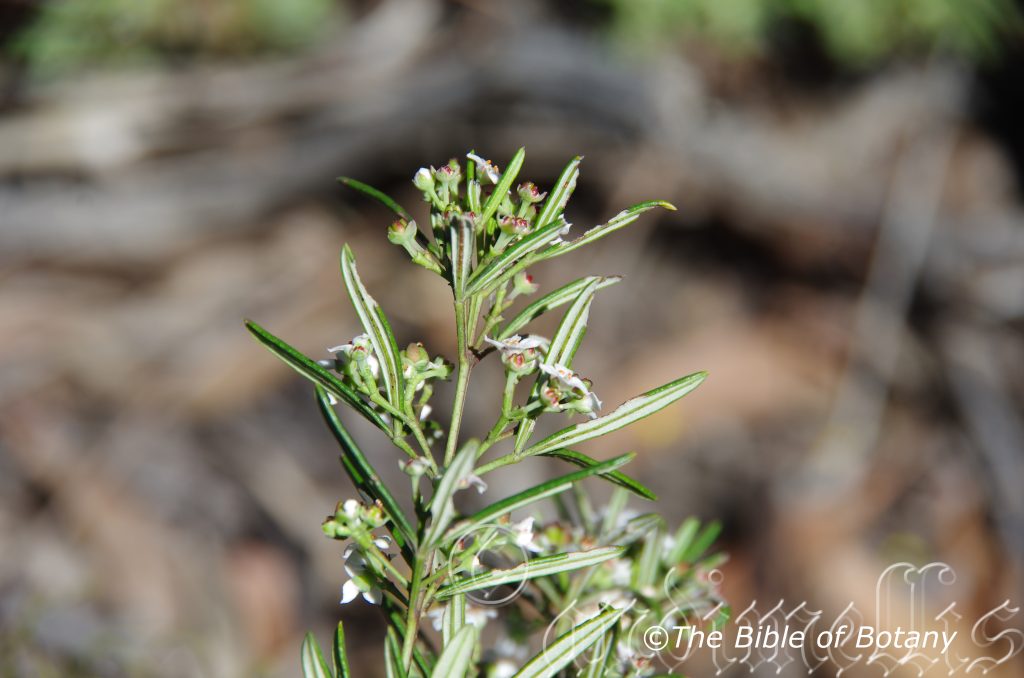
Yuraygir National Park NSW
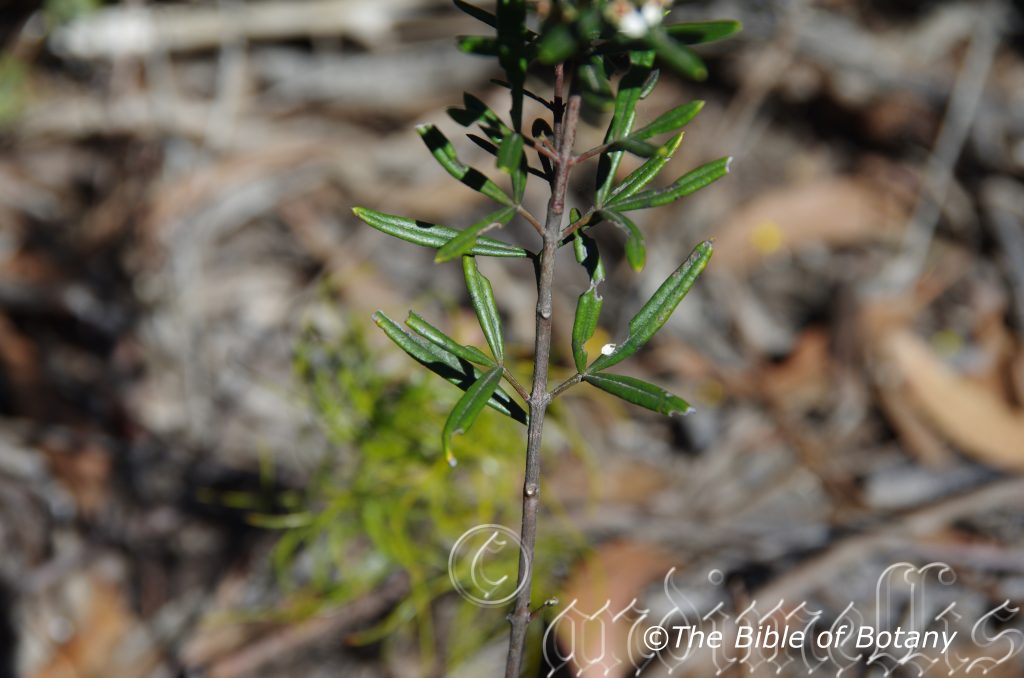
Yuraygir National Park NSW
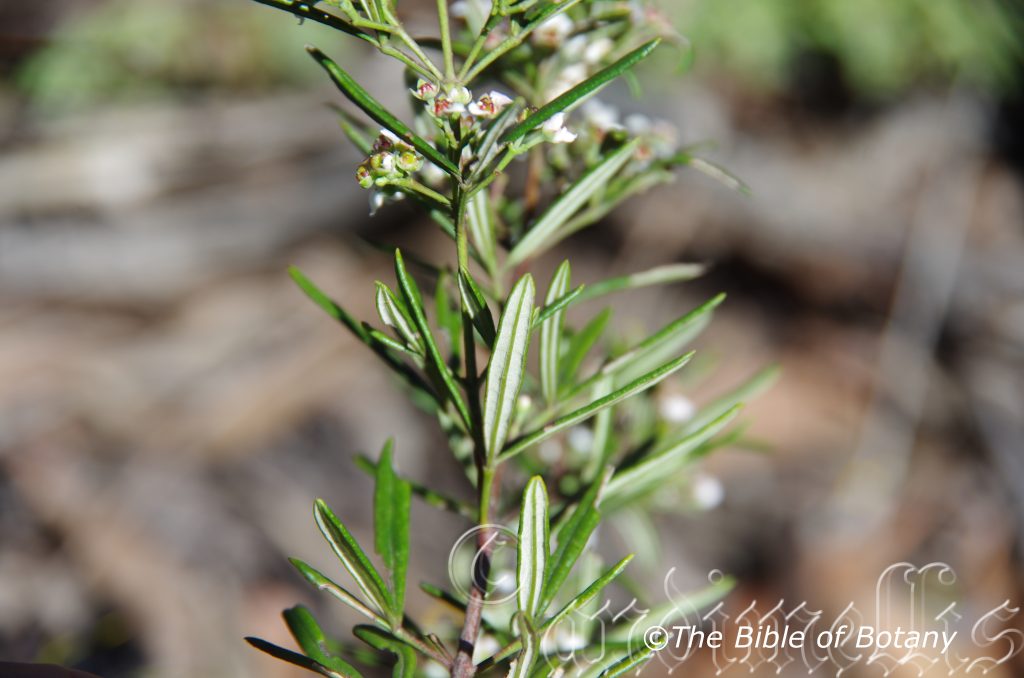
Yuraygir National Park NSW
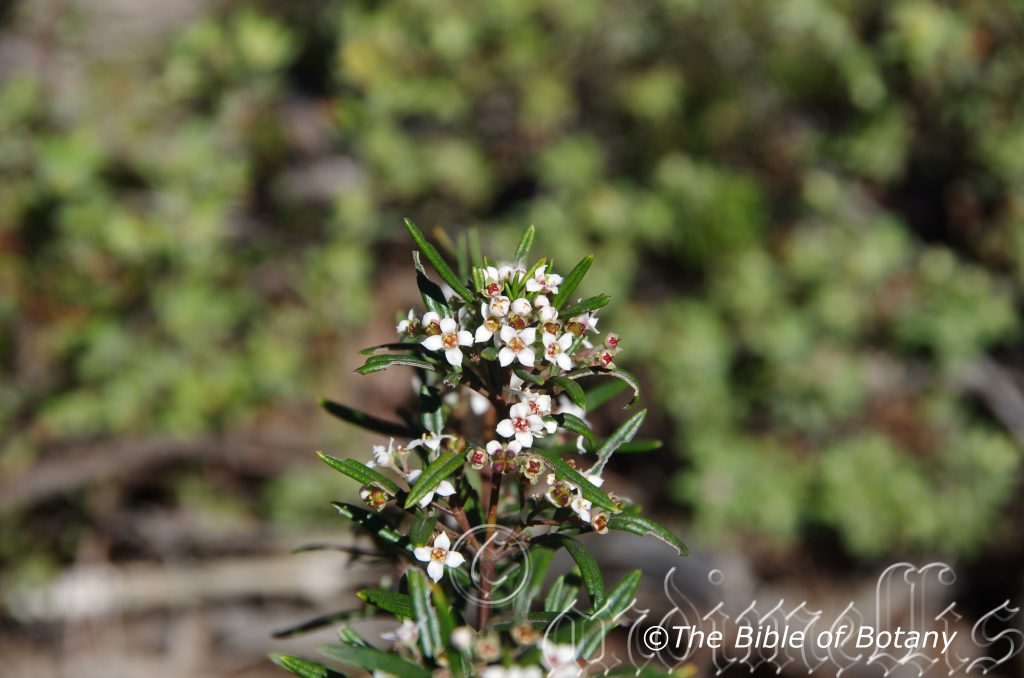
Yuraygir National Park NSW
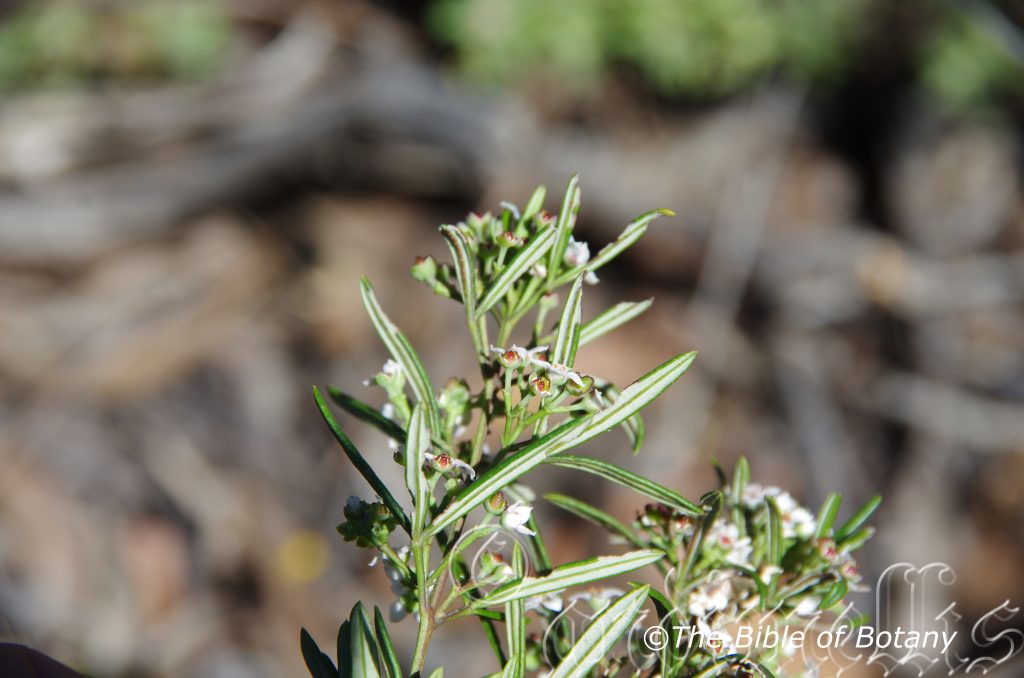
Yuraygir National Park NSW
Zieria laevigata
Classification
Unranked: Eudicots
Class: Rosids
Order: Sapindales
Family: Rutaceae
Genus: Is named in honour of John Zier; 17..-1793, who was a Polish botanist.
Specie: From Elaphrós/Elakhús, which is Ancient Greek or Levis, which is Latin for swift, light weight, slick or smooth. It refers to leaves or other organs, which are smoother and glossier than other species in the genus.
Common Name: Smooth Zieria or Smooth Leaved Zieria or Twiggy Midge Bush.
Distribution:
Zieria laevigata is found south from Stradbroke Island in south eastern coastal Queensland to Clyde Mountains near Shoalhaven Bay in southern coastal New South Wales. It is mainly found along the coast or on the Great Dividing Range and in the Blue Mountains.
https://avh.ala.org.au/occurrences/search?taxa=Zieria+laevigata#tab_mapView
Habitat Aspect Climate:
Zieria laevigata prefer light dappled shade to full sun. It grows in dry sclerophyll forest heaths or dry coastal woodland wallum heaths.
The altitude ranges from 5 meters ASL to 55 meters ASL or 500 meters ASL to 850 meters ASL.
The temperatures range from minus 3 degrees in July to 40 degrees in January.The rainfall ranges from lows of 500mm to an average of 2100mm annually.
Soil Requirements:
Zieria laevigata prefer to grow on skeletal to deep coarse sands, fine sands or light fatty clays. The soils are usually derived from decomposed sandstones, granites or accumulated peaty beach sands. The soils pH ranges from 4.5pH through to 6.5pH are preferred where the water can drain freely. It does not tolerate waterlogged soils. Non saline soils to moderately saline soils are tolerated.
Height & Spread:
Wild Plants: 1m to 1.5m by 1m to 1.5m.
Characteristics:
Zieria laevigata grows as an erect bushy shrub with erect stems. The mid brown stems are usually glabrous or at times sparsely covered in white hirsute hairs around the nodes. The new growth and young stems are olive-green and glabrous or at times sparsely covered in white hirsute hairs around the nodes.
The opposite, trifoliate, elliptic to obovate leaflets of Zieria laevigata measure 15mm to 40mm in length by 1mm to 3mm in width. The center leaflet is more variable compared to the 2 lateral leaflets. The deep green to sea-green petioles measure 2mm to 5mm in length while the leaflets are sessile. The middle and lateral leaflets are sessile. The bases taper to the petiole while the apexes are acute. The discolourous laminas are deep green to sea-green and glabrous on the upper laminas while the lower laminas are greenish white and moderately to densely covered in off white canescent hairs with a few hirsute-stellate hairs. The laminas are retrorse to revolute from the mid vein to the margins and recurve gently upwards from the base and at the apex. The margins are entire. The obtuse, deep green, midvein is glabrous or sparsely covered in off white puberulent hairs and is strongly prominent on the lower lamina and is clearly visible from the upper lamina. The reticulate lateral veins are not prominent and are difficult to see.
The inflorescences of Zieria laevigata are small panicles born from the leaf axil. There are 3 to 23 usually 3 to 6 individual flowers on the panicle. The panicles measure 15mm to 40mm in length.The 4 deep green to sea-green calyx lobes are broad triangular on the cupuliform calyx. The calyx and 4 lobes are sparsely covered in minute oil glands and are glabrous. The calyx measures 1mm to 1.5mm in length while the lobes measure 2.5mm to 3mm in length. The 4 oblong to narrow spathulate, valvate or slightly imbricate, white to mid-pink petals are sparsely covered in short, soft, white tomentose hairs externally and are glabrous internally. The petals apexes are broad obtuse or truncate-obtuse with an apiculate to cuspidate tip and measure 3.5mm to 5.5mm in length by 2.2mm to 4mm in width.
The 4 alternate, cream or pale pink, filaments measure 1.6mm to 2.5mm in length. The short, flattened, oblong, abaxially, dorsifixed anthers have a truncate base and a broad acute apex. The anthers measure 0.4mm to 0.5mm in length by 0.3mm to 0.4mm in width.
The short pastel green, urceolate style measures 0.6mm to 0.8mm in length. The flowers appear from late June to October.
Zieria laevigata’s fruit is an obovoidal, glabrous 4 chamber cocci. The cocci are covered in minute oil glands and measure 3mm to 4.5mm in length by 1.5mm to 2.5mm in width. The green cocci turn tan when ripe. The style is not persistent at the apex of the ripe cocci.
Wildlife:
Zieria laevigata is the host plant for the citrus orchard butterfly Papilio aegeus.
The leaves are aromatic and can be used as a herb to flavor bland foods like potatoes, rice or even used to flavour baked or grilled fish.
Cultivation:
Zieria laevigata is a beautiful, dense, compact, ornamental shrub that should be grown in association with other dry rainforest under story specie or as larger plant in heath gardens within small gardens. It is ideal at the edge of a rainforest gardens or deep in the center of the rainforest. In cultivation it grows from 1.5 meter to 1.8 meters in height by 1.5 meters to 1.8 meters in diameter when grown in the open. It can be regularly tipped pruned in increase bushiness and overall vigour of the plant but really is not necessary unless a smaller shrub is required or a dense foliage hedge is being sought.
It grows exceptionally well on light clays and sandy loams with copious amounts of leaf litter to keep the soil cool and moist at all times. Add to the above, if it is given an adequate supply of water and a little native fertilizer on a regular basis the plants should respond with good flowering and fruit over a long period. If these requirements are met it can cope with temperatures as low as minus 2 degrees and up to 36 degrees. It is moderately drought resistant.
It often reaches its full potential in just 2 to 3 years and flower from the second year from seed.
This shrub would be ideal around swimming pools or in court yards to break up hard lines. The leaves give off a faint citrus aroma when crushed and contain a natural lanoline which is soothing when rubbed into the hands or skin. Here it is reported to be a good repellent against mosquitoes. I have never had plants available when mosquitoes are present so cannot vouch for this but the aroma certainly would indicate it as a suitable source.
The plants have appeal when planted next to paths so you can brush your hands over the foliage to enjoy the released aroma.
Propagation:
Seeds: The seeds of Zieria laevigata can be removed easily from the ripe capsules. Place the seeds in the vegetable crisper of the refrigerator in a dry calico bag over winter and sow in the spring once the last frosts have subsided. The seeds are erratic and may take several months for all the seeds to germinate.
Sow freshly treated seeds directly into a seed raising mix, keeping them moist not wet. Do not over water as the seeds will rot off before germination takes place. Place the trays in a cool shaded area with 50mm shade cloth in the bush house.
When the seedlings are 20mm to 25mm tall, prick them out and plant them into 50mm native tubes using a good organic mix.
As the seedlings roots reach the bottom of the tubes plant them out into their permanent position. Do not delay or root bonding can become a problem.
Cuttings: Zieria laevigata cuttings strike relatively easy. Use 100mm to 150mm long tip cuttings or lateral shoots from the present season’s growth. Take them in warmer months of the year. Remove half the leaves from the bottom section being careful not to tear the bark.
1 Prepare the cutting mix by adding two thirds sharp clean river sand, one third peat or one third perlite. These ingredients must be sterilized,
2 Select good material from non-diseased plants,
3 Select semi green stems for cuttings,
4 Place the cutting on a flat, hard surface, and make a clean cut down one side of the cutting at the base for 10mm with a sharp sterile knife or razor blade. – This scarification of the node will increase the chances of roots emerging from this spot. Now remove all but one or two the leaves, leaving the apex leaves intact. If the leaves are very large in proportion to the stem, cut off the apical halves.
5 Fill a saucer with water, and place a little medium strength rooting hormone into another container like a milk bottle top. Dip the node end of the cutting into the water and then into the rooting hormone. Tap off any excess hormone,
6 Use a small dipple stick or old pencil to poke a hole into the soilless potting mix. Ensure the hole is slightly larger than the stem diameter and be careful not to wipe the rooting hormone off the cuttings base. Place 2 to 4 cuttings in each of the 50mm native tubes,
7 I like to place the tubes in bucket with holes drilled in the bottom to allow excess water to drain out. A plastic bag that fits over the bucket is ideal to help maintain temperature and moisture. Place in a semi shaded, warm position like under 50mm shade cloth.
8 When the cuttings have struck, open the bag to allow air circulation for a few days to a week,
9 Once hardened off remove the cuttings from the bag and allow to further hardening for a few more days to a week,
10 Transplant into a good potting mix to grow on.Fertilize using seaweed, fish emulsion or organic chicken pellets soaked in water on an alternate basis.
Fertilize every two months until the plants are established then annually in early September or March to maintain health, vitality and better flowering.
Further Comments from Readers:
“Hi reader, it seems you use The Bible of Botany a lot. That’s great as we have great pleasure in bringing it to you! It’s a little awkward for us to ask, but our first aim is to purchase land approximately 1,600 hectares to link several parcels of N.P. into one at The Pinnacles NSW Australia, but we need your help. We’re not salespeople. We’re amateur botanists who have dedicated over 30 years to saving the environment in a practical way. We depend on donations to reach our goal. If you donate just $5, the price of your coffee this Sunday, We can help to keep the planet alive in a real way and continue to bring you regular updates and features on Australian plants all in one Botanical Bible. Any support is greatly appreciated. Thank you.”
In the spirit of reconciliation we acknowledge the Bundjalung, Gumbaynggirr and Yaegl and all aboriginal nations throughout Australia and their connections to land, sea and community. We pay our respect to their Elders past, present and future for the pleasures we have gained.
Zieria laxiflora
Classification
Unranked: Eudicots
Class: Rosids
Order: Sapindales
Family: Rutaceae
Genus: Is named in honour of John Zier; 17..-1793, who was a Polish botanist.
Specie: From Laxus, which is Latin for loose or slack and Flōris, which is Latin for a flower or Flōs, which is the Roman Goddess of spring and flowers. It refers structures or organs, which open in habit, as in not compact.
Common Name: Wallum Zieria
Distribution:
Zieria laxiflora is found south from Five Rocks north of Shoalhaven Bay in central coastal Queensland to Wheeler Creek in the Sydney Basin in central coastal New South Wales.
https://avh.ala.org.au/occurrences/search?taxa=Zieria+laxiflora#tab_mapView
Habitat Aspect Climate:
Zieria laxiflora prefers light dappled shade to full sun. It grows in moist coastal heaths, wallums and swampy areas further inland. The altitude ranges from 4 meters ASL to 60 meters ASL with an exception of a population near Torrington at around 760 meters ASL.
The temperatures range from minus 5 degrees in July to 37 degrees in February.
The rainfall ranges from lows of 700mm to an average of 1700mm annually.
Soil Requirements:
Zieria laxiflora prefers to grow on peaty sands or sandy loams. The soils are usually derived from accumulated beach sands or at times decomposed granites. The soils pH ranges from 5pH through to 6.5pH are preferred where the water can drain freely. It tolerates seasonal waterlogged soils and seasonal high water tables. Non saline soils to moderately saline soils are tolerated as are salt laden winds.
Height & Spread:Wild Plants: 1m to 1.2m by 1m to 1.5m.
Characteristics:
Zieria laxiflora’s grows as an open to dense shrub with deep green, glabrous stems. The terete stems are not lepidote and are sparsely covered in minute oil glands near the apexes.
The opposite, trifoliate leaflets of Zieria laxiflora are linear to very narrow oblong and measure 15mm to 55mm in length by 1.5mm to 5mm in width. The center leaflet is more variable and longer than the 2 lateral leaflets. The mid green to deep green petioles are sparsely covered in off white pubescent hairs. The petioles measure 5mm to 10mm in length while the lateral leaflets are sessile. The bases taper to the petiole while the apexes are acute to acuminate. The concolourous laminas are deep green to sea-green, glabrous, glossy and covered in oil glands on the upper lamina while the lower lamina lacks the oil glands and is moderately to densely covered in white to fawnish velvety stellate hairs. The laminas are slightly to strongly convex from the mid vein to the margins and are strongly revolute at the margins. The margins are entire. The midvein is strongly prominent on the lower lamina and clearly visible as a groove on the upper lamina and is covered in white or fawnish pubescent hairs.
The inflorescences of Zieria laxiflora are small cymes or panicles born from the leaf axil. There are 3 to 50 usually 9 to 15 individual flowers on the panicle. The panicles measure 10mm to 16mm in length.The 4 deep green to glaucous, broader than long triangular, calyx lobes are glabrous and measure 1.2mm to 1.7mm in length. The 4 narrow elliptical to oblong, petals are white to pale pink and are sparsely covered in soft, white tomentose hairs. The petals apexes are broad acute with a mucronate to apiculate tip and measure 3.5mm to 5mm in length by 1.5mm to 2mm in width.
The 4 alternate, pale green, filaments measure 1.2mm to 1.6mm in length. The anthers are cream and measure 0.6mm to 1.2mm in length.The short pastel green style and 4 lobed stigmas measure 0.3mm to 0.5mm in length. The flowers appear from August to October.
Zieria laxiflora’s fruit is an obovoidal, glabrous cocci. The cocci are sparsely covered in minute oil glands and are slightly lepidote. The green cocci turn red when ripe. The style is not persistent on this specie.
Wildlife:
Zieria laxiflora is the host plant for the citrus orchard butterfly Papilio aegeus.
The leaves are aromatic and can be used as a herb to flavor bland foods like potatoes, rice or even used to flavour baked or grilled fish.
Cultivation:
Zieria laxiflora is a beautiful, dense, compact, ornamental domed shrub that can be grown in association with other open forest trees, under story specie in an open woodland garden or as larger dense foliage plant in heath gardens within small gardens. It is ideal at the edge of a rockery garden mixed with native succulents where it really stands out. In cultivation it usually grows from 0.8 meters to 1.2 meters in height by 0.8 meters to 1.2 meters in diameter when grown in the open. It can be regularly tipped pruned to increase bushiness and overall vigour of the plant but really is not necessary unless a smaller shrub is sought.
It grows exceptionally well on sandy soils and loams with copious amounts of leaf litter or pebble mulch to keep the soil cool and moist at all times. Add to the above, if it is given an adequate supply of water and a little native fertilizer on a regular basis the plants should respond with good flowering and fruit over a long period. If these requirements are met it can cope with temperatures as low as minus 3 degrees and up to 38 degrees once established in the garden. It is not drought tolerant.
It often reaches its full potential in just 2 to 3 years and flower from the second year from seed.
This shrub would be ideal around swimming pools or in court yards to break up hard lines. The leaves give off a faint citrus aroma when crushed and contain a natural lanoline which is soothing when rubbed into the hands or skin. Here it is reported to be a good repellent against mosquitoes. I have never had plants available when mosquitoes are present so cannot vouch for this but the aroma certainly would indicate it as a suitable source.
The plants have appeal when planted next to paths so you can run your hands over the foliage to enjoy the released aroma and would be an excellent addition to a small aromatic garden bed. I can visualise the plants mass planted in small pockets over a rockery and interspersed with small clumped annuals for additional colour or colourful native succulents.It could also be used as a small divider or hedge row.
Propagation:
Seeds: The seeds of Zieria laxiflora can be removed easily from the ripe capsules. Place the seeds in the vegetable crisper of the refrigerator in a dry calico bag over winter and sow in the spring once the last frosts have subsided. The seeds are erratic and may take several months for all the seeds to germinate.
Sow the seeds; immediately after removing from the refrigerator, directly into a seed raising mix, keeping them moist not wet. Do not over water as the seeds will rot off before germination takes place. Place the trays in a cool shaded area with 50mm shade cloth in the bush house.When the seedlings are 20mm to 25mm tall, prick them out and plant them into 50mm native tubes using a good organic mix.As the seedlings roots reach the bottom of the tubes plant them out into their permanent position. Do not delay.
Cuttings: Fortunately Zieria laxiflora cuttings strike easy. Use 100mm to 150mm long tip cuttings or lateral shoots from the present season’s growth. Take them in warmer months of the year. Remove half the leaves from the bottom section being careful not to tear the bark.
1 Prepare the cutting mix by adding two thirds sharp clean river sand, one third peat or one third perlite. These ingredients must be sterilized,
2 Select good material from non-diseased plants,
3 Select semi green stems for cuttings,
4 Place the cutting on a flat, hard surface, and make a clean cut down one side of the cutting at the base for 10mm with a sharp sterile knife or razor blade. – This scarification of the node will increase the chances of roots emerging from this spot. Now remove all but one or two the leaves, leaving the apex leaves intact. If the leaves are very large in proportion to the stem, cut off the apical halves.
5 Fill a saucer with water, and place a little medium strength rooting hormone into another container like a milk bottle top. Dip the node end of the cutting into the water and then into the rooting hormone. Tap off any excess hormone,
6 Use a small dipple stick or old pencil to poke a hole into the soilless potting mix. Ensure the hole is slightly larger than the stem diameter and be careful not to wipe the rooting hormone off the cuttings base. Place 2 to 4 cuttings in each of the 50mm native tubes,
7 I like to place the tubes in bucket with holes drilled in the bottom to allow excess water to drain out. A plastic bag that fits over the bucket is ideal to help maintain temperature and moisture. Place in a semi shaded, warm position like under 50mm shade cloth.
8 When the cuttings have struck, open the bag to allow air circulation for a few days to a week,
9 Once hardened off remove the cuttings from the bag and allow to further hardening for a few more days to a week,
10 Transplant into a good potting mix to grow on.Fertilize using seaweed, fish emulsion or organic chicken pellets soaked in water on an alternate basis.
Fertilize every two months until the plants are established then annually in early September or March to maintain health, vitality and better flowering.
Further Comments from Readers:
“Hi reader, it seems you use The Bible of Botany a lot. That’s great as we have great pleasure in bringing it to you! It’s a little awkward for us to ask, but our first aim is to purchase land approximately 1,600 hectares to link several parcels of N.P. into one at The Pinnacles NSW Australia, but we need your help. We’re not salespeople. We’re amateur botanists who have dedicated over 30 years to saving the environment in a practical way. We depend on donations to reach our goal. If you donate just $5, the price of your coffee this Sunday, We can help to keep the planet alive in a real way and continue to bring you regular updates and features on Australian plants all in one Botanical Bible. Any support is greatly appreciated. Thank you.”
In the spirit of reconciliation we acknowledge the Bundjalung, Gumbaynggirr and Yaegl and all aboriginal nations throughout Australia and their connections to land, sea and community. We pay our respect to their Elders past, present and future for the pleasures we have gained.
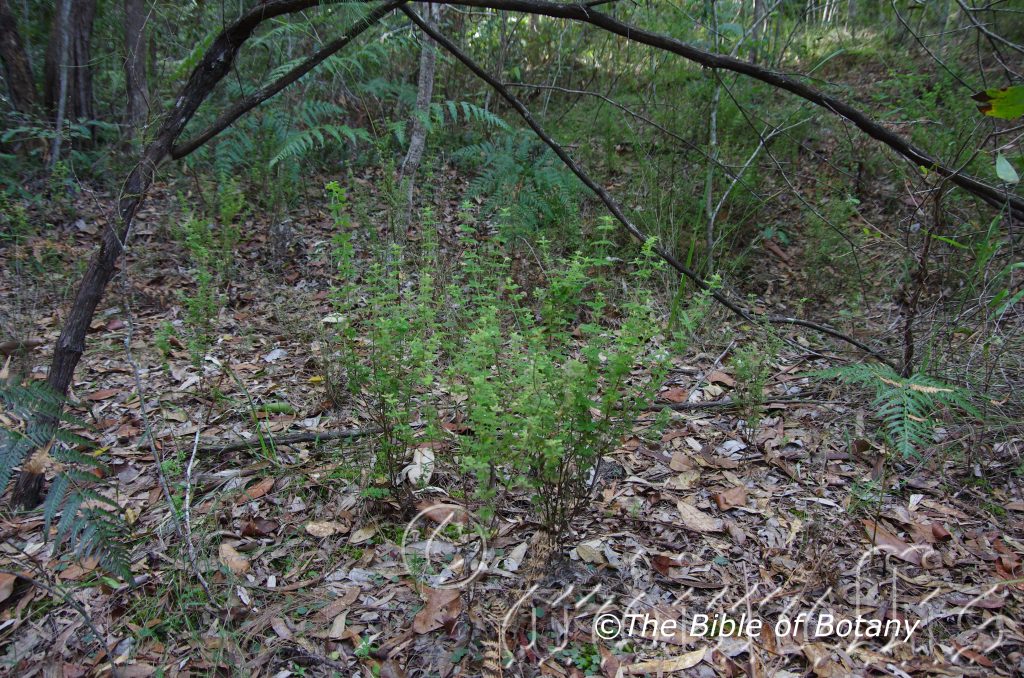
The pinnacles NSW
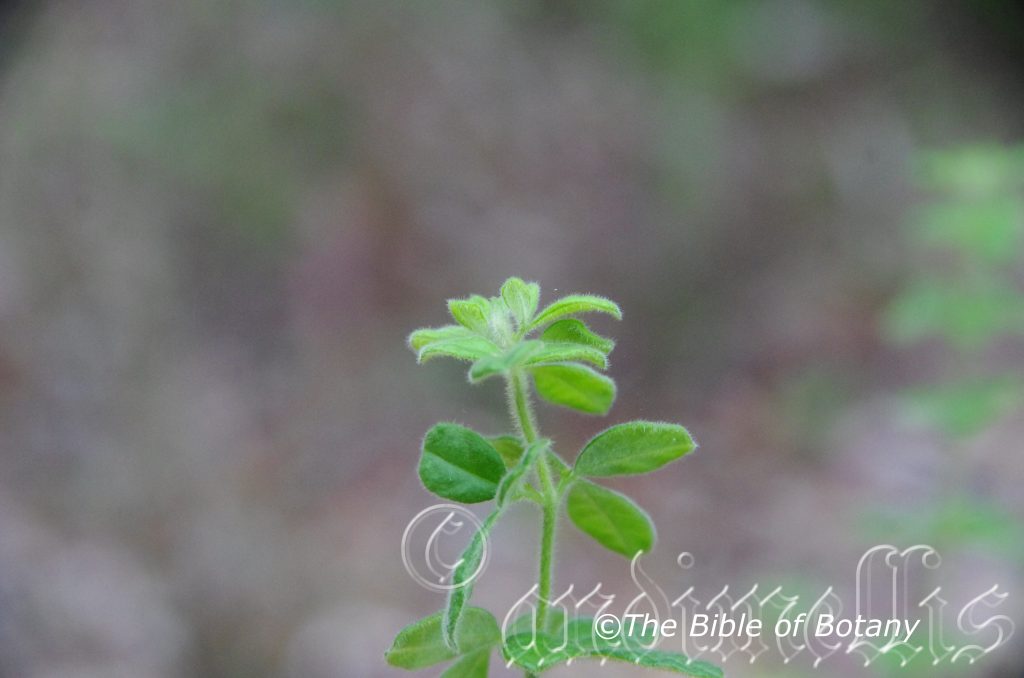
The pinnacles NSW
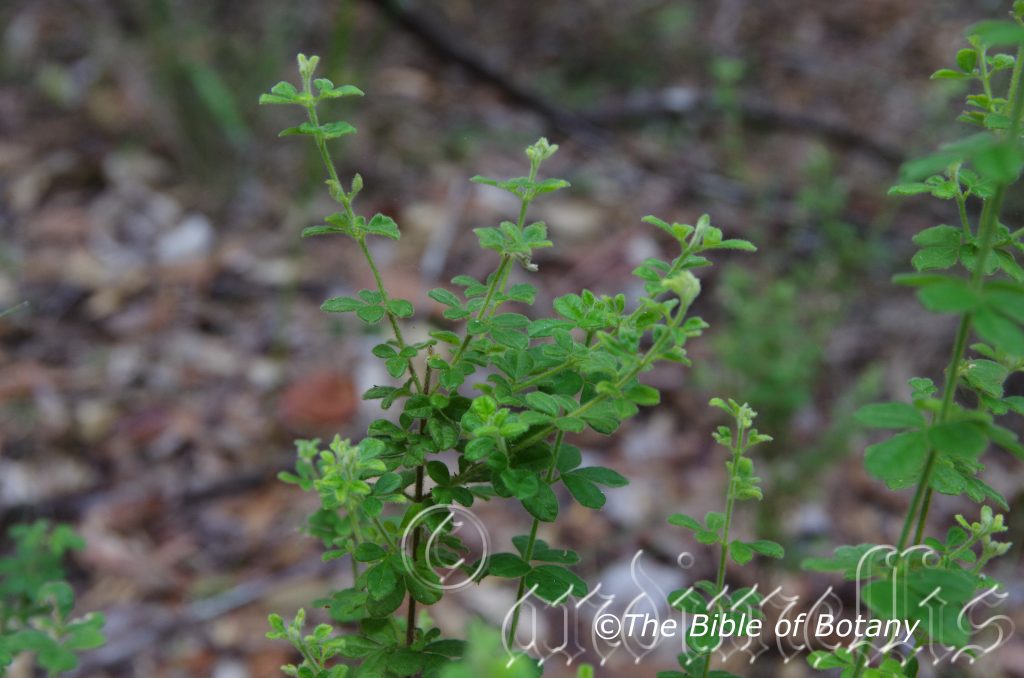
The pinnacles NSW
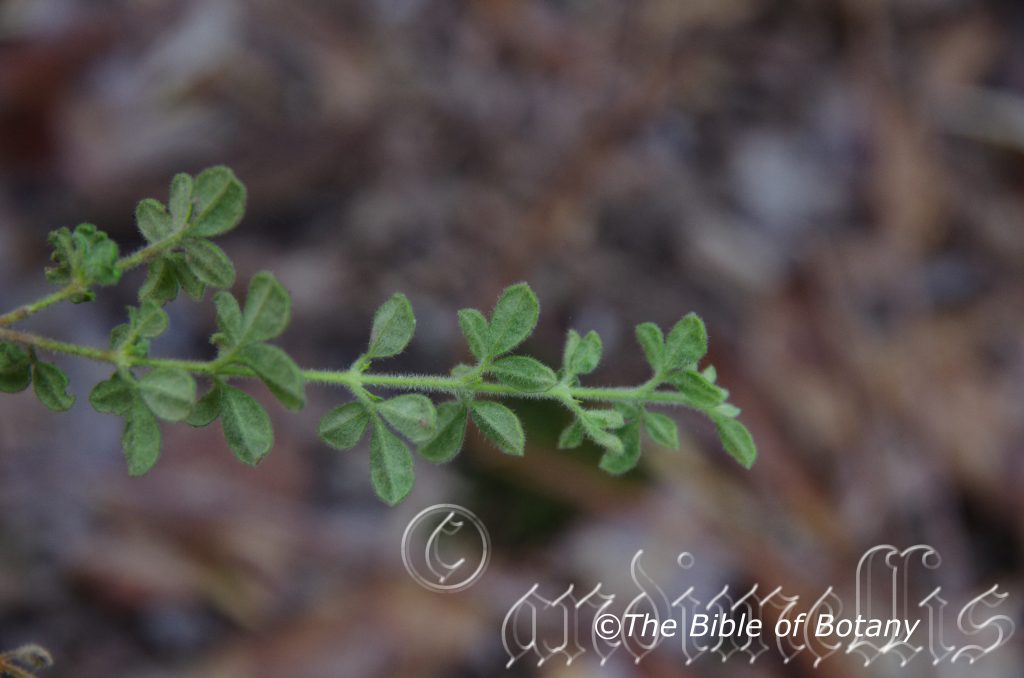
The pinnacles NSW
Zieria minutiflora
Classification
Unranked: Eudicots
Class: Rosids
Order: Sapindales
Family: Rutaceae
Genus: Is named in honour of John Zier; 17..-1793, who was a Polish botanist.
Specie: From Minūtum, which is Latin for substantially smaller and Flōris, which is Latin for a flower or Flōs, which is the Roman goddess for spring and flowers. It refers to flowers, which are substantially smaller than other species in the genus.
Common Name: Small Leaf Zieria or Twiggy Zieria.
Distribution:Zieria minutiflora is found in several disjunct populations south from the Herberton Range in far north eastern Queensland to the head waters of the Bellinger River in northern coastal New South Wales.
https://avh.ala.org.au/occurrences/search?taxa=Zieria+minutiflora #tab_mapView
Habitat Aspect Climate:
Zieria minutiflora prefers light dappled shade to full sun. It grows in open, dry sclerophyll forests, open woodland heaths usually on steep rocky outcrops. The altitude ranges from 20 meters ASL to 900 meters ASL.
The temperatures range from minus 1 degree in July to 37 degrees in January.
The rainfall ranges from lows of 1000mm to an average of 2400mm annually.
Soil Requirements:
Zieria minutiflora prefers to grow on better quality, skeletal to deep coarse sands, fine sands, light fatty clays or medium clays in rocky terrains. The soils are usually derived from decomposed sandstones, granites or at times accumulated peaty beach sands or silty alluvial deposits. The soils pH ranges from 4.5pH through to 7pH are preferred where the water can drain freely. It does not tolerate waterlogged soils. Non saline soils to very saline soils are tolerated.
Height & Spread: Wild Plants: 0.5m to 1m by 0.5m to 1m.
Characteristics:
Zieria minutiflora’s grows as a diffuse to dense shrub with semi erect to spreading stems. The mid brownish-tan stems are moderately covered in off white tomentose hairs and hirsute-stellate hairs. The new growth is grass-green and moderately to densely covered in off white tomentose hairs and hirsute-stellate hairs.
The opposite, trifoliate leaves of Zieria minutiflora measure 4mm to 11mm in length by 3mm to 6mm in width. The center leaflet is more variable and longer than the 2 lateral leaflets. The middle leaflet is elliptic to obovate while the 2 lateral leaflets are elliptic, obovate ovate to broad spathulate. The mid green to grass-green petioles are moderately to densely covered in off white tomentose hairs and hirsute-stellate hairs. The petioles measure 1.5mm to 3mm in length. The lateral leaflets are sessile while the center leaflet’s petiolule measures 0mm to 2mm in length. The bases taper to the petiole or petiolule while the apexes are emarginate or obtuse. The discolourous laminas are deep grass-green to sea-green and are very sparsely covered in off white tomentose hairs and hirsute-stellate hairs on the upper laminas while the lower laminas are paler and densely covered in off white canescent hairs. The laminas are convex between the mid vein to the margins and often between the lateral veins and mid vein. The margins are entire. The midvein is strongly prominent on the lower lamina while the pinnate lateral veins are slightly prominent on the lower lamina.
The inflorescences of Zieria minutiflora are small cymes, panicles or clusters born from the leaf axil. There are 2 to 6 usually 2 or 3 individual flowers on the panicle. The panicles measure 8mm to 15mm in length.
The 4 mid green or reddish-brown calyx lobes are triangular to broad triangular and are glabrous or sparsely covered in off white hirsute hairs externally and are glabrous internally. The lobes measure 0.5mm to 1mm in length. The 4 oblong, imbricate, white, pastel yellow or pale pink petals have broad acute apexes and are sparsely covered in short, soft white stellate-puberulent hairs. The petals measure 1.5mm to 2mm in length by 1mm to 1.5mm in width.
The 4 alternate, white, filaments measure 1mm to 1.6mm in length. The short, flattened, oblong, abaxially, dorsifixed anthers have a truncate base and obtuse apex. The anthers measure 1mm to 1.5mm in length by 0.75mm to 1mm in width.The pale green ovary is glabrous or sparsely covered in white hirsute hairs.
The short pastel green, urceolate style is sparsely covered in short hirsute and measures 0.8mm to 1mm in length. The flowers appear from December to May.
Zieria minutiflora’s fruit is an asymmetrical, flattened obovoidal, glabrous cocci. The cocci are finely scarious, glabrous or very sparsely covered in white hirsute hairs and measure 4mm to 5mm in length by 3mm to 3.5mm in width and 2mm to 2.3mm in thickness. The green cocci turn greenish-tan when ripe. The style is persistent at the apex of the ripe cocci.
Wildlife:
Zieria minutiflora is the host plant for the citrus orchard butterfly Papilio Aegeus.
Cultivation:
Zieria minutiflora is a beautiful, rather densely, compact, ornamental shrub that can be grown beneath other open forest trees, or in an open woodland garden or in a small heath garden. It is ideal at the edge or center of a rockery garden mixed with native succulents where it really stands out. In cultivation it usually grows from 0.4 meters to 0.6 meters in height by 0.5 meters to 0.7 meters in diameter when grown in the open. It can be regularly tipped pruned to increase bushiness and overall vigour of the plant but really is not necessary unless a smaller shrub is sought.
It grows exceptionally well on light clays and sandy loams with copious amounts of leaf litter or pebble mulch to keep the soil cool and moist at all times. Add to the above, if it is given an adequate supply of water and a little native fertilizer on a regular basis the plants should respond with good flowering and fruit over a long period. If these requirements are met it can cope with temperatures as low as minus 3 degrees and up to 36 degrees once established in the garden. It is moderately drought resistant.It often reaches its full potential in just 2 to 3 years and flower from the second year from seed.
This small shrub would be ideal around swimming pools or in court yards to break up hard lines. The leaves give off a faint citrus aroma when crushed and contain a natural lanoline which is soothing when rubbed into the hands or skin. Here it is reported to be a good repellent against mosquitoes. I have never had plants available when mosquitoes are present so cannot vouch for this but the aroma certainly would indicate it as a suitable source.The plants have appeal when planted next to paths so you can run your hands over the foliage to enjoy the released aroma and would be an excellent addition to a small aromatic garden bed.
Propagation:
Seeds: The seeds of Zieria minutiflora can be removed easily from the ripe capsules. Place the seeds in the vegetable crisper of the refrigerator in a dry calico bag over winter and sow in the spring once the last frosts have subsided. The seeds are erratic and may take several months for all the seeds to germinate.
Sow the seeds directly into a seed raising mix once removed from the refrigerator, keeping them moist not wet. Do not over water as the seeds will rot off before germination takes place. Place the trays in a cool shaded area with 50mm shade cloth in the bush house.When the seedlings are 20mm to 25mm tall, prick them out and plant them into 50mm native tubes using a good organic mix. As the seedlings roots reach the bottom of the tubes plant them out into their permanent position.
Cuttings: Use 70mm to 90mm long half ripened to ripened material when growing from cuttings from the present season’s growth. Take the cuttings in late summer to mid autumn following the last set of hot weather or early in spring following the last frosts. Carefully remove any buds that may have appeared. Remove half the leaves from the bottom section being careful not to tear the bark. Remove a slither from the bark from the bottom on one side of the cutting. Using a weak rooting hormone, dip the cutting in and place it in a moist sterile seed raising mix.
1 Prepare the cutting mix by adding two thirds sharp clean river sand, one third peat or one third perlite. These ingredients must be sterilized,
2 Select good material from non-diseased plants,
3 Select semi green stems for cuttings,
4 Place the cutting on a flat, hard surface, and make a clean cut down one side of the cutting at the base for 10mm with a sharp sterile knife or razor blade. – This scarification of the node will increase the chances of roots emerging from this spot. Now remove all but one or two the leaves, leaving the apex leaves intact. If the leaves are very large in proportion to the stem, cut off the apical halves.
5 Fill a saucer with water, and place a little medium strength rooting hormone into another container like a milk bottle top. Dip the node end of the cutting into the water and then into the rooting hormone. Tap off any excess hormone,
6 Use a small dipple stick or old pencil to poke a hole into the soilless potting mix. Ensure the hole is slightly larger than the stem diameter and be careful not to wipe the rooting hormone off the cuttings base. Place 2 to 4 cuttings in each of the 50mm native tubes,
7 I like to place the tubes in bucket with holes drilled in the bottom to allow excess water to drain out. A plastic bag that fits over the bucket is ideal to help maintain temperature and moisture. Place in a semi shaded, warm position like under 50mm shade cloth.
8 When the cuttings have struck, open the bag to allow air circulation for a few days to a week,
9 Once hardened off remove the cuttings from the bag and allow to further hardening for a few more days to a week,
10 Transplant into a good potting mix to grow on.Fertilize using seaweed, fish emulsion or organic chicken pellets soaked in water on an alternate basis.
Fertilize every two months until the plants are established then annually in early September or March to maintain health, vitality and better flowering.
Further Comments from Readers:
“Hi reader, it seems you use The Bible of Botany a lot. That’s great as we have great pleasure in bringing it to you! It’s a little awkward for us to ask, but our first aim is to purchase land approximately 1,600 hectares to link several parcels of N.P. into one at The Pinnacles NSW Australia, but we need your help. We’re not salespeople. We’re amateur botanists who have dedicated over 30 years to saving the environment in a practical way. We depend on donations to reach our goal. If you donate just $5, the price of your coffee this Sunday, We can help to keep the planet alive in a real way and continue to bring you regular updates and features on Australian plants all in one Botanical Bible. Any support is greatly appreciated. Thank you.”
In the spirit of reconciliation we acknowledge the Bundjalung, Gumbaynggirr and Yaegl and all aboriginal nations throughout Australia and their connections to land, sea and community. We pay our respect to their Elders past, present and future for the pleasures we have gained.
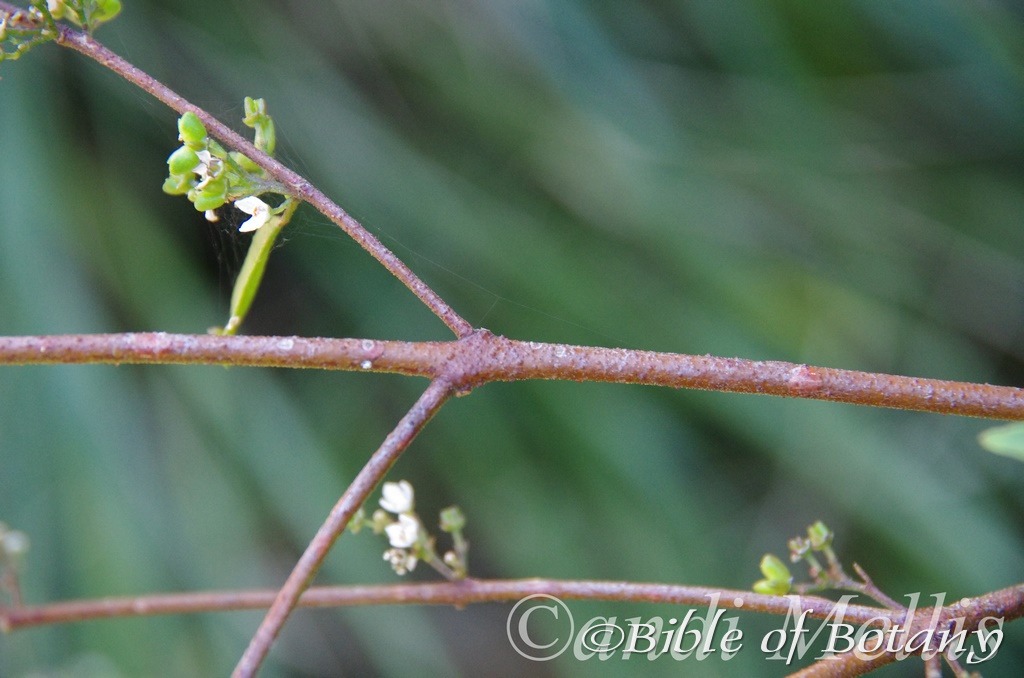
Yuraygir National Park NSW
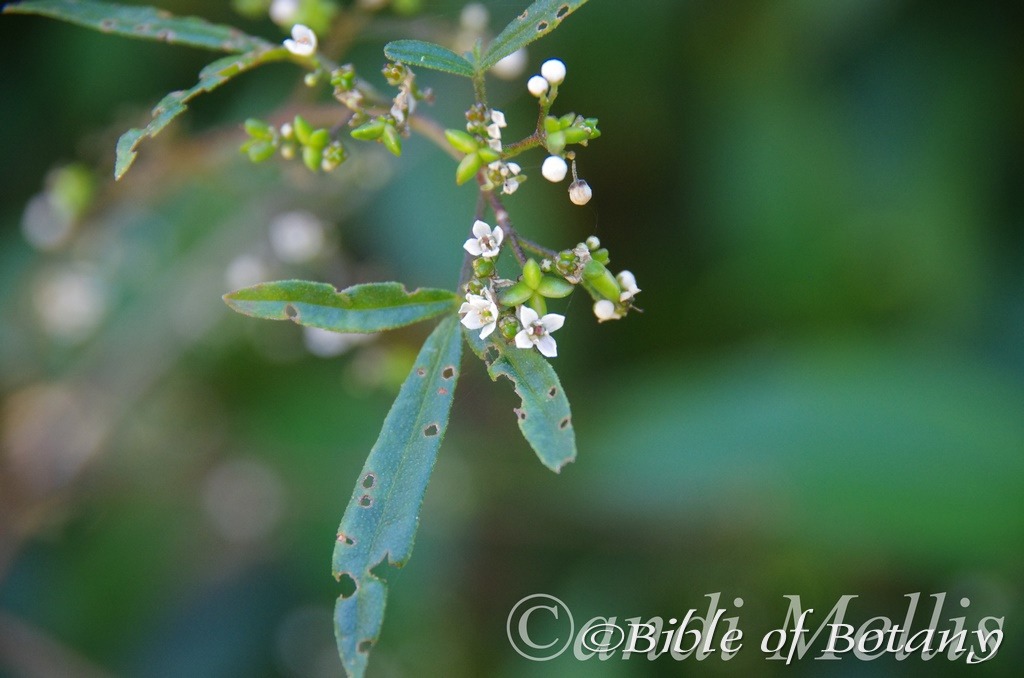
Yuraygir National Park NSW
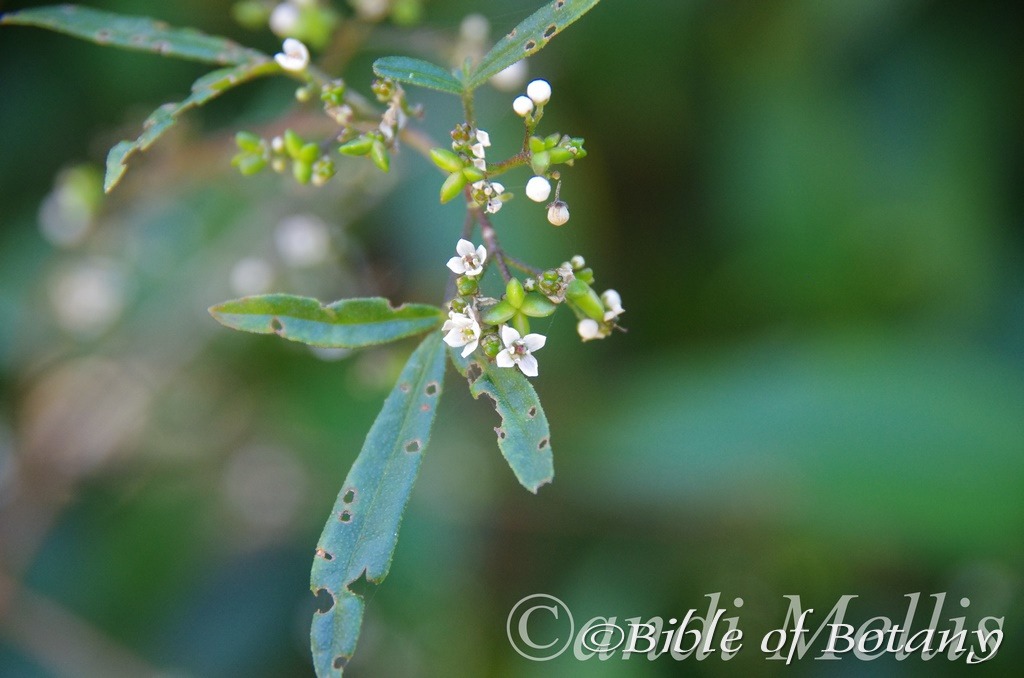
Yuraygir National Park NSW
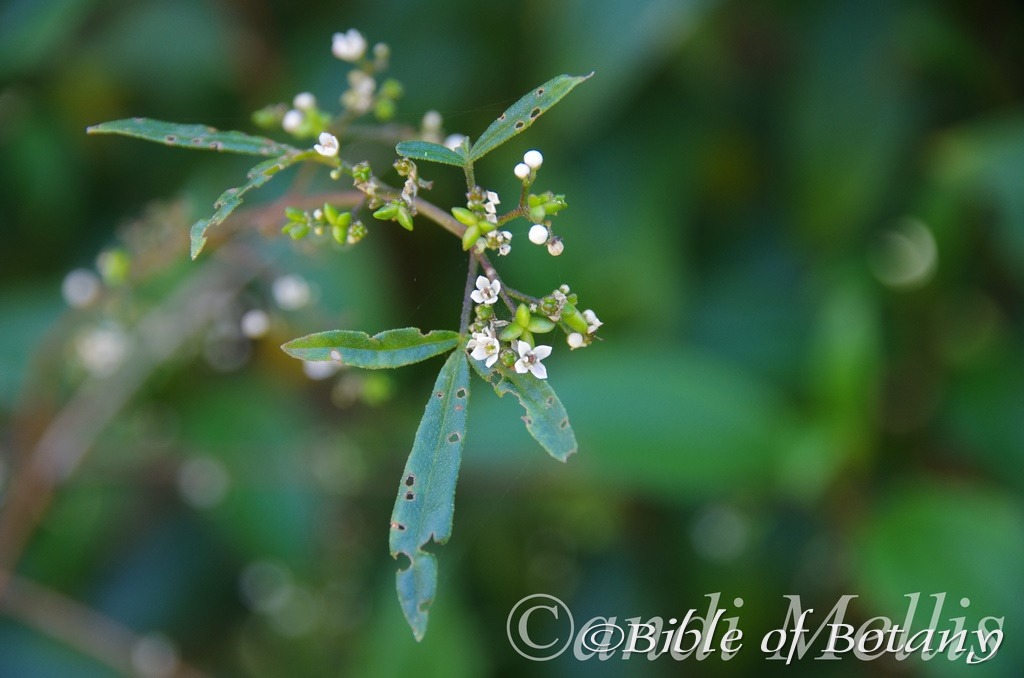
Yuraygir National Park NSW
Zieria pilosa
Classification
Unranked: Eudicots
Class: Rosids
Order: Sapindales
Family: Rutaceae
Genus: Is named in honour of John Zier; 17..-1793, who was a Polish botanist.
Specie: From Pilōsum, which is Latin for short, soft, wavy hairs. It refers to organs, which are covered in short, soft wavy hairs.
Common Name: Headland Zieria
Distribution:
Zieria pilosa is found in an area bounded by Pittwater, Liamena Creek, SE of Mendooran and Northern Budawang Range. There are a few isolated locations to the north at Lansdowne State Forest, Sherwood Nature Reserve and Yuraygir National park. In the south it is found in the Ben Boyd National Park in coastal New South Wales. It is mainly found on and east of The Great Dividing Range to the coast.
https://avh.ala.org.au/occurrences/search?taxa=Zieria+pilosa#tab_mapView
Habitat Aspect Climate:
Zieria pilosa prefers light dappled shade growing in dry to moist sclerophyll woodlands and forests. The altitude ranges from 40 meters ASL to 740 meters ASL.The temperatures range from minus 3 degrees in July to 36 degrees in February.The rainfall ranges from lows of 700mm to an average of 1100mm annually.
Soil Requirements:
Zieria pilosa prefers to grow on better quality, skeletal sands to sandy loams. The soils are derived from decomposed sandstones. The soils pH ranges from 5pH through to 6pH are preferred where the water can drain freely. It can withstand short periods of waterlogged soils. Non saline soils to slightly saline soils are tolerated as are salt laden winds.
Height & Spread: Wild Plants: 0.6m to 1m by 0.3m to 0.6m.
Characteristics:
Zieria pilosa’s grows as an open to semi dense upright bush. The terete yellow-green to deep green stems soon turn reddish-brown and are moderately to densely covered in short, soft, caducous pilose hairs. The angulated stems are ridged, glabrous and sparsely covered in minute oil glands near the apexes.
The opposite, trifoliate leaflets of Zieria pilosa measure 10mm to 25mm in length by 3mm to 7mm in width. The leaflets are linear to oblong or lanceolate, with the center leaflet being more variable and longer than the 2 lateral leaflets. The mid green to deep green petioles are moderately to densely covered in short, soft, caducous pilose hairs. The petioles measure 1.5mm to 4mm in length while the lateral leaflets are sessile. The bases taper to the petiole while the apexes are obtuse with or without a distinct mucronate tip. The laminas are discolourous with the upper laminas being mid green to deep green glabrous, dull to semi glossy, while the lower laminas are paler and slightly to moderately covered in short, soft, caducous pilose hairs and dull. The laminas curve upwards from the mid vein then downwards to the margins and decurve on the apical quarter. The midvein is prominent on the lower lamina.
The inflorescences of Zieria pilosa are born in cymose clusters from the leaf axil. There are 1 to 7 individual flowers.The 4 mid green calyx lobes are joined at the base and are narrow triangular are slightly to moderately covered in short, soft pilose hairs and measure 2mm to 3.mm in length. The 4 oblong, imbricate, petals are white to pale pink externally and white to pastel pink internally. The petals are slightly to moderately covered in short, soft pilose hairs externally and are glabrous internally. The petals apexes are broad obtuse with a blunt mucronate tip. The petals measure 3mm to 4.5mm in length by 2.5mm to 3.5mm in width.
The 4 alternate, white, filaments measure 2mm to 3mm in length. The short, flattened, oblong, abaxially, dorsifixed anthers have a truncate base and obtuse apex. The stamens are adjacent to the petals.The short pastel green, urceolate style is sparsely covered with short stellate hairs on the basal half and measures 0.3mm to 0.5mm in length.
The flowers appear from early September to January. Plants may have the odd flower all year under favourable conditions.
Zieria pilosa’s fruit is an obovoidal, glabrous schizocarps, which have 2 cocci with 2 seeds in each chamber. The cocci are glabrous to slightly covered in short, soft pilose hairs and are free of oil glands. The green cocci turn red when ripe. The style is persistent at the apex of the ripe cocci.
Wildlife:
Zieria pilosa is the host plant for the citrus orchard butterfly Papilio aegeus.
Cultivation:Zieria pilosa would make an interesting garden species and deserve a place in gardens. It requires good drainage, preferably on a light sandy soil and a semi-shaded area. It has soft foliage and could be pruned into nice-rounded shrub to increase flowering prolifically.
It often reaches its full potential in in the first year and flowers from the second year from seed.
This shrub would be ideal around swimming pools or in court yards to break up hard lines. The leaves give off a strong aroma when crushed and contain a natural lanoline which is soothing when rubbed into the hands or skin. It is reported to be a good repellent against mosquitoes. I have never had plants available when mosquitoes are present so cannot vouch for this but the aroma certainly would indicate it as a suitable source.
The plants have appeal when planted next to paths so you can run your hands over the foliage to enjoy the released aroma and would be an excellent addition to a small aromatic garden bed. I can visualise the plants mass planted in small pockets over a rockery and interspersed with small clumped annuals for additional colour or colourful native succulents.
Propagation:Seeds: The seeds of Zieria pilosa like most Zieria sp. are difficult to obtain. Place the seeds in the vegetable crisper of the refrigerator in a dry calico bag over winter and sow in the spring once the last frosts have subsided. The seeds are erratic and may take several months for all the seeds to germinate.
Sow the seeds directly into a seed raising mix once removed from the refrigerator, keeping them moist not wet. Do not over water as the seeds will rot off before germination takes place. Place the trays in a cool shaded area with 50% shade cloth in the bush house.When the seedlings are 20mm to 25mm tall, prick them out and plant them into 50mm native tubes using a good organic mix.As the seedlings roots reach the bottom of the tubes plant them out into their permanent position. Do not delay as some set back will occur until the new roots emerge.
Cuttings: Fortunately, Zieria pilosa cuttings strike relatively easy. Use 100mm to 150mm long tip cuttings or lateral shoots from the present season’s growth. Take them in warmer months of the year. Remove half the leaves from the bottom section being careful not to tear the bark. Remove a slither from the bark from the bottom on one side of the cutting. Using a weak rooting hormone, dip the cutting in and place it in a moist sterile seed raising mix.
1 Prepare the cutting mix by adding two thirds sharp clean river sand, one third peat or one third perlite. These ingredients must be sterilized,
2 Select good material from non-diseased plants,
3 Select semi green stems for cuttings,
4 Place the cutting on a flat, hard surface, and make a clean cut down one side of the cutting at the base for 10mm with a sharp sterile knife or razor blade. – This scarification of the node will increase the chances of roots emerging from this spot. Now remove all but one or two the leaves, leaving the apex leaves intact. If the leaves are very large in proportion to the stem, cut off the apical halves.
5 Fill a saucer with water, and place a little medium strength rooting hormone into another container like a milk bottle top. Dip the node end of the cutting into the water and then into the rooting hormone. Tap off any excess hormone,
6 Use a small dipple stick or old pencil to poke a hole into the soilless potting mix. Ensure the hole is slightly larger than the stem diameter and be careful not to wipe the rooting hormone off the cuttings base. Place 2 to 4 cuttings in each of the 50mm native tubes,
7 I like to place the tubes in bucket with holes drilled in the bottom to allow excess water to drain out. A plastic bag that fits over the bucket is ideal to help maintain temperature and moisture. Place in a semi shaded, warm position like under 50mm shade cloth.
8 When the cuttings have struck, open the bag to allow air circulation for a few days to a week,
9 Once hardened off remove the cuttings from the bag and allow to further hardening for a few more days to a week,
10 Transplant into a good potting mix to grow on.Fertilize using seaweed, fish emulsion or organic chicken pellets soaked in water on an alternate basis.
Fertilize every two months until the plants are established then annually in early September or March to maintain health, vitality and better flowering.
Further Comments from Readers:
“Hi reader, it seems you use The Bible of Botany a lot. That’s great as we have great pleasure in bringing it to you! It’s a little awkward for us to ask, but our first aim is to purchase land approximately 1,600 hectares to link several parcels of N.P. into one at The Pinnacles NSW Australia, but we need your help. We’re not salespeople. We’re amateur botanists who have dedicated over 30 years to saving the environment in a practical way. We depend on donations to reach our goal. If you donate just $5, the price of your coffee this Sunday, We can help to keep the planet alive in a real way and continue to bring you regular updates and features on Australian plants all in one Botanical Bible. Any support is greatly appreciated. Thank you.”
In the spirit of reconciliation we acknowledge the Bundjalung, Gumbaynggirr and Yaegl and all aboriginal nations throughout Australia and their connections to land, sea and community. We pay our respect to their Elders past, present and future for the pleasures we have gained.
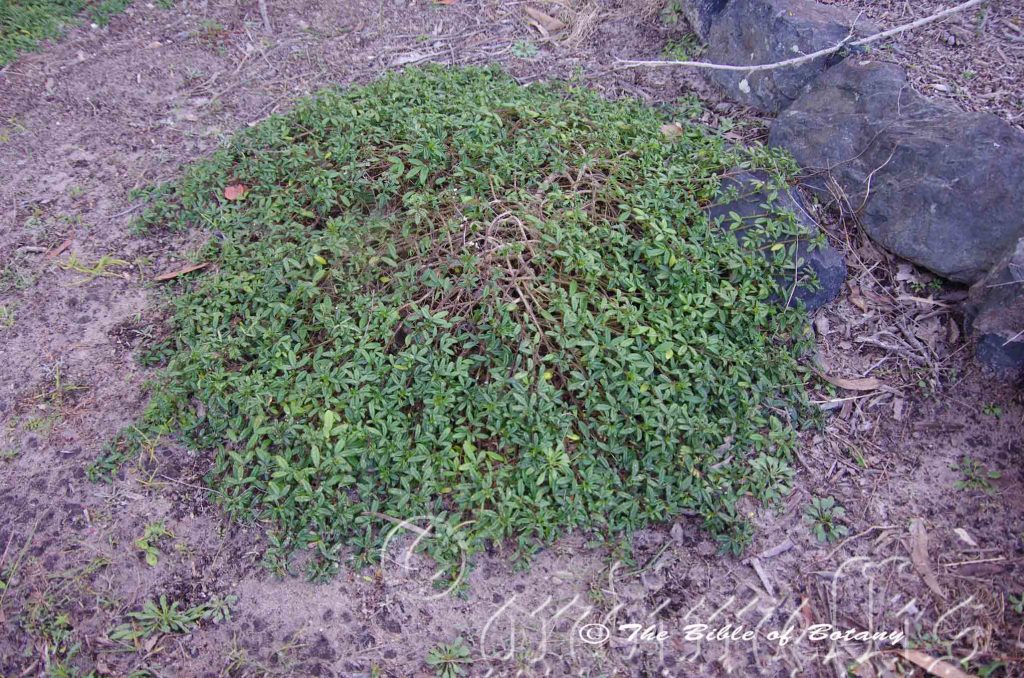
NCBG Coffs Harbour NSW
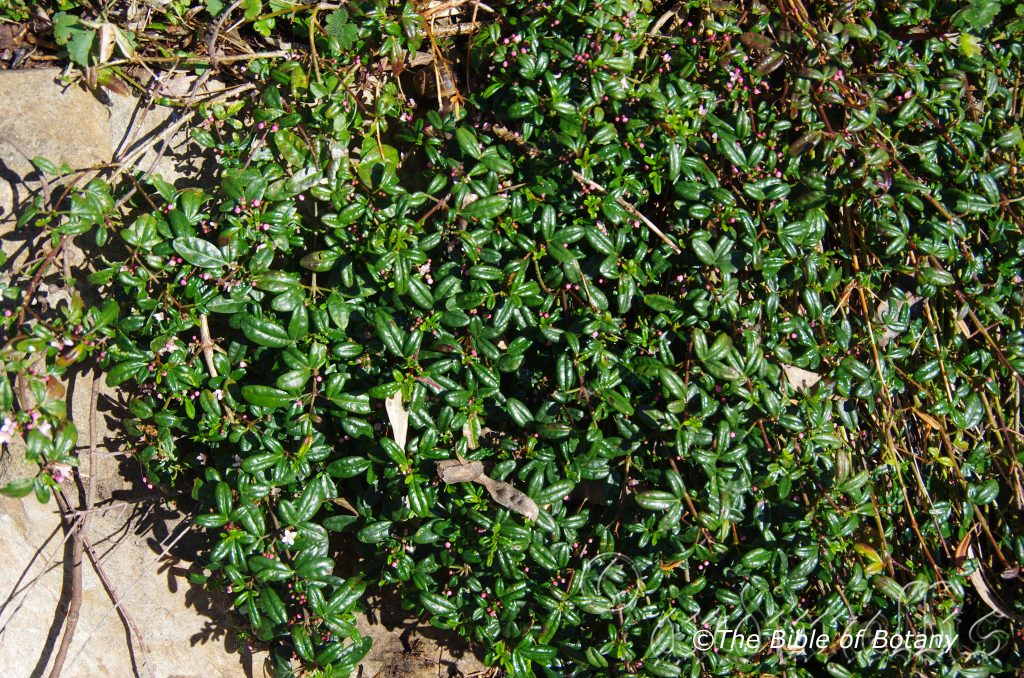
National Botanic Gardens Act
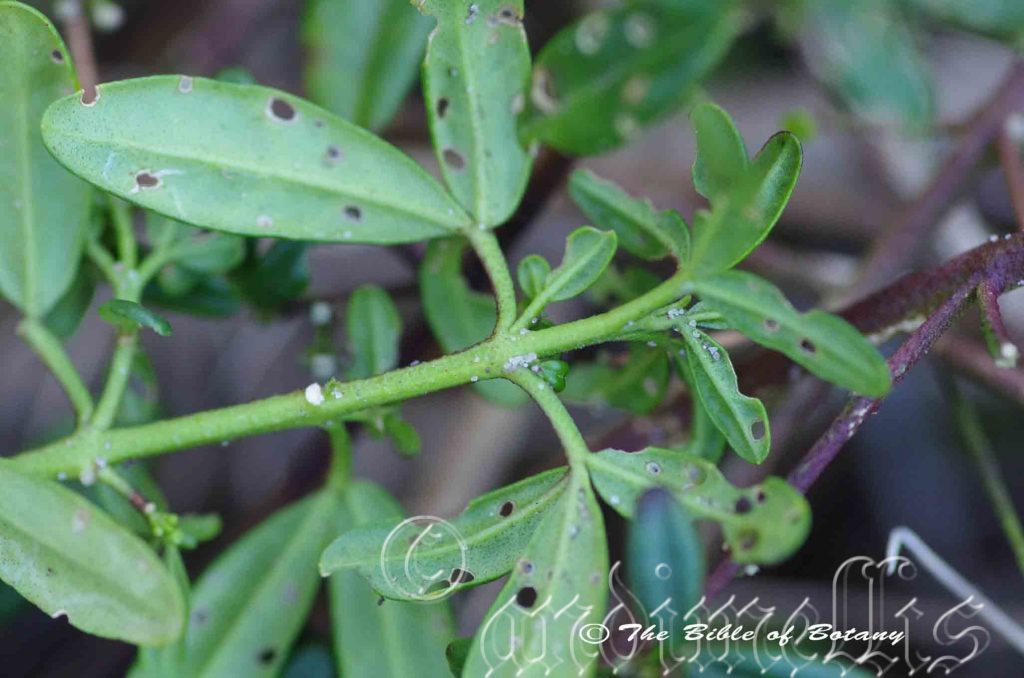
NCBG Coffs Harbour NSW
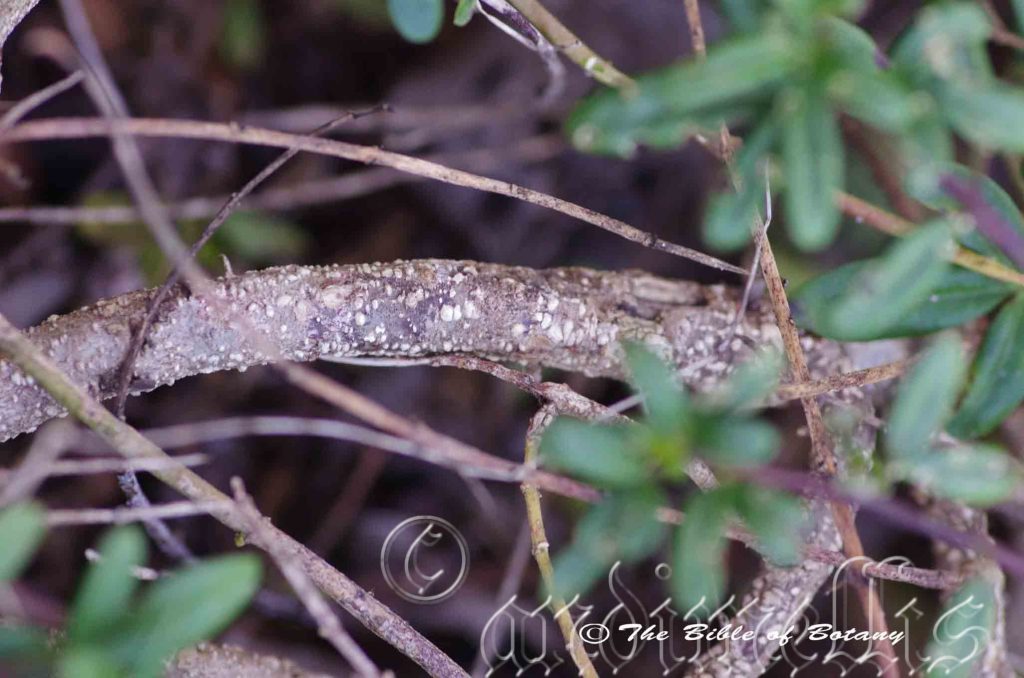
NCBG Coffs Harbour NSW
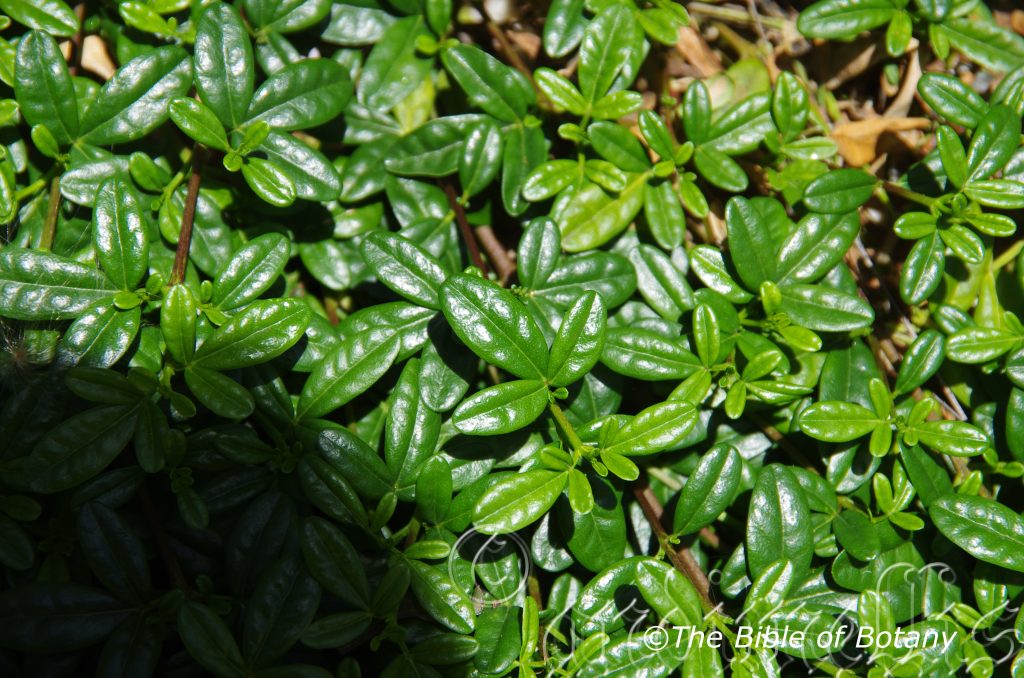
NCBG Coffs Harbour NSW
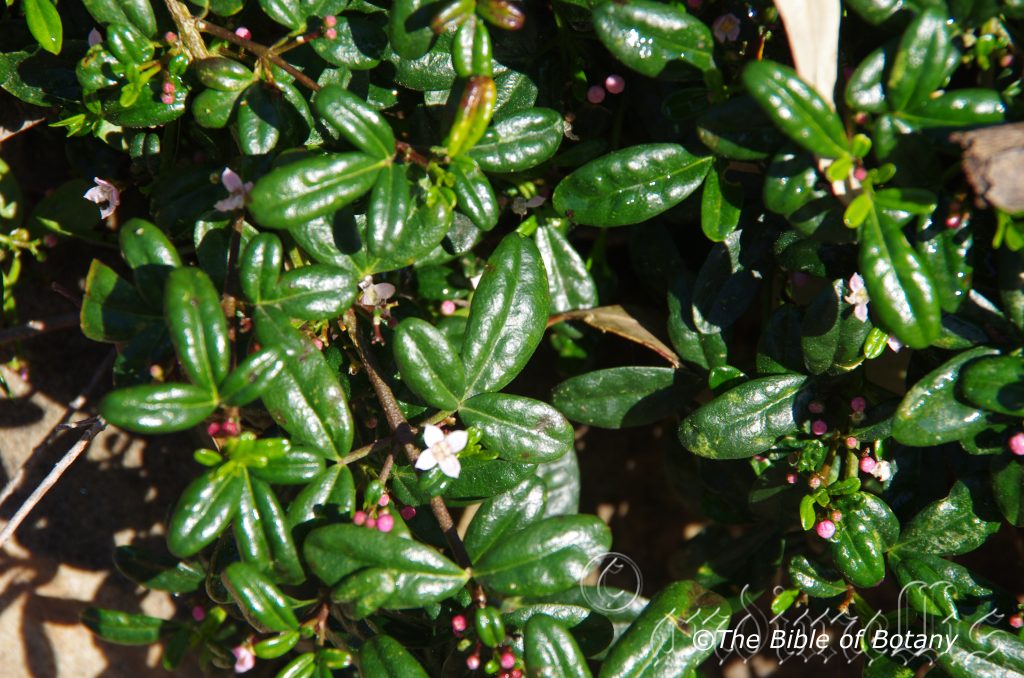
National Botanic Gardens Act
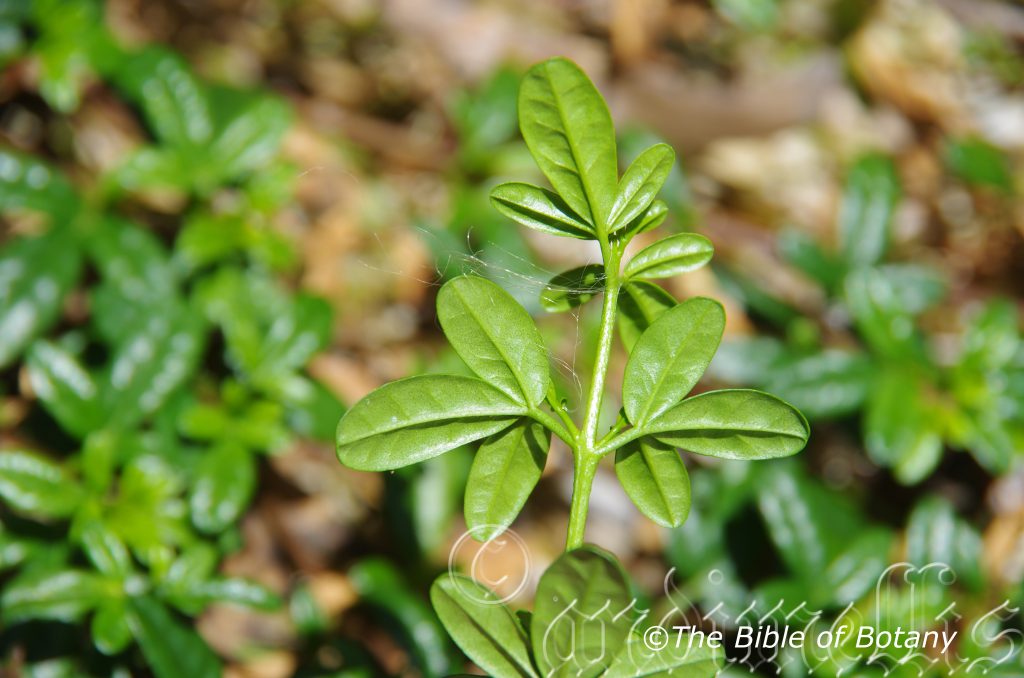
NCBG Coffs Harbour NSW

National Botanic Gardens Act
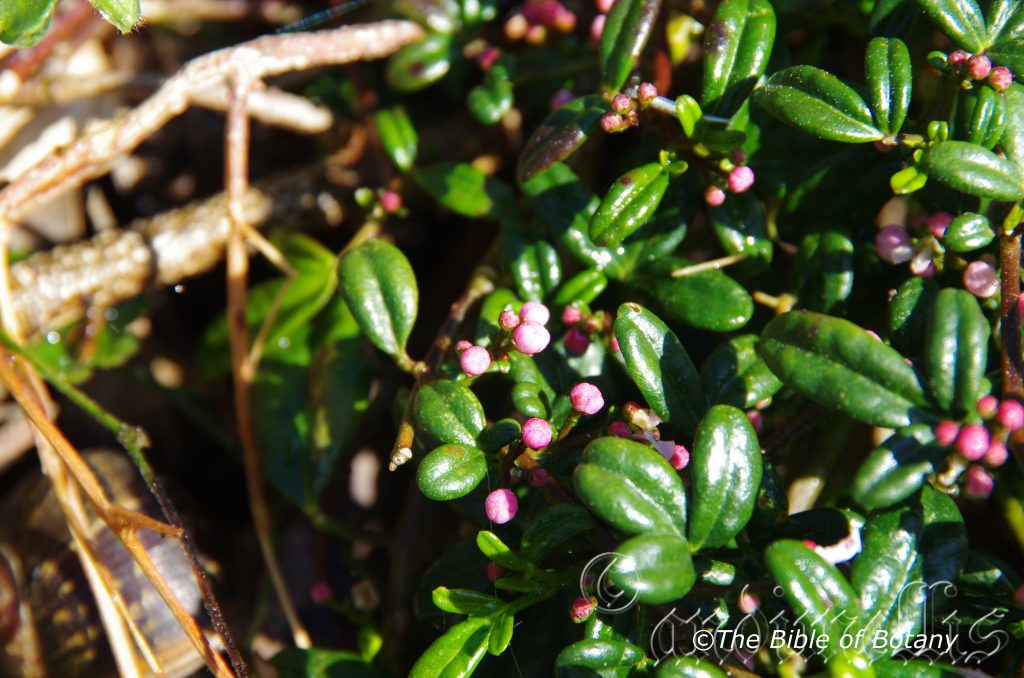
National Botanic Gardens Act
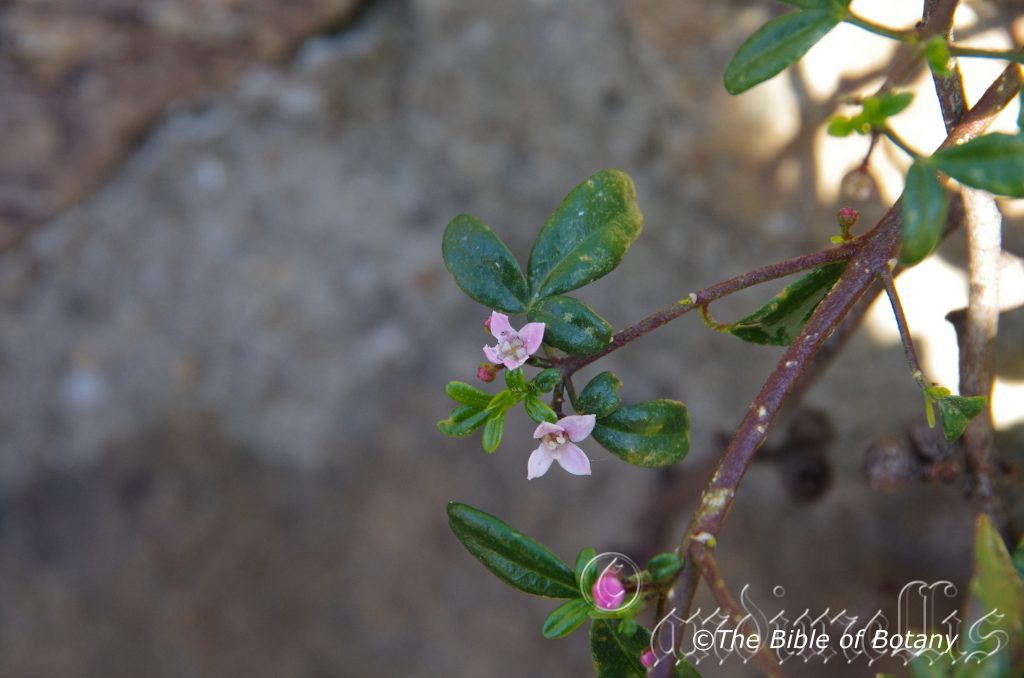
National Botanic Gardens Act
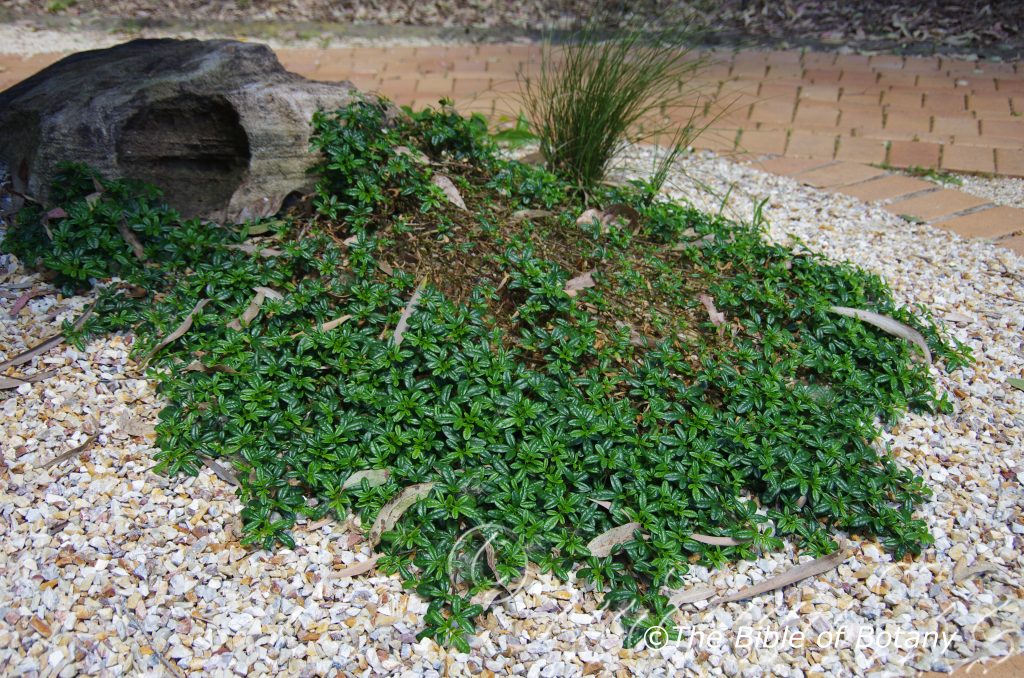
NCBG Coffs Harbour NSW
Zieria prostrata
Classification
Unranked: Eudicots
Class: Rosids
Order: Sapindales
Family: Rutaceae
Genus: Is named in honour of John Zier; 17..-1793, who was a Polish botanist.
Specie: From Prōstrātum, which is Latin for to throw on the ground or lie on the ground. It refers to plants, which grow flat on the ground.
Common Name: Headland Zieria
Distribution:
Zieria prostrata is restricted to a few beach heads south of Grafton to north of Coffs Harbour in northern coastal New South Wales.
https://avh.ala.org.au/occurrences/search?taxa=Zieria+prostrata#tab_mapView
Habitat Aspect Climate:
Zieria prostrata prefers light dappled shade to full sun. It grows in dry coastal headland heaths along the coast. The altitude ranges from 8 meters ASL to 30 meters ASL.
The temperatures range from 3 degrees in July to 36 degrees in February.
The rainfall ranges from lows of 1100mm to an average of 1700mm annually.
Soil Requirements:
Zieria prostrata prefers to grow on better quality, skeletal sandy loams to light fatty clays. The soils are derived from decomposed sandstones. The soils pH ranges from 5pH through to 5.5pH are preferred where the water can drain freely. It does not tolerate waterlogged soils. Non saline soils to moderately saline soils are tolerated as are salt laden winds.
Height & Spread:
Wild Plants: 0.1m to 0.2m by 0.3m to 0.6m.
Characteristics:
Zieria prostrata’s grows as a dense mat forming small ground cover with brown stems which turn deep grass-green towards the apexes. The angulated stems are ridged, glabrous and sparsely covered in minute oil glands near the apexes.
The opposite, trifoliate leaflets of Zierra prostrata measure 8mm to 16mm in length by 3mm to 6mm in width. The center leaflet is more variable and longer than the 2 lateral leaflets. The middle leaflet is oblong to obovate while the 2 lateral leaflets are oblong. The mid green to grass-green petioles moderately to densely covered in off white tomentose hairs and hirsute-stellate hairs. The petioles measure 3mm to 4.5mm in length while the leaflets are sessile. The bases taper to the petiole while the apexes are obtuse. The concolourous laminas are deep grass-green to sea-green, glabrous, glossy and covered in minute oil glands. The laminas are slightly to strongly convex from the mid vein to the margins. The margins are entire. The midvein is strongly prominent on the lower lamina while the pinnate lateral veins are slightly prominent on the lower lamina.
The inflorescences of Zieria prostrata are small cymes or panicles born from the leaf axil. There are 2 to 32 usually 3 to 7 individual flowers on the panicle. The panicles measure 10mm to 16mm in length.The 4 mid green calyx lobes are triangular and broader than long. The glabrous lobes measure 0.5mm to 1.0mm in length. The 4 oblong, imbricate, petals are mid to deep pink externally and pastel pink internally. The petals are sparsely covered in short, soft, white stellate-puberulent hairs externally and are glabrous internally. The petals apexes are broad acute-obtuse or obtuse with a mucronate to apiculate tip. The petals measure 2mm to 3mm in length by 1.5mm to 2.3mm in width.The 4 alternate, white, filaments measure 1mm to 1.6mm in length. The short, flattened, oblong, abaxially, dorsifixed anthers have a truncate base and obtuse apex. The anthers measure 1mm to 1.5mm in length by 0.75mm to 1mm in width.
The short pastel green, urceolate style is sparsely covered with short stellate hairs on the basal half and measures 0.3mm to 0.5mm in length. The flowers appear from August to October.
Zieria prostrata’s fruit is an obovoidal, glabrous cocci. The cocci are covered in minute oil glands. The green cocci turn red when ripe. The style is persistent at the apex of the ripe cocci.
Wildlife:
Zieria prostrata is the host plant for the citrus orchard butterfly Papilio aegeus.
Cultivation:
Zieria prostrata is a beautiful, rather densely, compact, ornamental domed ground cover that can be grown in association with other open forest trees, under story specie in an open woodland garden or as a larger dense foliage plant in heath gardens within small gardens. It is ideal at the edge of a rockery garden mixed with native succulents where it really stands out. In cultivation it usually grows from 0.1 meters to 0.2 meters in height by 0.5 meters to 0.6 meters in diameter when grown in the open. It can be regularly tipped pruned to increase bushiness and overall vigour of the plant but really is not necessary unless a smaller shrub is sought.
It grows exceptionally well on light clays and sandy loams with copious amounts of leaf litter or pebble mulch to keep the soil cool and moist at all times. Add to the above, if it is given an adequate supply of water and a little native fertilizer on a regular basis the plants should respond with good flowering and fruit over a long period. If these requirements are met it can cope with temperatures as low as minus 3 degrees and up to 38 degrees once established in the garden. It is moderately drought resistant.
It often reaches its full potential in just 2 to 3 years and flower from the second year from seed.
This shrub would be ideal around swimming pools or in court yards to break up hard lines. The leaves give off a faint citrus aroma when crushed and contain a natural lanoline which is soothing when rubbed into the hands or skin. Here it is reported to be a good repellent against mosquitoes. I have never had plants available when mosquitoes are present so cannot vouch for this but the aroma certainly would indicate it as a suitable source.
The plants have appeal when planted next to paths so you can run your hands over the foliage to enjoy the released aroma and would be an excellent addition to a small aromatic garden bed. I can visualise the plants mass planted in small pockets over a rockery and interspersed with small clumped annuals or perennials like Hibbertia diffusa or Hibbertia acicularis for a splash of yellow.
Propagation:
Seeds: The seeds of Zieria prostrata can be removed easily from the ripe capsules. Place the seeds in the vegetable crisper of the refrigerator in a dry calico bag over winter and sow in the spring once the last frosts have subsided. The seeds are erratic and may take several months for all the seeds to germinate.
Sow freshly treated seeds directly into a seed raising mix, keeping them moist not wet. Do not over water as the seeds will rot off before germination takes place. Place the trays in a cool shaded area with 50mm shade cloth in the bush house.
When the seedlings are 20mm to 25mm tall, prick them out and plant them into 50mm native tubes using a good organic mix.As the seedlings roots reach the bottom of the tubes plant them out into their permanent position. Do not delay as some set back will occur until the new roots emerge.
Cuttings: Fortunately like most Zieria, Zieria prostata cuttings strike relatively easy. Use 100mm to 150mm long tip cuttings or lateral shoots from the present season’s growth. Take them in warmer months of the year. Remove half the leaves from the bottom section being careful not to tear the bark. Remove a slither from the bark from the bottom on one side of the cutting. Using a weak rooting hormone, dip the cutting in and place it in a moist sterile seed raising mix.
1 Prepare the cutting mix by adding two thirds sharp clean river sand, one third peat or one third perlite. These ingredients must be sterilized,
2 Select good material from non-diseased plants,
3 Select semi green stems for cuttings,
4 Place the cutting on a flat, hard surface, and make a clean cut down one side of the cutting at the base for 10mm with a sharp sterile knife or razor blade. – This scarification of the node will increase the chances of roots emerging from this spot. Now remove all but one or two the leaves, leaving the apex leaves intact. If the leaves are very large in proportion to the stem, cut off the apical halves.
5 Fill a saucer with water, and place a little medium strength rooting hormone into another container like a milk bottle top. Dip the node end of the cutting into the water and then into the rooting hormone. Tap off any excess hormone,
6 Use a small dipple stick or old pencil to poke a hole into the soilless potting mix. Ensure the hole is slightly larger than the stem diameter and be careful not to wipe the rooting hormone off the cuttings base. Place 2 to 4 cuttings in each of the 50mm native tubes,
7 I like to place the tubes in bucket with holes drilled in the bottom to allow excess water to drain out. A plastic bag that fits over the bucket is ideal to help maintain temperature and moisture. Place in a semi shaded, warm position like under 50mm shade cloth.
8 When the cuttings have struck, open the bag to allow air circulation for a few days to a week,
9 Once hardened off remove the cuttings from the bag and allow to further hardening for a few more days to a week,
10 Transplant into a good potting mix to grow on.Fertilize using seaweed, fish emulsion or organic chicken pellets soaked in water on an alternate basis.
Fertilize every two months until the plants are established then annually in early September or March to maintain health, vitality and better flowering.
Further Comments from Readers:
“Hi reader, it seems you use The Bible of Botany a lot. That’s great as we have great pleasure in bringing it to you! It’s a little awkward for us to ask, but our first aim is to purchase land approximately 1,600 hectares to link several parcels of N.P. into one at The Pinnacles NSW Australia, but we need your help. We’re not salespeople. We’re amateur botanists who have dedicated over 30 years to saving the environment in a practical way. We depend on donations to reach our goal. If you donate just $5, the price of your coffee this Sunday, We can help to keep the planet alive in a real way and continue to bring you regular updates and features on Australian plants all in one Botanical Bible. Any support is greatly appreciated. Thank you.”
In the spirit of reconciliation we acknowledge the Bundjalung, Gumbaynggirr and Yaegl and all aboriginal nations throughout Australia and their connections to land, sea and community. We pay our respect to their Elders past, present and future for the pleasures we have gained.
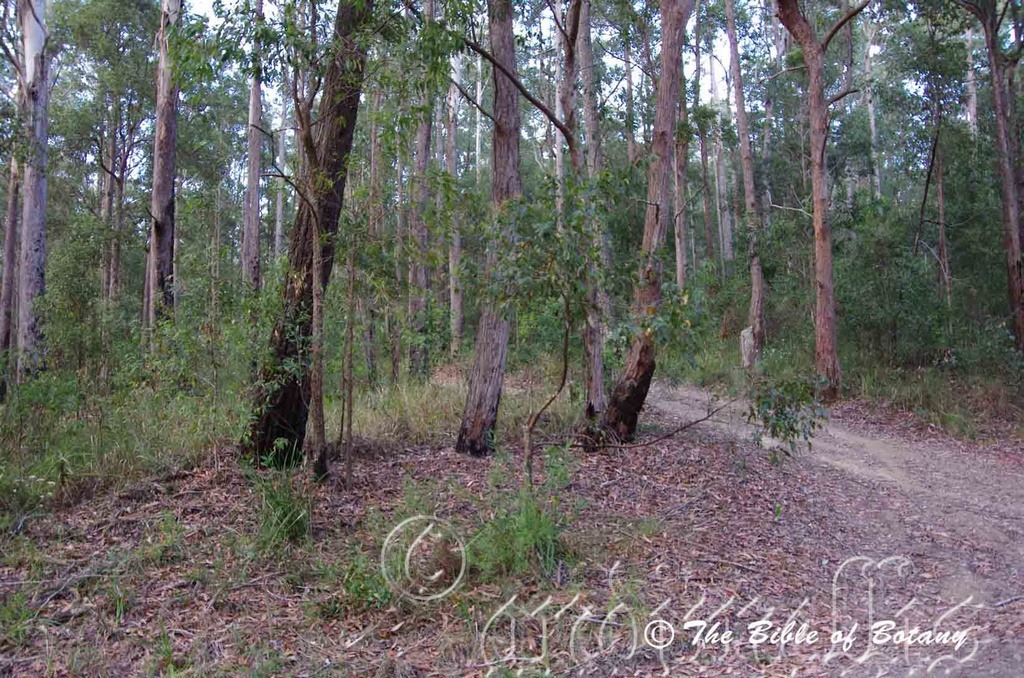
Kendall NSW
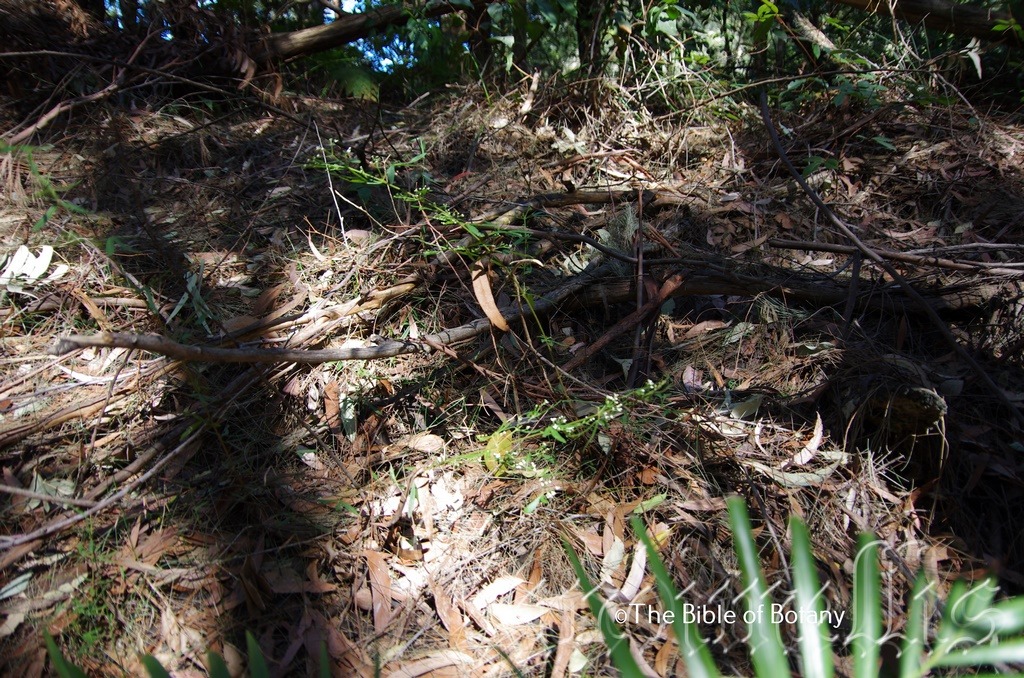
Washpool National Park NSW
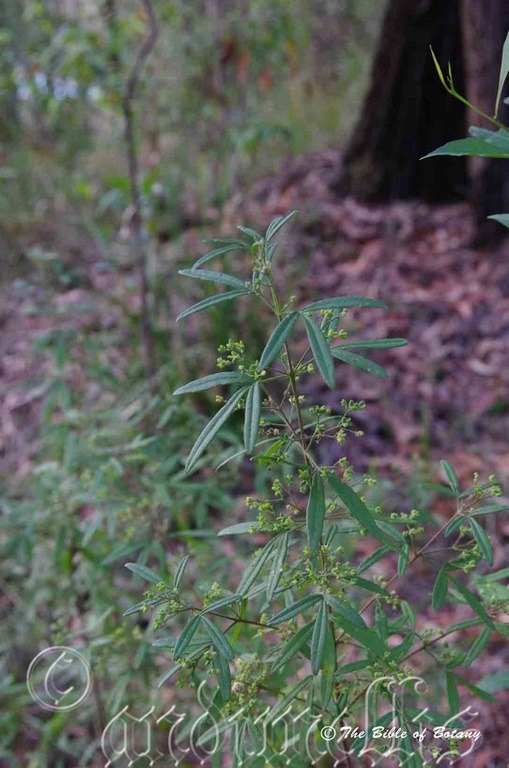
Kendall NSW
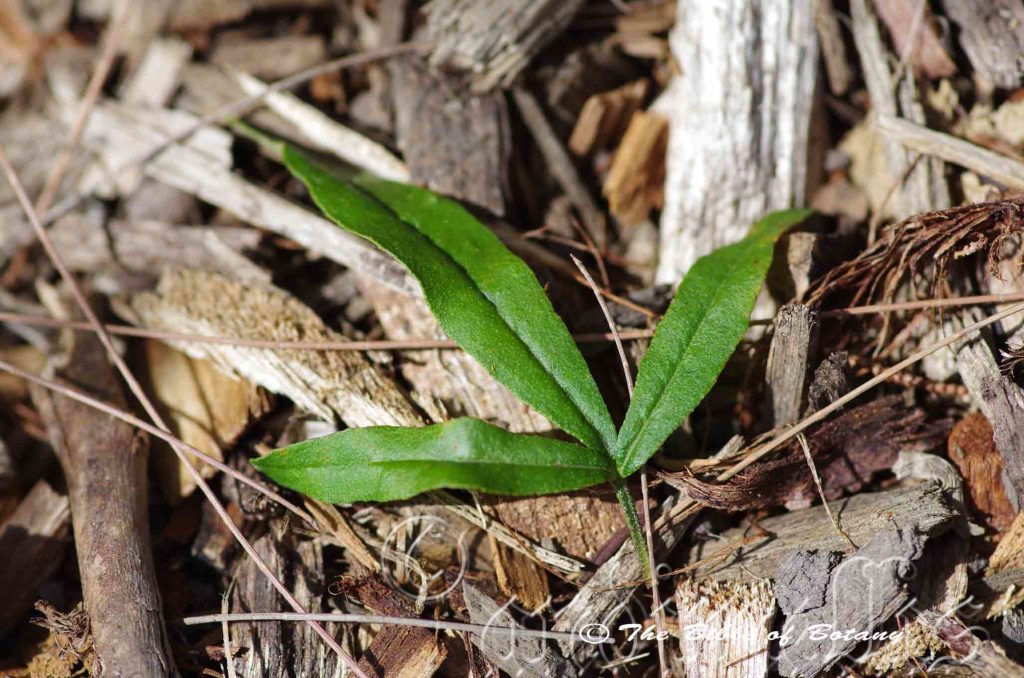
Nana Glen NSW
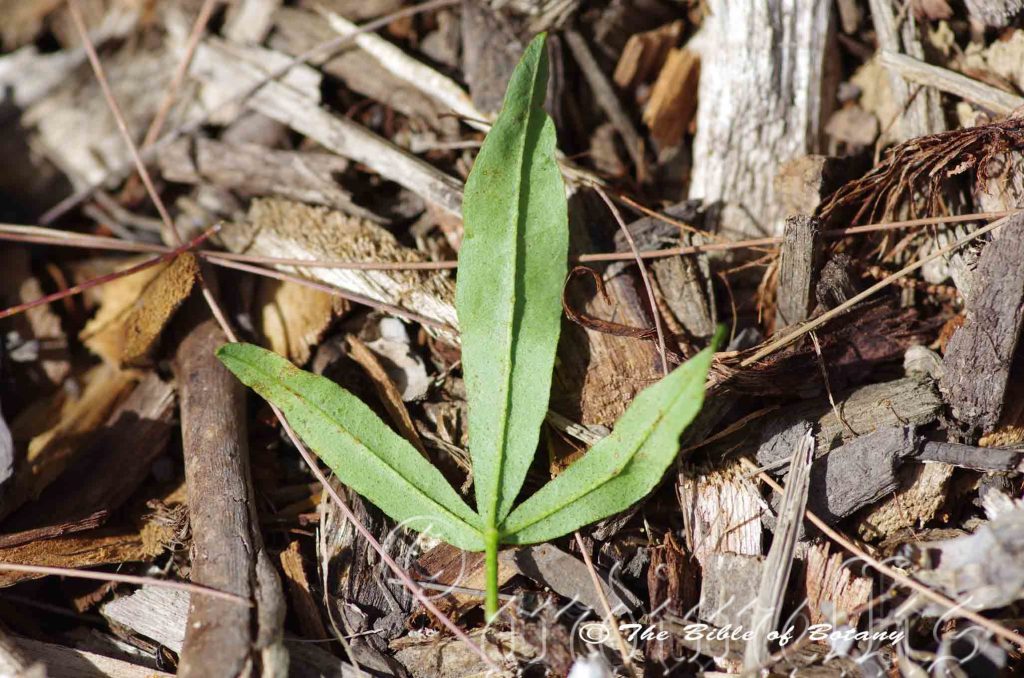
Nana Glen NSW
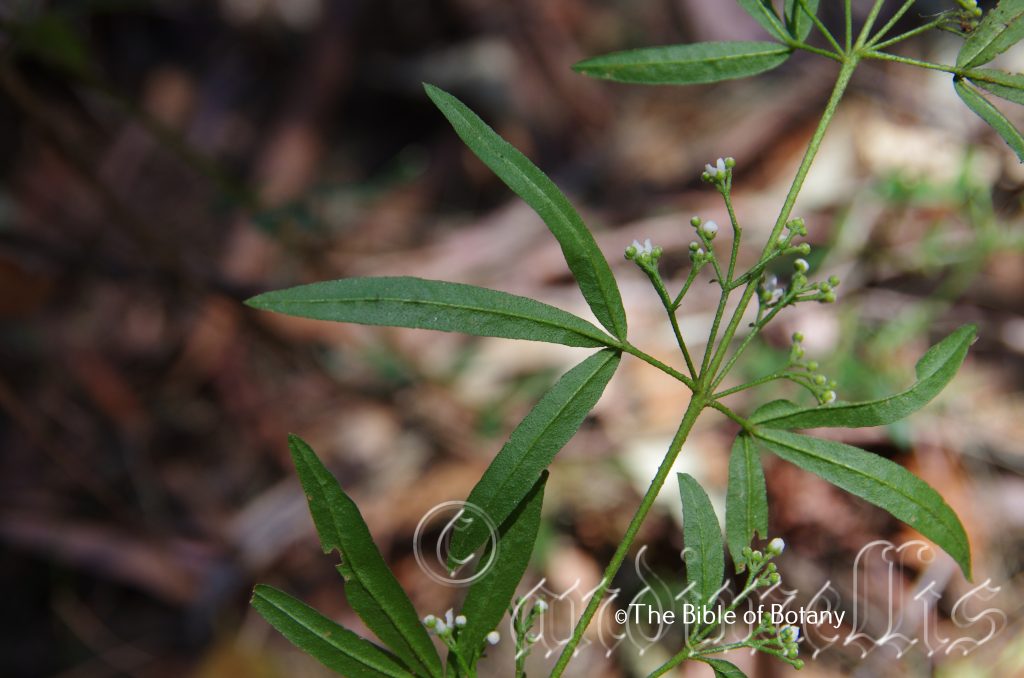
Washpool National Park NSW
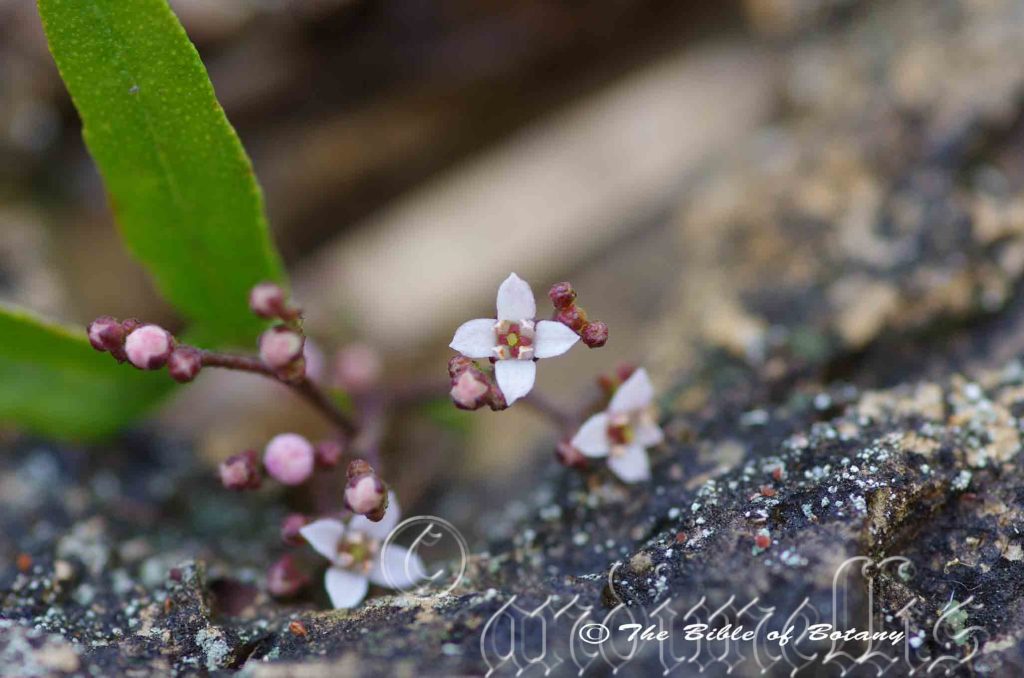
Nana Glen NSW
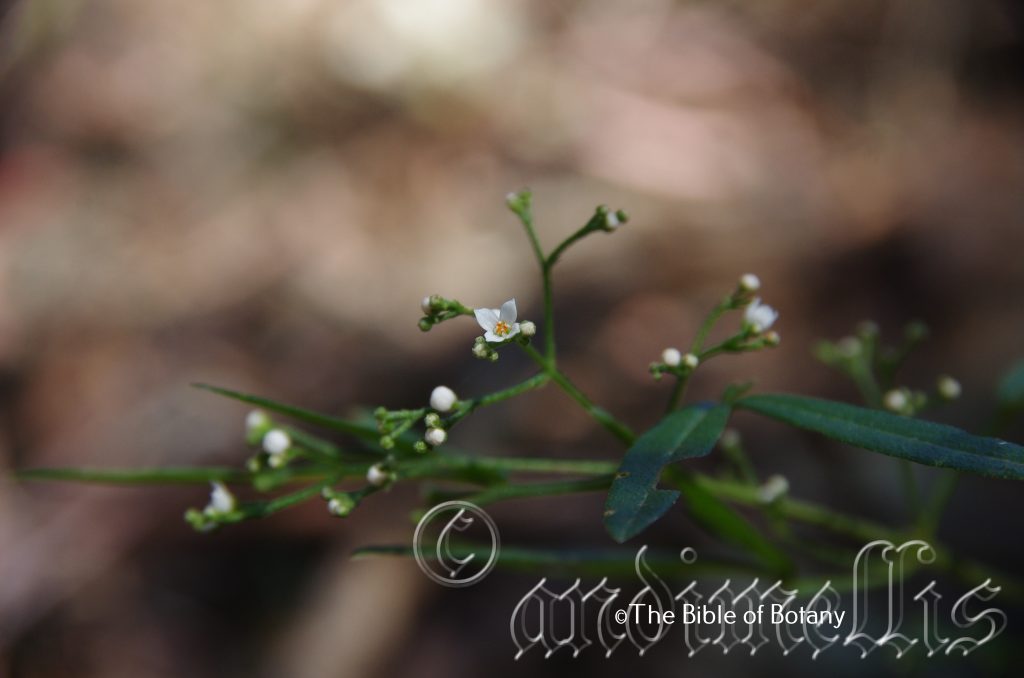
Washpool National Park NSW

Washpool National Park NSW
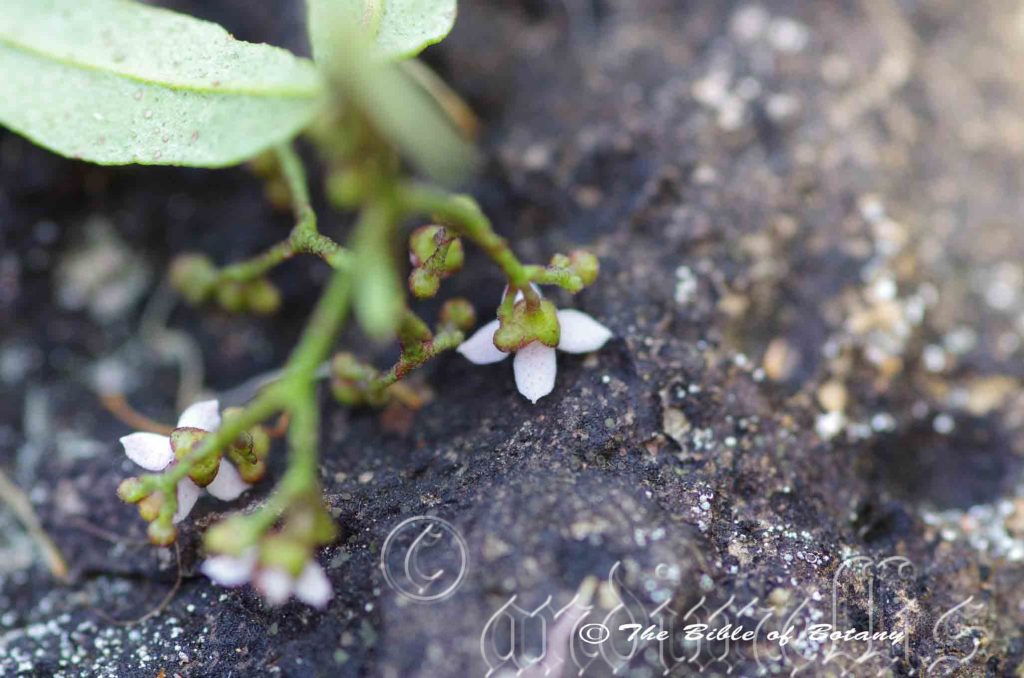
Nana Glen NSW
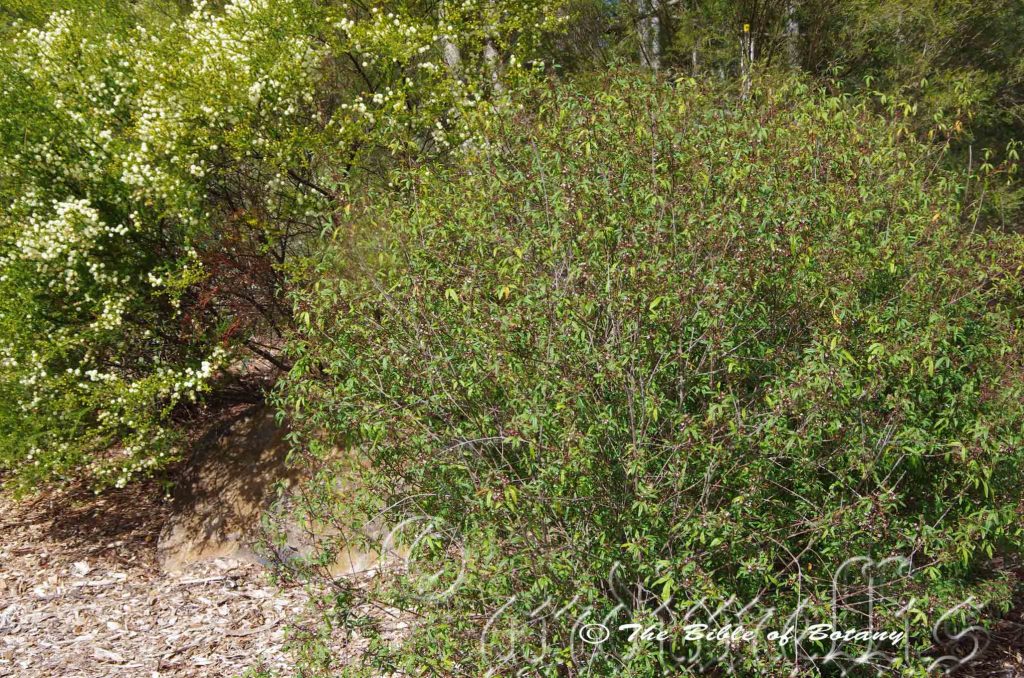
Coffs Harbour Botanic Gardens NSW
Zieria smithii
Classification
Unranked: Eudicots
Class: Rosids
Order: Sapindales
Family: Rutaceae
Genus: Is named in honour of John Zier; 17..-1793, who was a Polish botanist.
Specie: Is named in honour of Henry George Smith; 1852-1924, who was an Australian phytochemist working on essential oils from Australian native plants.
Common Name: Lanoline Bush.
Distribution:
Zieria smithii is found south from the Daintree National Park in far north Queensland and then in several disjunct populations south to the Croajingalong National Park in north western Gippsland in Victoria. It mainly occurs on and east of the Great Dividing Range. It is mainly found mainly on and east of the Great Dividing Range to the coast.
There is a small single population in the north eastern corner of Tasmania.
https://avh.ala.org.au/occurrences/search?taxa=Zieria+smithii#tab_mapView
Habitat:
Zieria smithii prefers light dappled shade to full sun. It grows in moist, warm, temperate rainforests moist, warm, subtropical rainforests, moist cool tropical rainforests, gallery forests or littoral rainforests on flats slopes, hills or riparian zones. The altitude ranges from 0 meters ASL to 0 meters ASL.
The temperatures range from minus 2 degree in July to 40 degrees in January.
The rainfall ranges from lows of 900mm to an average of 3000mm annually.
Soil Requirements:
Zieria smithii prefers to grow on better quality, loams to medium clays. The soils are usually derived from decomposed brown basalts, black basalts, shale, metamorphic rocks, granites or sandstones. The soils pH ranges from 4.5pH through to 7pH. It does not tolerate waterlogged soils. Non saline soils to moderately saline soils are tolerated.
Height & Spread: Wild Plants: 1m to 1.8m by 0.8m to 1.5m.
Characteristics: Zieria smithii grows as a small shrub with deep sea-green stems that are covered in farinaceous lumps and are faintly glabrescent. They are more prominent on juvenile shrubs and are larger and more tuberculate on older stems. The younger stems are slightly ridged, glabrous or sparsely covered in white stellate or tomentose hairs.
Zieria smithii’s opposite, trifoliate leaves are narrow-elliptical, oblong to lanceolate and measure 20mm to 45mm in length by 4mm to 7mm in width. The center leaflet is the longest. The petioles measure 10mm to 20mm in length while the leaflets are sessile. The bases are symmetrical and cuneate-attenuate while the apexes are acute. The discolourous laminas are deep sea green, glabrous or farinaceous and covered in large oil glands on the upper lamina while the lower lamina is slightly paler to much paler without oil glands. The laminas are slightly undulating and are recurved. The margins are entire. The midvein is prominent on the lower lamina and distinctly visible from above being paler or purplish in colour.
The inflorescences of Zieria smithii are loose cymes born from the leaf axils and measure 30mm to 40mm in length by 30mm to 40mm in diameter. There are 10 to 60 flowers on the cymes. The pedicels measure 10mm to 17mm in length while the peduncles measure 3mm to 5mm in length. The 4 deep sea-green calyx lobes are triangular and measure 1mm to 1.5mm in length. The 4 petals are white or pale pink and sparsely covered in white pulverulent hairs. They measure 2.5mm to 4mm in length. The petals are broader and imbricate on the form found at Diggers Head near Coffs Harbour.The 4 white stamens measure 0.6mm to 0.8mm in length with yellow or orange anthers. The short lime green, urceolate styles measure 0.3mm to 0.5mm in length. The stigma is pale lime green.
Zierra smithii flowers appear from August to October and again between March and early May.
Zieria smithii’s fruits are obovoid, 4 chamber cocci capsule. The capsules measure 6mm to 8mm in length by 2mm to 3mm in width and 5mm to 7mm in depth. The follicles are tuberculate and brown externally and fawn internally on ripening. The single, ovoid, longitudinally striated, deep grey seed measures 6mm in length by 4mm in diameter.
Wildlife:
Zieria smithi’s wildlife is unknown to the author.
The leaves have a mild scent containing strong essential oils, which are are considered a substitute for headaches in small doses but can actually cause headaches if to much is eaten.
Zieria smithii is an unusual ornamental shrub that should be grown in association with other rainforest under story specie or as a small feature in small clumps in small gardens. It is ideal at the edge of a rain forest gardens or deep in the center of the rainforest. In cultivation it grows from 1 meter to 1.5 meters in height by 0.8 meters to 1.2 meters in diameter when grown in the open. It can be regularly tipped pruned in increase bushiness and overall vigour of the plant
It grows exceptionally well on light clays and sandy loams with copious amounts of leaf litter to keep the soil cool and moist at all times. Add to the above, if it is given an adequate supply of water and a little native fertilizer on a regular basis the plants should respond with good flowering and fruit over a long period. If these requirements are met it can cope with temperatures as low as minus 5 degrees and up to 36 degrees. It is moderately drought resistant.It often reaches their full potential in just 2 to 3 years and flowers from the third year from seed in the garden.
This shrub would be ideal around swimming pools or in court yards to break up hard lines. The leaves give off a faint citrus aroma when crushed and contain a natural lanoline which is soothing when rubbed into the hands or skin. Here it is reported to be a good repellent against mosquitoes. I have never had plants available when mosquitoes are present so cannot vouch for this but the aroma certainly would indicate it as a suitable source.The plants have appeal when planted next to paths so you can brush your hands over the foliage to enjoy the released aroma.
Propagation
Seeds: Seeds of Zieria smithii can be removed easily from the ripe capsules.Sow fresh seeds directly into a seed raising mix, keeping them moist not wet. Do not over water as the seeds will rot off before germination takes place. Place the trays in a cool shaded area with 50mm shade cloth in the bush house.
When the seedlings are 20mm to 25mm tall, prick them out and plant them into 50mm native tubes using a good organic mix.
As the seedlings roots reach the bottom of the tubes plant them out into their permanent position. Do not delay as some set back will occur until the new roots emerge.
Cuttings: Fortunately Zieria smithii cuttings strike relatively easy. Use 100mm to 150mm long tip cuttings or lateral shoots from the present season’s growth. Take them in warmer months of the year. Remove half the leaves from the bottom section being careful not to tear the bark. Remove a slither from the bark from the bottom on one side of the cutting. Using a weak rooting hormone, dip the cutting in and place it in a moist sterile seed raising mix.
1 Prepare the cutting mix by adding two thirds sharp clean river sand, one third peat or one third perlite. These ingredients must be sterilized,
2 Select good material from non-diseased plants,
3 Select semi green stems for cuttings,
4 Place the cutting on a flat, hard surface, and make a clean cut down one side of the cutting at the base for 10mm with a sharp sterile knife or razor blade. – This scarification of the node will increase the chances of roots emerging from this spot. Now remove all but one or two the leaves, leaving the apex leaves intact. If the leaves are very large in proportion to the stem, cut off the apical halves.
5 Fill a saucer with water, and place a little medium strength rooting hormone into another container like a milk bottle top. Dip the node end of the cutting into the water and then into the rooting hormone. Tap off any excess hormone,
6 Use a small dipple stick or old pencil to poke a hole into the soilless potting mix. Ensure the hole is slightly larger than the stem diameter and be careful not to wipe the rooting hormone off the cuttings base. Place 2 to 4 cuttings in each of the 50mm native tubes,
7 I like to place the tubes in bucket with holes drilled in the bottom to allow excess water to drain out. A plastic bag that fits over the bucket is ideal to help maintain temperature and moisture. Place in a semi shaded, warm position like under 50mm shade cloth.
8 When the cuttings have struck, open the bag to allow air circulation for a few days to a week,
9 Once hardened off remove the cuttings from the bag and allow to further hardening for a few more days to a week,
10 Transplant into a good potting mix to grow on.Fertilize using seaweed, fish emulsion or organic chicken pellets soaked in water on an alternate basis.
Fertilize every two months until the plants are established then annually in early September or March to maintain health, vitality and better flowering.
Further Comments from Readers:
“Hi reader, it seems you use The Bible of Botany a lot. That’s great as we have great pleasure in bringing it to you! It’s a little awkward for us to ask, but our first aim is to purchase land approximately 1,600 hectares to link several parcels of N.P. into one at The Pinnacles NSW Australia, but we need your help. We’re not salespeople. We’re amateur botanists who have dedicated over 30 years to saving the environment in a practical way. We depend on donations to reach our goal. If you donate just $5, the price of your coffee this Sunday, We can help to keep the planet alive in a real way and continue to bring you regular updates and features on Australian plants all in one Botanical Bible. Any support is greatly appreciated. Thank you.”
In the spirit of reconciliation we acknowledge the Bundjalung, Gumbaynggirr and Yaegl and all aboriginal nations throughout Australia and their connections to land, sea and community. We pay our respect to their Elders past, present and future for the pleasures we have gained.

Washpool National Park NSW
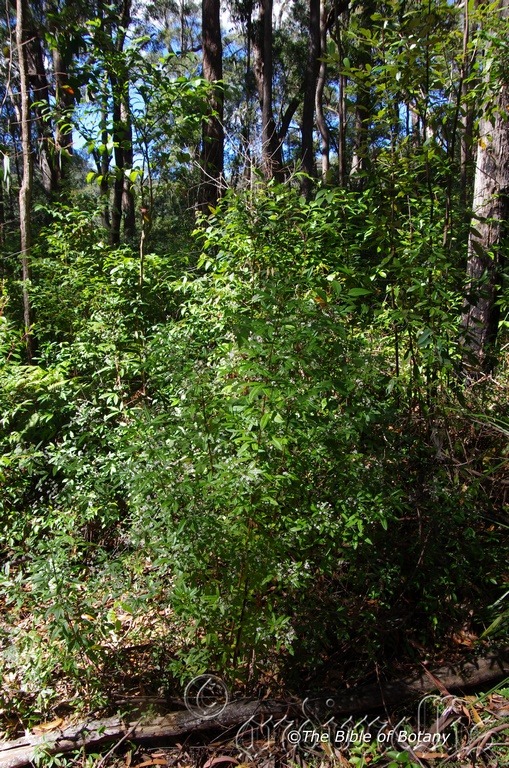
Washpool National Park NSW
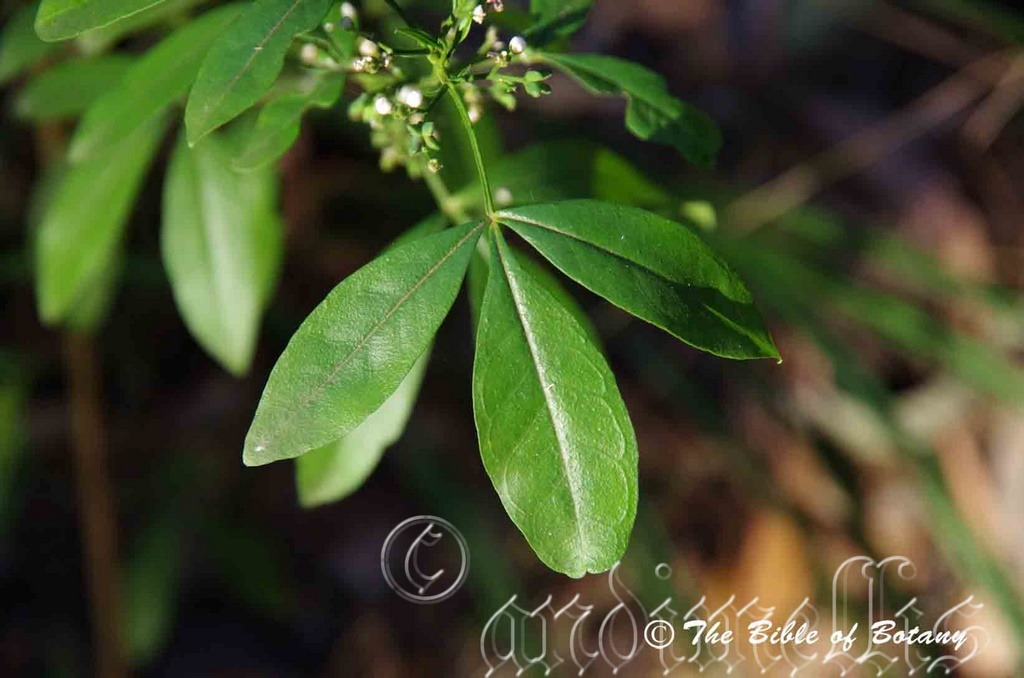
Kendal NSW
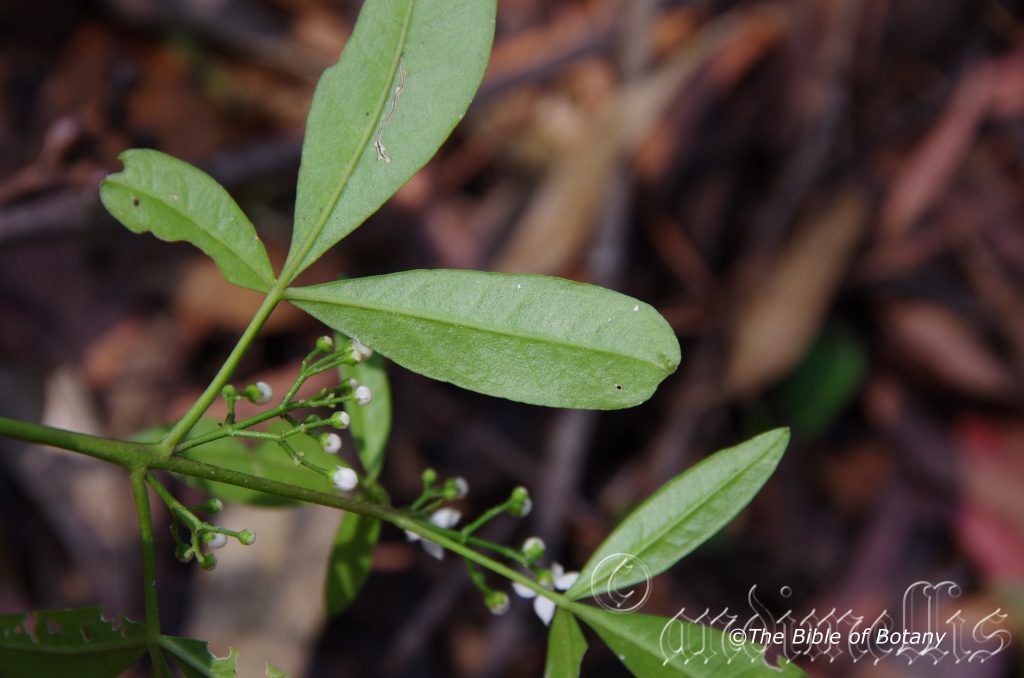
Washpool National Park NSW
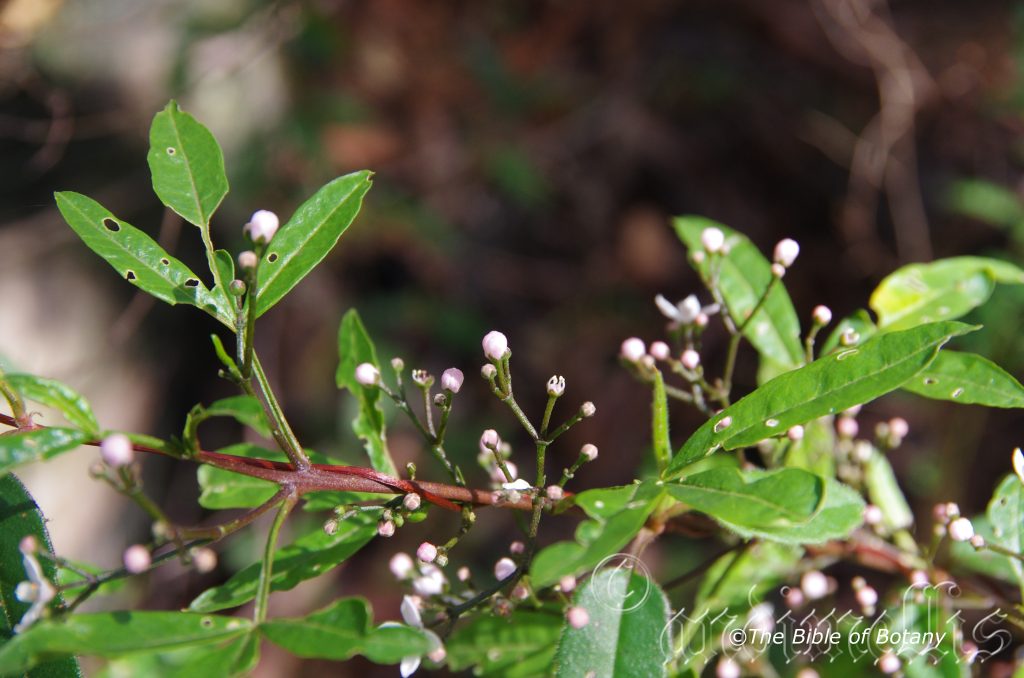
Washpool National Park NSW

Washpool National Park NSW
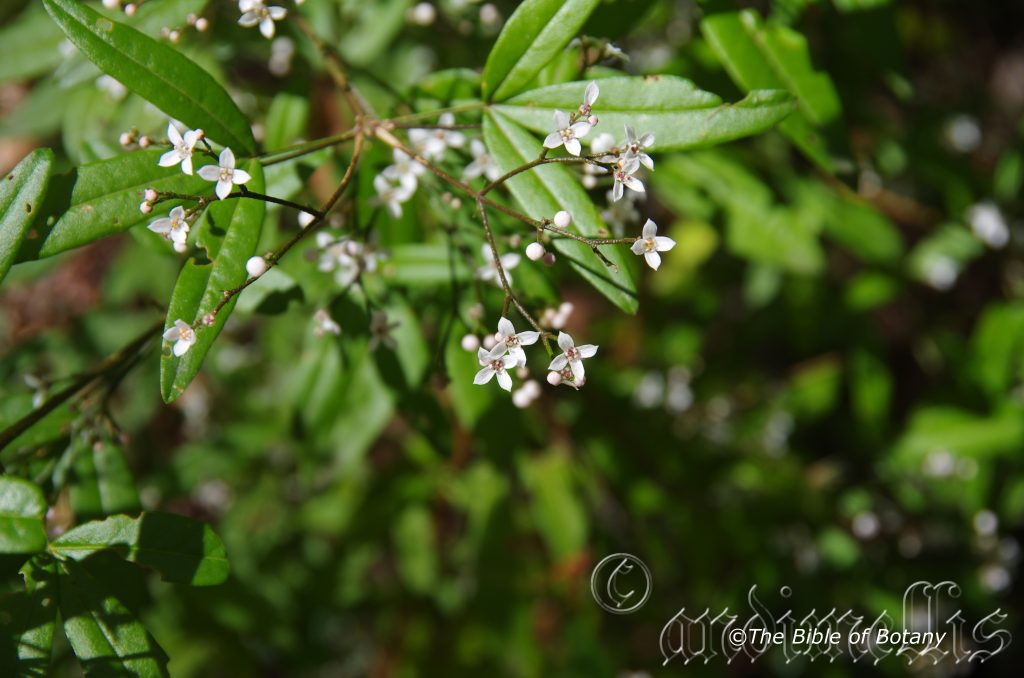
Washpool National Park NSW
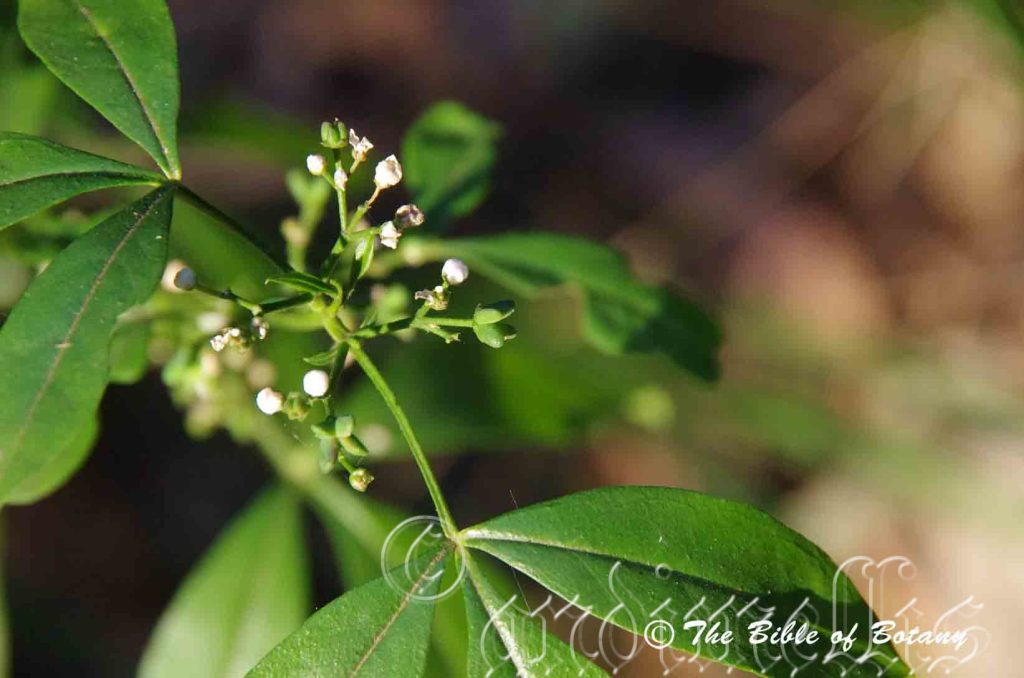
Kendal NSW
Zieria southwellii
Classification
Unranked: Eudicots
Class: Rosids
Order: Sapindales
Family: Rutaceae
Genus: Is named in honour of John Zier; 17..-1793, who was a Polish botanist.
Specie: Is named in honour of Daniel Southwell; 1764-1797, who was a British midshipman and diarist on the Sirrus who noted 100 aboriginal place names around Port Jackson and Botany Bay.
Common Name:
Distribution:Zieria southwellii is restricted to a small area between Coomera in far south eastern Queensland to Walcha and south west of Kew in far north eastern coastal New South Wales.
https://avh.ala.org.au/occurrences/search?taxa=Zieria+southwellii#tab_mapView
Habitat Aspect Climate:
Zieria southwellii prefers light dappled shade to full sun. It grows adjacent to cool subtropical rainforests, warm temperate rainforests in moist sclerophyll forest or at times moist heaths. The altitude ranges from 90 meters ASL to 1130 meters ASL.
The temperatures range from minus 3 degrees in July to 34 degrees in January.
The rainfall ranges from lows of 900mm to an average of 1800mm annually.
Soil Requirements:
Zieria southwellii prefers to grow on better quality, skeletal light clays to medium clays. The soils are usually derived from decomposed brown basalts, black basalts or granites. The soils pH ranges from 5pH through to 6pH are preferred. It does not tolerate waterlogged soils however prefer even moisture throughout the year. Non saline soils to moderately saline soils are tolerated.
Height & Spread: Wild Plants: 2m to 5m by 2m to 4m.
Characteristics:
Zieria southwellii’s grows as a small tree with semi erect to divaricate branches. The mid brown stems are glabrous while the new growth is glabrous or sparsely covered in minute white hirsute hairs. The new growth is glossy green.
The opposite, trifoliate are elliptic to broad elliptical leaflets of Zieria southwellii measure 45mm to 90mm in length by 15mm to 30mm in width. The center leaflet is more variable compared to the 2 lateral leaflets. The grass-green to mid-green petioles are glabrous to sparsely covered in white hirsute hairs and measure 20mm to 35mm in length while the leaflets are sessile. The lateral leaflets are sessile. The slightly asymmetrical bases taper to the petiole or are shortly attenuate while the apexes are tapering obtuse or are broad obtuse-acute. The concolourous or discolourous laminas are deep green to sea-green, are glabrous to sparsely covered in white stellate hairs on the upper laminas while the lower laminas are similar or greenish white and moderately covered in minute oil glands. The laminas are flat, recurve gently upwards from the midvein to the margins or gently decurve downwards from the mid vein to the margins and decurve downwards near the margins and decurve gently downwards at the base and at the apex. The margins are entire and slightly undulate. The obtuse midvein is strongly prominent on the lower lamina and is clearly visible from the upper lamina and is sparsely covered in white stellate hairs on the upper surface. The pinnate lateral veins are slightly prominent on the lower lamina and are visible from the upper laminas. The pinnate lateral veins are slightly prominent on the lower lamina.
The inflorescences of Zierra southwellii are small panicles born from the leaf axil. There are 3 to 35 usually 12 to 19 individual flowers on the panicle. The panicles measure 30mm to 70mm in length.The 4 deep green to sea-green calyx lobes are broad, hyaline, triangular, glabrous or scarious and or sparsely covered in off white hirsute hairs externally and are glabrous internally. The lobes measure 0.8mm to 1.8mm in length. The 4 oblong, imbricate, white petals are sparsely covered in short, soft, white puberulent hairs externally and are glabrous internally. The petals apexes are broad acute and measure 4mm to 5.5mm in length by 2.2mm to 3mm in width.The 4 alternate, pale green, filaments measure 0.9mm to 1.2mm in length. The short, flattened, oblong, abaxially, dorsifixed anthers have a truncate base and obtuse apex. The anthers measure 0.4mm to 0.5mm in length by 0.4mm to 0.5mm in width.
The short, urceolate style and ovary are pale green while the stigma is pastel green. The pistil measures 0.5mm to 0.8mm in length.
The flowers appear from late July to October.
Zierra southwellii’s fruits are obovoidal cocci. The cocci are covered in minute oil glands and are glabrous except for a few white stellate-ciliate hairs. The green cocci turn reddish-tan when ripe. The style is persistent at the apex of the ripe cocci.
Wildlife: Zierra southwellii wildlife is unknown to the author.
There is no information to suggest that Zieria southwellii is edible, as such the plant should not be consumed.
Cultivation:
Zierra southwellii is a beautiful, dense, compact, ornamental shrub that should be grown in association with other rainforest under story specie or as a small rainforest tree. It is ideal at the edge of a rain forest gardens or deep in the center of the rainforest. In cultivation it is grows from 3 meter to 4 meters in height by 2 meters to 3 meters in diameter when grown in the open. It can be regularly tipped pruned in encourage it to grow as a small tree or large shrub. Pruning will also increase bushiness and overall vigour of the plant.
It grows exceptionally well on light clays and sandy loams with copious amounts of leaf litter to keep the soil cool and moist at all times. Add to the above, if it is given an adequate supply of water and a little native fertilizer on a regular basis the plants should respond with good flowering and fruit over a long period. If these requirements are met it can cope with temperatures as low as minus 4 degrees and up to 36 degrees. It is moderately drought tolerant once established.
It often reaches its full potential in just 8 to 10 years and flower from the fourth or fifth year from seed.The plants have appeal when planted next to paths so you can brush your hands over the foliage to enjoy the released aroma.
The trees would probably be acceptable to most small epiphytic ferns and orchids looking at the bark but would be best to test it first or have it checked with other growers first.
Propagation:
Seeds: The seeds of Zierra southwellii can be removed easily from the ripe capsules. Place the seeds in the vegetable crisper of the refrigerator in a dry calico bag over winter and sow in the spring once the last frosts have subsided. The seeds can be erratic and may take several months for all the seeds to germinate.
Sow freshly removed seeds directly into a seed raising mix, keeping them moist not wet. Do not over water as the seeds will rot off before germination takes place. Place the trays in a cool shaded area with 50mm shade cloth in the bush house.
When the seedlings are 20mm to 25mm tall, prick them out and plant them into 50mm native tubes using a good organic mix.
As the seedlings roots reach the bottom of the tubes plant them out into their permanent position. Do not delay.
Cuttings: Fortunately Zieria southwellii cuttings strike relatively easy. Use 90mm to 110mm long tip cuttings or lateral shoots from the present season’s growth. Take them in warmer months of the year. Remove half the leaves from the bottom section being careful not to tear the bark. Remove a slither from the bark from the bottom on one side of the cutting. Using a weak rooting hormone, dip the cutting in and place it in a moist sterile seed raising mix.
1 Prepare the cutting mix by adding two thirds sharp clean river sand, one third peat or one third perlite. These ingredients must be sterilized,
2 Select good material from non-diseased plants,
3 Select semi green stems for cuttings,
4 Place the cutting on a flat, hard surface, and make a clean cut down one side of the cutting at the base for 10mm with a sharp sterile knife or razor blade. – This scarification of the node will increase the chances of roots emerging from this spot. Now remove all but one or two the leaves, leaving the apex leaves intact. If the leaves are very large in proportion to the stem, cut off the apical halves.
5 Fill a saucer with water, and place a little medium strength rooting hormone into another container like a milk bottle top. Dip the node end of the cutting into the water and then into the rooting hormone. Tap off any excess hormone,
6 Use a small dipple stick or old pencil to poke a hole into the soilless potting mix. Ensure the hole is slightly larger than the stem diameter and be careful not to wipe the rooting hormone off the cuttings base. Place 2 to 4 cuttings in each of the 50mm native tubes,
7 I like to place the tubes in bucket with holes drilled in the bottom to allow excess water to drain out. A plastic bag that fits over the bucket is ideal to help maintain temperature and moisture. Place in a semi shaded, warm position like under 50mm shade cloth.
8 When the cuttings have struck, open the bag to allow air circulation for a few days to a week,
9 Once hardened off remove the cuttings from the bag and allow to further hardening for a few more days to a week,
10 Transplant into a good potting mix to grow on.Fertilize using seaweed, fish emulsion or organic chicken pellets soaked in water on an alternate basis.
Fertilize every two months until the plants are established then annually in early September or March to maintain health, vitality and better flowering.
Further Comments from Readers:
“Hi reader, it seems you use The Bible of Botany a lot. That’s great as we have great pleasure in bringing it to you! It’s a little awkward for us to ask, but our first aim is to purchase land approximately 1,600 hectares to link several parcels of N.P. into one at The Pinnacles NSW Australia, but we need your help. We’re not salespeople. We’re amateur botanists who have dedicated over 30 years to saving the environment in a practical way. We depend on donations to reach our goal. If you donate just $5, the price of your coffee this Sunday, We can help to keep the planet alive in a real way and continue to bring you regular updates and features on Australian plants all in one Botanical Bible. Any support is greatly appreciated. Thank you.”
In the spirit of reconciliation we acknowledge the Bundjalung, Gumbaynggirr and Yaegl and all aboriginal nations throughout Australia and their connections to land, sea and community. We pay our respect to their Elders past, present and future for the pleasures we have gained.
Ziziphus oenopolia
Classification
Unranked: Eudicots
Order: Rosales
Family: Rhamaceae
Tribe: Paliureae
Genus: From Ziziphus, which is Ancient Greek from the Persian word ziza for a plant name found in ancient Persia. It refers to the similarities between the plants.
Specie: From Oenone, which is Ancient Greek for a beautiful mountain nymph and Polia, which is Ancient Greek for pale grey. It may refer to the early days of the love affair between Paris and Oenone where there would have been great lust. A good example is the fact that over 300 fly species have been recorded attending the flowers on Ziziphus oenopolia in vane attempts in courtships and mating.
Common Name: Jackal Jujube, Native Jujube, Wild Jujube or Wine Jujube.
Distribution: Ziziphus oenopolia is found in several disjunct populations east from Melville Island across the Top End of the Northern Territory to Cape Melville National Park in the east and Cairns in the south in far north Queensland.
https://avh.ala.org.au/occurrences/search?taxa=Ziziphus+oenopolia#tab_mapView
It is also found from Subtropical China and India then east through Malaya, Indonesia. and Papua New Guinee.
Habitat Aspect Climate:
Ziziphus oenopolia prefers light dappled shade to full sun. It can be found growing adjacent moist, warm, tropical rainforests, gallery forests, littoral rainforests or more often monsoonal vine forests. The altitude ranges from 5 meters ASL to 300 meters ASL in Australia however in China it is found from 500 meters ASL to over 1100 meters ASL.
The temperatures range from 10 degree in July to 40 degrees in January.
The rainfall ranges from lows of 1200mm to an average of 3200mm annually.
Soil Requirements:
Ziziphus oenopolia prefers growing on better quality, deep sandy loams to gritty to gravelly medium clays. The soils are usually derived from decomposed brown or black basalts or sandstones. The soils pH ranges from 4.5pH through to 7pH. It does not tolerate waterlogged soils. Non saline soils to moderately saline soils are tolerated.
Height & Spread: Wild Plants: 2m to 8m by 2m to 6m.
Characteristics:
Ziziphus oenopolia’s pale grey main stem or branches are rough and furrowed longitudinally. The deep olive brown stems bend away from the leaf axils in a zig zag pattern. They are covered in cream or pale yellow lenticels and sparsely covered in rusty-red puberulent hairs. The new growth is deep olive green to deep sea green and covered in fawn pilose hairs.
Ziziphus oenopolia’s chartaceous, alternate leaves are ovate, ovate-oblong or broad lanceolate and measure 20mm to 75mm in length by 10mm to 25mm in width. The soft spine like stipules measure 3mm to 10mm in length with one pointing downwards while the second one points upwards. The petioles measure 3mm to 8mm in length. The bases are rounded to strongly oblique while the apexes are acute. The discolourous laminas are olive-green to deep green, glabrous and sparsely covered in short, white puberulent hairs on the upper laminas while the lower laminas are moderately to densely covered in rusty brown pubescent hairs. The laminas are flat while the margins are serrated with 30 to 40 and decurve downwards. The mid vein and longitudinal lateral veins are strongly prominent on the lower lamina and are distinctly visible from the upper lamina. The fine reticulated venation is very dense.
The inflorescences of Ziziphus oenopolia are short cymes born from the leaf axils. There are 5 to 12 flowers on the cymes. The pedicels measure 5mm to 8mm in length. The 5 translucent, blue green calyx lobes measure 1mm to 1.2mm in length and are covered in white puberulent hairs externally and glabrous internally. The 5 petals are pale green with a broadly acuminate apex. They measure 1.2mm to 1.4mm in length.The 5 alternate, clavate, creamy stamens measure 1.4mm to 1.6mm in length. The short lime green, styles and stigma barely protrudes from a gelatinous disc.
Ziziphus oenopolia flowers appear from January to February.
Ziziphus oenopolia’s fruits are globular drupes. The drupes measure 7mm to 8mm in length by 8mm to 9mm in diameter. The glabrous drupes turn pale yellow brown on ripening. The 1 or 2 fawn seeds are spherical, rugose, or pitted and measure 2mm to 2.5mm in length by 2mm to 2.5mm in diameter. The fruits begin to ripen in late March.
Wildlife:
Ziziphus oenopolia is unknown to the author however the fruits make a great conserve with tang.
The fruits are sweet when collected from the ground but are noticeably tangy when picked even when fully black and ripe. The fruits are collected in China, salted and eaten raw or used as flavouring in many types of spicy dishes to give a sweet and sour flavour. The fruits apparently vary greatly in flavour so I cannot testify to the flavour of the Australian fruits which may vary to a large extent whether they come from the Northern Territory or Queensland.
Cultivation:
Ziziphus oenopolia is an unusual ornamental creeper or straggly shrub that can be grown in association with other rainforest under story specie or as a small feature as a scrambling shrub when planted in the open away from other plants. It is ideal at the edge of a rainforest gardens or along creek dry creek beds or riparian zones. In cultivation it grows from 2 meter to 2.5 meters in height by 3 meters as a shrub or up to 8 meters in length when grown in the open on a trellis for its fruit. It can be regularly tipped pruned in increase bushiness and overall vigour of the plant and this is recommended when growing for fruit production
It grows exceptionally well on light clays and sandy loams with copious amounts of leaf litter to keep the soil cool and moist at all times. Add to the above, if it is given an adequate supply of water and a little native fertilizer on a regular basis the plants should respond with good flowering and fruit over a long period. If these requirements are met it can cope with temperatures as low as minus 5 degrees and up to 36 degrees. It is moderately drought resistant.It often reaches its full potential in just 6 to 8 years and flowers from the fourth year from seed.This creeper would be ideal to try in a corner of an orchard.
Ziziphus oenopolia would make an ideal bonsai plant for a creeper and good large specimens seen in China measure 60mm or more at the base.The fruits have a good potential as a commercial crop on podsolic soils in high rainfall areas.
Propagation:
Seeds: Seeds of Ziziphus oenopolia can be removed easily from the ripe capsules.Sow fresh seeds directly into a seed raising mix, keeping them moist not wet. Do not over water as the seeds will rot off before germination takes place. Place the trays in a cool shaded area with 50mm shade cloth in the bush house.When the seedlings are 20mm to 25 mm tall, prick them out and plant them into 50mm native tubes using a good organic mix.
As the seedlings roots reach the bottom of the tubes plant them out into their permanent position. Do not delay.
Cuttings: Fortunately Ziziphus oenopolia cuttings strike easy. Use 100mm to 160mm long semi hardwood cuttings from the present season’s growth. Take them in warmer months of the year. Remove half the leaves from the bottom section being careful not to tear the bark.
1 Prepare the cutting mix by adding two thirds sharp clean river sand, one third peat or one third perlite. These ingredients must be sterilized,
2 Select good material from non diseased plants,
3 Select semi green stems for cuttings,
4 Place the cutting on a flat, hard surface, and make a clean cut down one side of the cutting at the base for 10mm with a sharp sterile knife or razor blade. – This scarification of the node will increase the chances of roots emerging from this spot. Now remove all but one or two the leaves, leaving the apex leaves in tact. If the leaves are very large in proportion to the stem, cut off the apical halves.
5 Fill a saucer with water, and place a little medium strength rooting hormone into another container like a milk bottle top. Dip the node end of the cutting into the water and then into the rooting hormone. Tap off any excess hormone,
6 Use a small dipple stick or old pencil to poke a hole into the soilless potting mix. Ensure the hole is slightly larger than the stem diameter and be careful not to wipe the rooting hormone off the cuttings base. Place 2 to 4 cuttings in each of the 50mm native tubes,
7 I like to place the tubes in bucket with holes drilled in the bottom to allow excess water to drain out. A plastic bag that fits over the bucket is ideal to help maintain temperature and moisture. Place in a semi shaded, warm position like under 50mm shade cloth.
8 When the cuttings have struck, open the bag to allow air circulation for a few days to a week,
9 Once hardened off remove the cuttings from the bag and allow to further hardening for a few more days to a week,
10 Transplant into a good potting mix to grow on.
Fertilize using seaweed, fish emulsion or organic chicken pellets soaked in water on an alternate basis. Fertilize every two months until the plants are established then twice annually in early September or March to maintain health, vitality and better flowering.
Further Comments from Readers:
“Hi reader, it seems you use The Bible of Botany a lot. That’s great as we have great pleasure in bringing it to you! It’s a little awkward for us to ask, but our first aim is to purchase land approximately 1,600 hectares to link several parcels of N.P. into one at The Pinnacles NSW Australia, but we need your help. We’re not salespeople. We’re amateur botanists who have dedicated over 30 years to saving the environment in a practical way. We depend on donations to reach our goal. If you donate just $5, the price of your coffee this Sunday, We can help to keep the planet alive in a real way and continue to bring you regular updates and features on Australian plants all in one Botanical Bible. Any support is greatly appreciated. Thank you.”
In the spirit of reconciliation we acknowledge the Bundjalung, Gumbaynggirr and Yaegl and all aboriginal nations throughout Australia and their connections to land, sea and community. We pay our respect to their Elders past, present and future for the pleasures we have gained.
Zornia dyctiocarpa
Classification
Class: Eudicots
Subclass: Rosids
Order: Fabales
Family: Fabaceae
Subfamily: Faboideae
Genus: Is named in honour of Johann Zorn; 1739-1799, who was a German apothacaryist and botanist who studied rare plants and useful plants.
Specie: From Dyctio, which is Latin for a network and Karpós, which is Ancient Greek for a fruit. It refers to fruits usually nuts, which have a reticulated vein network on the epidermis.
Common Name:
Distribution:
Zornia dyctiocarpa is found near Darwin in the northern Territory and north west of Burketown in far north west Queensland.In the east it is found south from on the Torres Strait Islands then south from the Barwon Swamp on Cape York Peninsula in far north Queensland to the Bega River in south eastern New South Wales. It is found on the eastern side of the Western Plains, on the Western Slopes, on and east of the Great Dividing Range to the coast.
https://avh.ala.org.au/occurrences/search?taxa=Zornia+dyctiocarpa#tab_mapView
Habitat Aspect Climate:
Zornia dyctiocarpa prefers light dappled shade to full sun. It grows in open sclerophyll forests, open woodlands, or woodland savannahs. The altitude ranges from 5 meters ASL to 1450 meters ASL.
The temperatures range from minus 4 degree in July to 40 degrees in January.
The rainfall ranges from lows of 350mm to an average of 3000mm annually.
Soil Requirements:
Zornia dyctiocarpa prefers growing on better quality, deep sands, loams to medium clays. The soils are usually derived from decomposed granites, sandstones, brown basalts, black basalts, metamorphic rocks, leached podsolics or accumulated beach sands. Soils pH ranges from 4.5pH to 6pH. It does not tolerate waterlogged soils. Non saline to moderately saline soils are preferred.
Height & Spread: Wild Plants: 0.2m to 0.3m by 0.4m to 6m.
Characteristics:
Zornia dyctiocarpa grows as a diffuse, prostrate or decumbent perennial with minute oil glands. The stems are glabrous or sparsely covered in long, white, antrorse, hirsute hairs.
The alternate, bifoliate leaflets of Zornia dyctiocarpa measure 8mm to 30mm in length by 2mm to 10mm in width. The elliptical to lanceolate stipules apexes are narrow acute. The stipules measure 6mm to 8mm in length. The lower and upper leaflets vary in shape with the lower leaflets usually broader and shorter while the upper leaflets are lanceolate to broad. The petioles measure 15mm to 20mm in length. The petioles are glabrous or sparsely covered in long, white, antrorse, hirsute hairs. The bases are rounded while the apexes are acute with a short sharp cuspidate tip. The concolourous laminas are mid blue-green, glabrous or sparsely covered in short, white, antrorse puberulent hairs. The laminas are flat or slightly recurve upwards from the mid vein to the margins. The margins are entire. The midvein is prominent on the lower lamina and is distinctly visible from the upper lamina.
The inflorescences of Zornia dyctiocarpa are born from the leaf axils and measure 50mm to 200mm in length. The 2 oblong to oblong-ovate mid blue-green bracts are glabrous or covered in white ciliate hairs and measure 8mm to 12mm in length by 3mm to 5mm in width. The 5 pale yellow-green calyx lobes measure 4mm to 5mm in length and are glabrous.The orbicular standard petal is bright yellow to yellow-orange with red streaks radiating out from a yellow halo surrounding the base to cover about 60mm of the petal. The margins are entire and undulate while the bases are truncate and the apexes are emarginate. The standards measure 6mm to 12mm in height by 12mm to 20mm in width.The bright yellow to yellow-orange, obovate wing petals spread on the lower edge and covered the keel. The wings measure 6mm to 12mm in length by 4mm to 7mm in height.
The yellow to greenish-yellow, narrow obovate keel petals measure 5mm to 10mm in length by 3mm to 6mm in height. The keel’s apex is obtuse.The 10 stamens are fused into a closed tube. The alternately anthers are long and basifixed or short and versatile.The ovary is glabrous. The filiform style tip is straight or incurved.
The flowers appear usually from September to early January.
Zornia dyctiocarpa’s fruits are 4 to 9, slightly flattened, articled loments. The loments measure 15mm to 25mm in length by 8mm to 10mm in diameter. The individual articles measure 2.7mm to 3.5mm in length by 2mm to 3mm in width. The rugose loments turn deep reddish-brown to red-brown when ripe and are moderately to densely covered in stiff white antrorse puberulent or hispid hairs. The single obloidal-globose white seeds are finely marked in black spots and short streaks. The seeds measure 1.6mm to 2.1mm in length by 1mm to 1.4mm in width by 1.5mm to 1.9mm in depth. The seeds are dispersed none spontaneously locally or by the loment segments breaking off and adhering to the fur of passing animals.
Confusing Specie:
Zornia dyctiocarpa’s stems, leaves, bracts and petioles are glabrous to sparsely covered in white puberulent hairs. The bifoliate leaflets measure 2mm to 10mm usually to 7mm in width. The lower and upper leaflets vary in shape with the lower leaflets usually broader and shorter while the upper leaflets are lanceolate to broad. The lomentum are moderately to densely covered in white ciliate to antrorse puberulent hairs.
Zornia floribunda’s stems, leaves, bracts and petioles are glabrous to sparsely covered in white puberulent hairs. The leaflets measure 1mm to 2mm in width. The lower and upper leaflets are similar in shape. The lomentum are densely covered in off white bristles and short hirsute hairs.
Zornia muriculata’s stems, leaves, bracts and petioles are densely covered in white pubescent hairs.
Wildlife: Zornia dyctiocarpa’s wildlife is unknown to the author.
Cultivation:
Zornia dyctiocarpa is an unusual shrub that has not gained wide acceptance with home gardeners. It is ideal mixed in with other low growing dry heath plants. In cultivation it grows from 0.2 meter to 0.4 meters in height by 0.4 meters to 0.6 meters in diameter when grown in the open. It can be regularly tipped pruned to increase bushiness and overall vigour of the plant but is probably better if planted in small clusters of 3 to 5 individual plants. For mass plantings plant it at 200mm to 300mm apart.
It grows exceptionally well on light clays and sandy loams with copious amounts of leaf litter to keep the soil cool and moist at all times. Add to the above, if is given a little additional water and a little native fertilizer on a regular basis the plants should respond with good flowering and fruit over a longer period. If these requirements are met it can cope with temperatures as low as minus 4 degrees and up to 39 degrees. It is moderately drought resistant.
When you design a heath garden which Zornia dyctiocarpa is well suited to don’t use contours to display the plants as heath lands are almost always flat or have a slight rise. On flat ground the bright green leaves and yellow flowers will stand out among other greyish or bluish leaf heaths. Place it in the fore ground close to the path as it is less likely to be over grown. Make the heath garden path narrow so you have to feel the plants as you walk through the garden. This gives an extra dimension which many people forget about when designing heath gardens. Plants must be planted close together and be short so you can see over the tallest ones with the exception of one or two plants at the most. These will be feature plants. The idea is to achieve a feeling of expansive flatness.Place it near old stumps and roots to make the stumps or roots look larger. Select an area of ground and let your hair down and be imaginative and this is the plant that may just change your life. Remember this plant can be rather open in habit so plant it in small clusters.
Propagation:
Seeds: The seeds of Zornia dyctiocarpa can be removed easily from the ripe capsules. The abrasion method has proven very successful for germinating seeds. This involves rubbing the seeds gently between two sheets of very fine sandpaper to reduce the thickness of the seed coat. Or the seeds can be placed into a plastic bottle that has a sheet of medium corundum paper glued to the inside surfaces. Shake the container vigorously for several minutes. Check to see if the coating has been partially removed.
Sow freshly treated seeds directly into a seed raising mix, keeping them moist not wet. Do not over water as the seeds will rot off before germination takes place. Place the trays in a cool shaded area with 20mm shade cloth in the bush house.When the seedlings are 20mm to 25mm tall, prick them out and plant them into 50mm native tubes using a good organic mix.As the seedlings roots reach the bottom of the tubes plant them out into their permanent position. Do not delay as some set back will occur when planting out.
Fertilize using Seaweed, fish emulsion or organic chicken pellets soaked in water and apply the liquid on an alternate basis. Fertilize every 2 months until the plants are well established then on an annual basis in September or March to maintain better health, vitality and flowering.
Further Comments from Readers:
“Hi reader, it seems you use The Bible of Botany a lot. That’s great as we have great pleasure in bringing it to you! It’s a little awkward for us to ask, but our first aim is to purchase land approximately 1,600 hectares to link several parcels of N.P. into one at The Pinnacles NSW Australia, but we need your help. We’re not salespeople. We’re amateur botanists who have dedicated over 30 years to saving the environment in a practical way. We depend on donations to reach our goal. If you donate just $5, the price of your coffee this Sunday, We can help to keep the planet alive in a real way and continue to bring you regular updates and features on Australian plants all in one Botanical Bible. Any support is greatly appreciated. Thank you.”
In the spirit of reconciliation we acknowledge the Bundjalung, Gumbaynggirr and Yaegl and all aboriginal nations throughout Australia and their connections to land, sea and community. We pay our respect to their Elders past, present and future for the pleasures we have gained.
Zornia floribunda
Classification
Class: Eudicots
Subclass: Rosids
Order: Fabales
Family: Fabaceae
Subfamily: Faboideae
Genus: Is named in honour of Johann Zorn; 1739-1799, who was a German apothacaryist and botanist who studied rare plants and useful plants.
Specie: From Flōris, which is Latin for a flower or Flōs, which is Roman for the Goddess of spring and flowers and Bundus, which is Latin for abundant or plenty. It refers to plants, which bear flowers that are in prolific numbers when in flower or plants, which are more floriferous than other species in the genus.
Common Name:
Distribution:
Zornia floribunda is found south from Cape York Peninsula in far north Queensland to Grafton and Bingara in north eastern New South Wales. It is found on the Western Slopes, on and east of the Great Dividing Range to the coast except for an isolated population in the Lawn Hill National Park.
https://avh.ala.org.au/occurrences/search?taxa=Zornia+floribunda#tab_mapView
Habitat Aspect Climate:
Zornia floribunda prefers light dappled shade to full sun. It grows in dry sclerophyll forests and open woodland with savannah grasslands. The altitude ranges from 50 meters ASL to 400 meters ASL.
The temperatures range from 10 degree in July to 40 degrees in January.
The rainfall ranges from lows of 500mm to an average of 2400mm annually.
Soil Requirements:
Zornia floribunda prefers growing on loamy soils to medium clays. The soils are usually derived from decomposed sandstones or granites. The soils pH ranges from 5.6pH to 6.4PH. It does not tolerate waterlogged soils. Non saline to moderately saline soils are preferred.
Height & Spread: Wild Plants: 0.2m to 0.4m by 0.4m to 0.8m.
Characteristics:
Zornia floribunda’s grows as a perennial with minute oil glands on the stems. The stems are glabrous to sparsely covered in white puberulent hairs.
The alternate, bifoliate leaflets of Zornia floribunda measure 10mm to 25mm in length by 1mm to 2mm in width. The narrow lanceolate stipules apexes are subulate. The stipules measure 7mm to 12mm in length. The lower and upper leaflets are similar in size and shape. The glabrous petioles measure 0.5mm to 1.5mm in length. The bases are rounded while the apexes are acute. The concolourous laminas are mid blue-green and glabrous to sparsely covered in white pubescent hairs. The laminas are flat or slightly recurve upwards from the mid vein to the margins. The margins are entire. The midvein is prominent on the lower lamina and is distinctly visible from the upper lamina.
The inflorescences of Zornia floribunda are born from the leaf axils and measure 60mm to 120mm in length. The 2 lanceolate to ovate, mid blue-green bracts are glabrous or sparsely covered in white ciliate hairs and measure 10mm to 12mm in length by 2mm to 5mm in width. The 5 pale yellow-green, glabrous cupuliform calyx tubes measure 3mm to 3.5mm in length.The orbicular standard petal is bright yellow to yellow-orange with red streaks radiating out from a yellow halo surrounding the base to cover about 60mm of the petal. The margins are entire and undulate while the bases are truncate and the apexes are emarginate. The standards measure 5mm to 10mm in height by 6mm to 16mm in width.
The bright yellow to yellow-orange, obovate wing petals spread on the lower edge and covered the keel. The wings measure 6mm to 10mm in length by 4mm to 5mm in height.The yellow to greenish-yellow, narrow obovate keel petals measure 5mm to 8mm in length by 3mm to 4mm in height. The keel’s apex is obtuse.
The 10 stamens are fused into a closed tube. The alternately anthers are long and basifixed or short and versatile.The sessile ovary is glabrous. The filiform style tip is straight.
The flowers appear from December to February.Zornia floribunda’s fruits are 5 or 6, slightly flattened, articled loments.
The loments measure 10mm to 15mm in length by 3.5mm to 5mm in diameter. The individual articles measure 2mm to 2.5mm in length by 2mm to 2.5mm in width. The rugose loments turn deep reddish-brown to red-brown when ripe and are moderately to densely covered in stiff white antrorse hirsute hairs and hispid hairs. The seeds are dispersed none spontaneously locally or by the loment segments breaking off and adhering to the fur of passing animals.
Confusing Species:
Zornia floribunda’s stems, leaves, bracts and petioles are glabrous to sparsely to moderately covered in white puberulent hairs. The leaflets measure 1mm to 2mm in width. The lower and upper leaflets are similar in shape. The lomentum are covered in off white bristles and short hirsute hairs.
Zornia dyctiocarpa’s stems, leaves, bracts and petioles are glabrous to sparsely covered in white antrorse puberulent hairs. The bifoliate leaflets measure 2mm to 10mm usually to 7mm in width. The lower and upper leaflets vary in shape with the lower leaflets usually broader and shorter while the upper leaflets are lanceolate to broad. The lomentum are glabrous or sparsely covered in white ciliate to antrorse hairs.
Zornia muriculata’s stems, leaves, bracts and petioles are densely covered in white pubescent hairs.
Wildlife:
Zornia floribunda’s wildlife is unknown to the author.
Cultivation:
Zornia floribunda is an unusual shrub that has not gained wide acceptance by home gardeners. It is ideal mixed in with other low growing dry heath plants. In cultivation it grows from 0.2 meter to 0.4 meters in height by 0.4 meters to 0.6 meters in diameter when grown in the open. It can be regularly tipped pruned to increase bushiness and overall vigour of the plant but is probably better if planted in small clusters of 3 to 5 individual plants. For mass plantings plant it at 200mm to 300mm apart.
It grows exceptionally well on light clays and sandy loams with copious amounts of leaf litter to keep the soil cool and moist at all times. Add to the above, if is given a little additional water and a little native fertilizer on a regular basis the plants should respond with good flowering and fruit over a longer period. If these requirements are met it can cope with temperatures as low as minus 4 degrees and up to 39 degrees. It is moderately drought resistant.
When you design a heath garden which Zornia floribunda is well suited, don’t use contours to display the plants as heath lands are almost always flat or have a slight rise with plants growing spasmodically. On flat ground the bright green leaves and yellow flowers will stand out among other greyish or bluish leaf heaths. Place it in the fore ground close to the path as it is less likely to be overgrown. Make the heath garden path narrow so you have to feel the plants as you walk through the garden bed. This gives an extra dimension which many people forget about when designing heath gardens. Plants must be planted close together and be short so you can see over the tallest ones with the exception of one or two plants at the most. These will be feature plants. The idea is to achieve a feeling of expansive flatness.
Place it near old stumps and roots to make the stumps or roots look larger. Select an area of ground and let your hair down and be imaginative and this is the plant that may just change your life. Remember this plant can be rather open in habit so plant it in small clusters.
Propagation:
Seeds: The seeds of Zornia floribunda can be removed easily from the ripe capsules.
Sow fresh seeds directly into a seed raising mix, keeping them moist not wet. Do not over water as the seeds will rot off before germination takes place. Place the trays in a cool shaded area with 50mm shade cloth in the bush house.When the seedlings are 20mm to 25mm tall, prick them out and plant them into 50mm native tubes using a good organic mix.As the seedlings roots reach the bottom of the tubes plant them out into their permanent position. Do not delay.
Fertilize using Seaweed, fish emulsion or organic chicken pellets soaked in water and apply the liquid on an alternate basis. Fertilize every 2 months until the plants are well established then on an annual basis in September or March to maintain better health, vitality and flowering.
Further Comments from Readers:
“Hi reader, it seems you use The Bible of Botany a lot. That’s great as we have great pleasure in bringing it to you! It’s a little awkward for us to ask, but our first aim is to purchase land approximately 1,600 hectares to link several parcels of N.P. into one at The Pinnacles NSW Australia, but we need your help. We’re not salespeople. We’re amateur botanists who have dedicated over 30 years to saving the environment in a practical way. We depend on donations to reach our goal. If you donate just $5, the price of your coffee this Sunday, We can help to keep the planet alive in a real way and continue to bring you regular updates and features on Australian plants all in one Botanical Bible. Any support is greatly appreciated. Thank you.”
In the spirit of reconciliation we acknowledge the Bundjalung, Gumbaynggirr and Yaegl and all aboriginal nations throughout Australia and their connections to land, sea and community. We pay our respect to their Elders past, present and future for the pleasures we have gained.
Zornia muriculata
Classification
Class: Eudicots
Subclass: Rosids
Order: Fabales
Family: Fabaceae
Subfamily: Faboideae
Genus: Is named in honour of Johann Zorn; 1739-1799, who was a German apothacaryist and botanist who studied rare plants and useful plants.
Specie: From Muricatum, which is Latin for to be roughened with short superficial tubercles lumps. It refers to a surface being covered in numerous short, sharp or rounded points or blunt spines.
Sub specie: Zornia muriculata subsp. angustata. From Angusta, which is Latin for narrow. It refers to leaves, which are narrow but not linear.
Sub specie: Zornia muriculata subsp. muriculata. From Muricatum, which is Latin for to be roughened with short superficial tubercles lumps. It refers to a surface being covered in numerous short, sharp or rounded points or blunt spines.
Distribution:
Zornia muriculata subsp. angustata is found north of a line from King Leopold Range National Park in north western, Western Australia to the Clarence Valley in north eastern New South Wales.
There is an isolated population further south from Alice Springs to the western end of the Macdonald ranges in central Australia.
Zornia muriculata subsp. muriculata is found mainly north of a line from Darwin in north western, Northern Territory to Brisbane in south east Queensland.
https://avh.ala.org.au/occurrences/search?taxa=Zornia+muriculata#tab_mapView
Habitat:
Zornia muriculata prefers light dappled shade to full sun. It grows in open sclerophyll forests, open Eucalyptus forests in the transitional zone with dry rainforests, open woodland savannahs, monsoonal forests especially at the foothills of cliffs and near seepages in the more arid parts of its range.
The altitude ranges from 50 meters ASL to 400 meters ASL.
The temperatures range from 1 degree in July to 40 degrees in January.The rainfall ranges from lows of 200mm to an average of 3000mm annually.
Soil Requirements:
Zornia muriculata prefers growing on better quality to poor quality podsolic soils, gravelly loams to rocky, gravelly medium clays, especially screes. The soils are usually derived from decomposed brown basalts, black basalts or sandstones. The soils pH ranges from 4.5pH through to 7pH. It does not tolerate waterlogged soils. Non saline soils to moderately saline soils are tolerated.
Height & Spread:Wild Plants: 0.2m to 0.4m by 0.2m to 0.6m.
Characteristics:
Zornia muriculata grows as a prostrate to erect perennial with deep grass-green to mid-green stems. The stems are covered in minute oil glands and are sparsely covered white puberulent hairs.
The alternate, bifoliate leaflets of Zornia muriculata measure 18mm to 30mm in length by 2mm to 8mm in width. The lanceolate stipules apexes’ are acute. The stipules measure 6mm to 8mm in length. The bases taper to the petioles while the apexes are acute. The concolourous laminas are mid green to grass-green, and moderately to densely covered in white pubescent hairs. The laminas recurve upwards from the mid vein to the margins. The margins are entire. The midvein is prominent on the lower lamina and is distinctly visible from the upper lamina.
The inflorescences of Zornia muriculata are born from the leaf axils and measure 30mm to 120mm in length. The 2 lanceolate to ovate, mid green to deep grass-green bracts are sparsely to densely usually moderately covered in long white ciliate hairs and measure 8mm to 10mm in length by 2mm to 3.5mm in width. The 5 pale yellow-green, glabrous cupuliform calyx tubes measure 3mm to 5.5mm in length.The orbicular standard petal is bright yellow to yellow-orange with red streaks radiating out from a yellow halo surrounding the base, often covering most the standard. The margins are entire recurve slightly forward at the margins and undulate while the bases are truncate and the apexes are emarginate. The standards measure 10mm to 13mm in height by 10mm to 16mm in width.The bright yellow to yellow-orange wings are usually yellow at the bases and reddish to reddish-orange at the apexes. The hemi orbicular wing petals spread slightly over the keel on the lower edge. The wings measure 7mm to 10mm in length by 4.5mm to 6mm in height.
The yellow to greenish-yellow, narrow hemi orbicular keel petals measure 6mm to 9mm in length by 3mm to 4.5mm in height. The keel’s apex is obtuse.The 10 stamens are fused into a closed tube. The alternately anthers are long and basifixed or short and versatile.
The sessile ovary is glabrous. The filiform style tip is straight. The flowers appear from March to June.
Zornia muriculata’s are 3 or 6, slightly flattened, articled loments. The loments measure 10mm to 20mm in length by 2.5mm to 3mm in diameter. The individual articles measure 2.5mm to 3mm in length by 2mm to 2.5mm in width. The reticulate lomentum turn deep reddish-brown to red-brown when ripe and are densely covered in white ciliate hairs and antrorse hispid hairs. The seeds are dispersed none spontaneously locally or by the loment segments breaking off and adhering to the fur of passing animals.
Confusing Subspecie:
Zornia muriculata subsp. muriculata’s leaves measure 8mm to 25mm in length by 2mm to 4mm in width.Zornia muriculata subsp. angustata’s leaves measure 8mm to 30mm in length by 5mm to 8mm in width.
Confusing Species:
Zornia muriculata’s stems, leaves, bracts and petioles are moderately to densely covered in white pubescent hairs.Zornia dyctiocarpa’s stems, leaves, bracts and petioles are glabrous to sparsely covered in white puberulent hairs. The bifoliate leaflets measure 2mm to 10mm usually to 7mm in width. The lower and upper leaflets vary in shape with the lower leaflets usually broader and shorter while the upper leaflets are lanceolate to broad. The lomentum are glabrous or sparsely covered in white ciliate to antrorse hairs.
Zornia floribunda’stems, leaves, bracts and petioles are glabrous to sparsely covered in white puberulent hairs. The leaflets measure 1mm to 2mm in width. The lower and upper leaflets are similar in shape. The lomentum are covered in off white bristles and short hirsute hairs.
Wildlife: Zornia muriculata’s wildlife is unknown to the author.
Cultivation:
Zornia muriculata is an unusual shrub that has not gained wide acceptance by home gardeners. It is ideal mixed in with other low growing dry heath plants. In cultivation it grows from 0.2 meter to 0.4 meters in height by 0.4 meters to 0.6 meters in diameter when grown in the open. It can be regularly tipped pruned in increase bushiness and overall vigour of the plant but is probably better if planted in small clusters of 3 to 5 individual plants. For mass plantings plant it at 200mm to 300mm apart.
It grows exceptionally well on light clays and sandy loams with copious amounts of leaf litter to keep the soil cool and moist at all times. Add to the above, if it is given a little additional water and a little native fertilizer on a regular basis the plants should respond with good flowering and fruit over a longer period. If these requirements are met it can cope with temperatures as low as minus 4 degrees and up to 39 degrees. It is moderately drought resistant.
When you design a heath garden which Zornia muriculata is well suited, don’t use contours to display the plants as heath lands are almost always flat or have a slight rise with the plants scattered intermittently through the area. On flat ground the bright green leaves and yellow flowers will stand out among other greyish or bluish leaf heaths. Place it in the fore ground close to the path as it is less likely to be overgrown. Make the heath garden path narrow so you have to feel the plants as you walk though the garden bed. This gives an extra dimension which many people forget about when designing heath gardens. Plants must be planted close together and be short so you can see over the tallest ones with the exception of one or two plants at the most. These will be feature plants. The idea is to achieve a feeling of expansive flatness.
Place it near old stumps and roots to make the stumps or roots look larger. Select an area of ground and let your hair down and be imaginative and this is the plant that may just change your life. Remember this plant can be rather open in habit so plant it in small clusters to enhance its beauty.
Propagation:
Seeds: The seeds of Zornia muriculata can be removed easily from the ripe capsules.
Sow fresh seeds directly into a seed raising mix, keeping them moist not wet. Do not over water as the seeds will rot off before germination takes place. Place the trays in a cool shaded area with 20mm shade cloth in the bush house.
When the seedlings are 20mm to 25mm tall, prick them out and plant them into 50mm native tubes using a good organic mix.
As the seedlings roots reach the bottom of the tubes plant them out into their permanent position. Do not delay.
Fertilize using Seaweed, fish emulsion or organic chicken pellets soaked in water and apply the liquid on an alternate basis. Fertilize every 2 months until the plants are well established then on an annual basis in September or March to maintain better health, vitality and flowering.
Further Comments from Readers:
“Hi reader, it seems you use The Bible of Botany a lot. That’s great as we have great pleasure in bringing it to you! It’s a little awkward for us to ask, but our first aim is to purchase land approximately 1,600 hectares to link several parcels of N.P. into one at The Pinnacles NSW Australia, but we need your help. We’re not salespeople. We’re amateur botanists who have dedicated over 30 years to saving the environment in a practical way. We depend on donations to reach our goal. If you donate just $5, the price of your coffee this Sunday, We can help to keep the planet alive in a real way and continue to bring you regular updates and features on Australian plants all in one Botanical Bible. Any support is greatly appreciated. Thank you.”
In the spirit of reconciliation we acknowledge the Bundjalung, Gumbaynggirr and Yaegl and all aboriginal nations throughout Australia and their connections to land, sea and community. We pay our respect to their Elders past, present and future for the pleasures we have gained.
Zoysia macrantha
Classification
Unranked: Monocots
Class: Commelinids
Order: Poales
Family: Poaceae
Subfamily: Chloridoideae
Tribe: Cynodonteae
Subtribe: Zoysiinae
Genus: Is named in honour of Slovenian botanist Karl von Zois; 1756-1799, who was an Austrian botanist and plant collector.
Specie: From Makros, which is Ancient Greek for large and ántha/ánthos, which are Ancient Greek for the male reproductive organ of the flower or the flower. It refers anthers, which are much longer than other species in the genus.
Common Name: Prickly Couch.
Distribution:
Zoysia macranthais found south from Shoalwater Bay in central coastal Queensland to Proper Bay on southern Eyre Peninsula in Southern South Australia.
It is also found on the Bass Strait Islands and along the north coast and east coast of Tasmania.
https://avh.ala.org.au/occurrences/search?taxa=Zoysia+macrantha#tab_mapView
Habitat Aspect Climate:
Zoysia macrantha prefers dappled light shade to full sun. It grows on stabilized coastal dunes, behind mangroves, along tidal estuaries on the margins of brackish swamps or wallums.
The altitude ranges from 5 meters ASL to 100 meters ASL.
The temperatures range from minus 2 degrees in July to 42 degrees in February.
The rainfall ranges from lows of 100mm to 2100mm average per annum.
Soil Requirements:
Zoysia macrantha prefers coarse sand, fine sand, light silts to heavy silts. The soils are usually derived from accumulated beach sands, alluvial estuary deposits or mangrove silts. The soils pH ranges from 6pH to 8pH. It does not tolerate waterlogged soils however plants may be inundated for short periods during king tides and storms surges. Non saline soils to extremely saline soils are tolerated as are salt laden winds.
Height & Spread: Wild Plants:0.05m to 0.3m by 0.5m to many square meters.
Characteristics:
Zoysia macrantha grows as a strongly rhizomatous and stoloniferous perennial with elongated or decumbent culms. The lateral branches are simple or sparsely branched 2 or 3 times.
The linear leaves of Zoysia macrantha measure 10mm to 160mm in length by 1mm to 4mm in width. The chartaceous sheath is off white. The ligule is a membranous rim of short white hirtellous hairs while the orifice is also a rim of short white hirtellous hairs. The concolourous laminas are mid blue-green and glabrous. The laminas are flat to involute or at times convolute.Inflorescences of Zoysia macrantha are narrow, compact zigzag racemes. The single raceme measures 20mm to 50mm in length.
The appressed spikelets comprise a single fertile floret without a rachilla extension. The lanceolate, elliptic, oblong or ovate florets are laterally compressed and measure 2mm to 5mm in length. The pedicels measure 1mm to 2mm in length.The similar, coriaceous glumes are firmer than fertile lemmas. The glumes are lanceolate, oblong or ovate and measures 2.5mm to 4.5mm in length. The glumes are without keels and have a single nerve with a mucronate or at times e narrow obtuse apex.
The translucent lemmas are fully enclosed within the glumes and have a mucronate apex while the palea are without keels and nerves. The lemmas measure 2.5mm to 3.5mm in length.
There are 3 anthers. The flowers appear from late November to early March.
Wildlife: Zoysia macrantha’s is a favourite amongst the many specie of macropods (Kangaroos and wallabies) that inhabit the coastal districts.
Cultivation:
Zoysia macrantha is a fast growing grass for most pastures in marginal saline areas along creek banks and estuaries especially in poorly drained areas. Zoysia macrantha yield good quantities of mulch but must be let go to flower at least once a year to help rejuvenate the seed bank.
Zoysia macrantha makes a hard wearing lawn in coastal districts on average to heavier soils provided full sun and moisture are maintained.As a lawn it is tuff and reacts very favourably being trimmed on a regular basis. The optimum height appears to be around 50mm to 70mm in height. In warm moist weather it needs mowing on a weekly basis.
Propagation:
Seeds: The seeds of Zoysia macrantha can be removed easily from the plants. After seeding has commenced it is just a matter of running the tractor or other device through the grass and the seeds and trash will accumulate on any open bag or cloth.Seed can be spread directly over the pasture as soon as the last frosts have abated and the first rain has started.It can be grown from cuttings, divots or laid as turf.
Fertilize using Seaweed, fish emulsion or organic chicken pellets soaked in water and apply the liquid on an alternate basis. Fertilize every 2 months until the plants are well established then on an annual basis in September or March to maintain better health, vitality and flowering.
Further Comments from Readers:
“Hi reader, it seems you use The Bible of Botany a lot. That’s great as we have great pleasure in bringing it to you! It’s a little awkward for us to ask, but our first aim is to purchase land approximately 1,600 hectares to link several parcels of N.P. into one at The Pinnacles NSW Australia, but we need your help. We’re not salespeople. We’re amateur botanists who have dedicated over 30 years to saving the environment in a practical way. We depend on donations to reach our goal. If you donate just $5, the price of your coffee this Sunday, We can help to keep the planet alive in a real way and continue to bring you regular updates and features on Australian plants all in one Botanical Bible. Any support is greatly appreciated. Thank you.”
In the spirit of reconciliation we acknowledge the Bundjalung, Gumbaynggirr and Yaegl and all aboriginal nations throughout Australia and their connections to land, sea and community. We pay our respect to their Elders past, present and future for the pleasures we have gained.